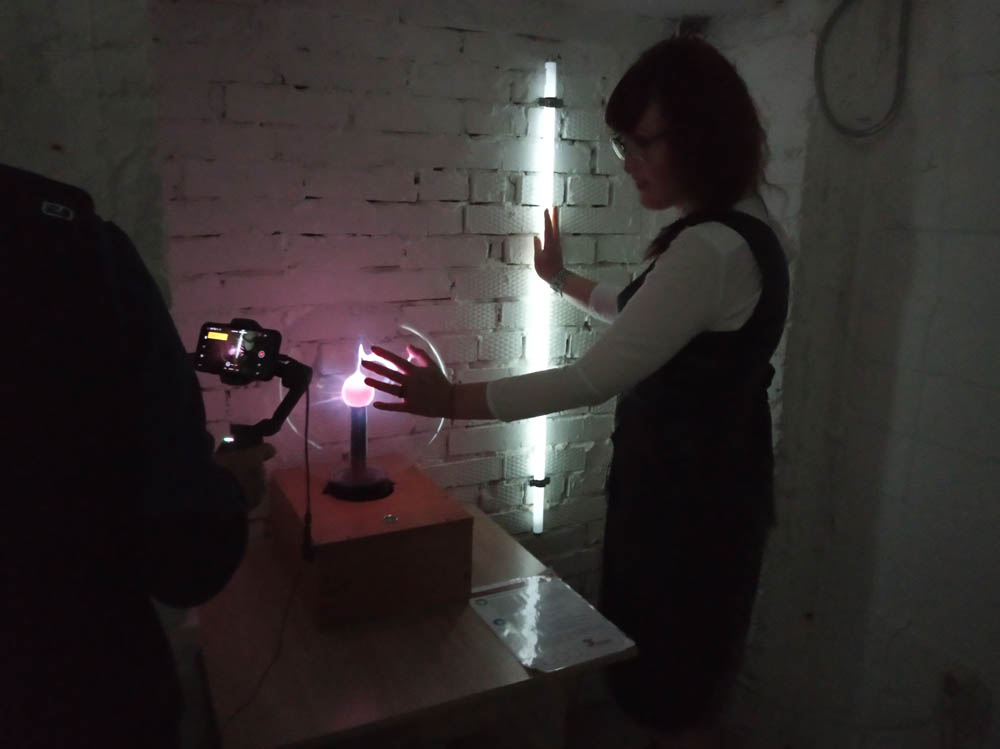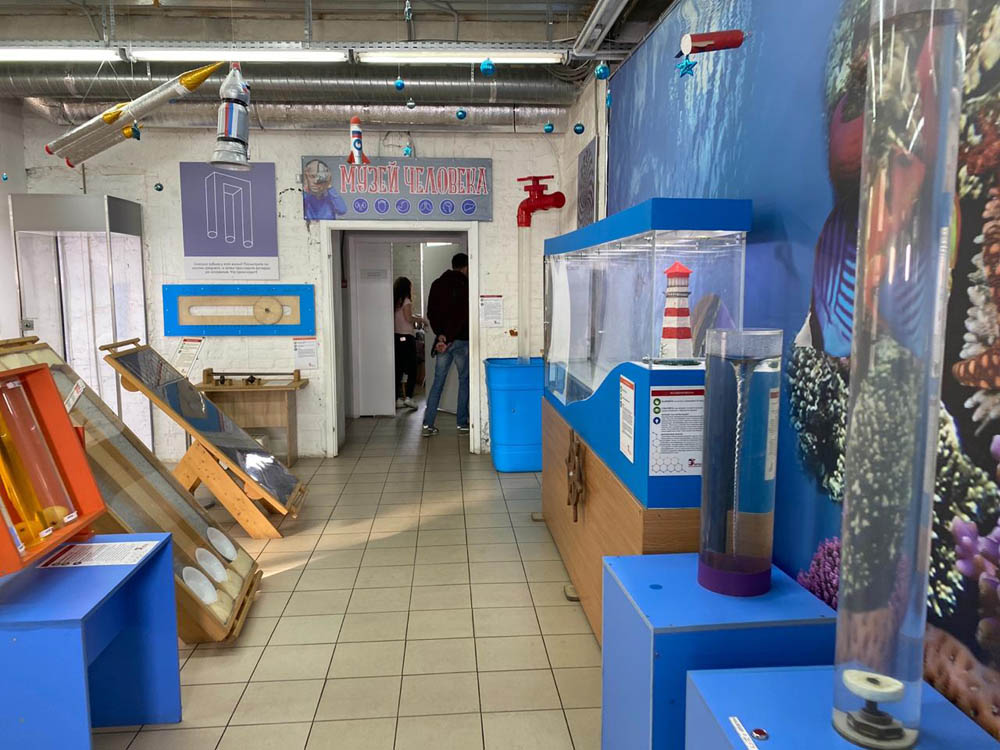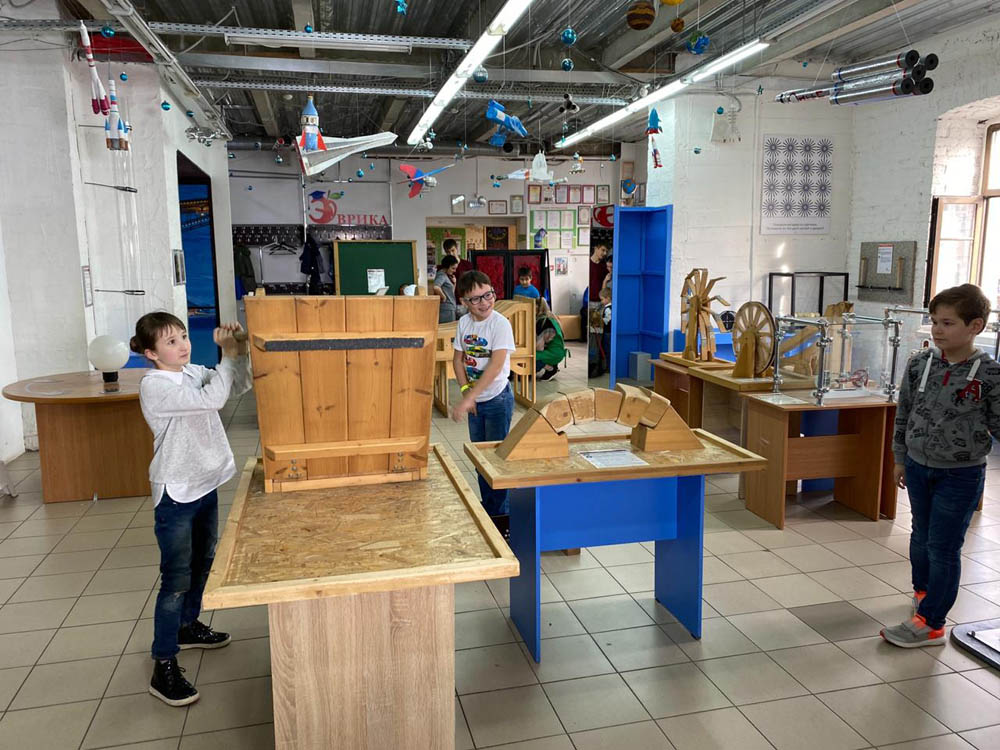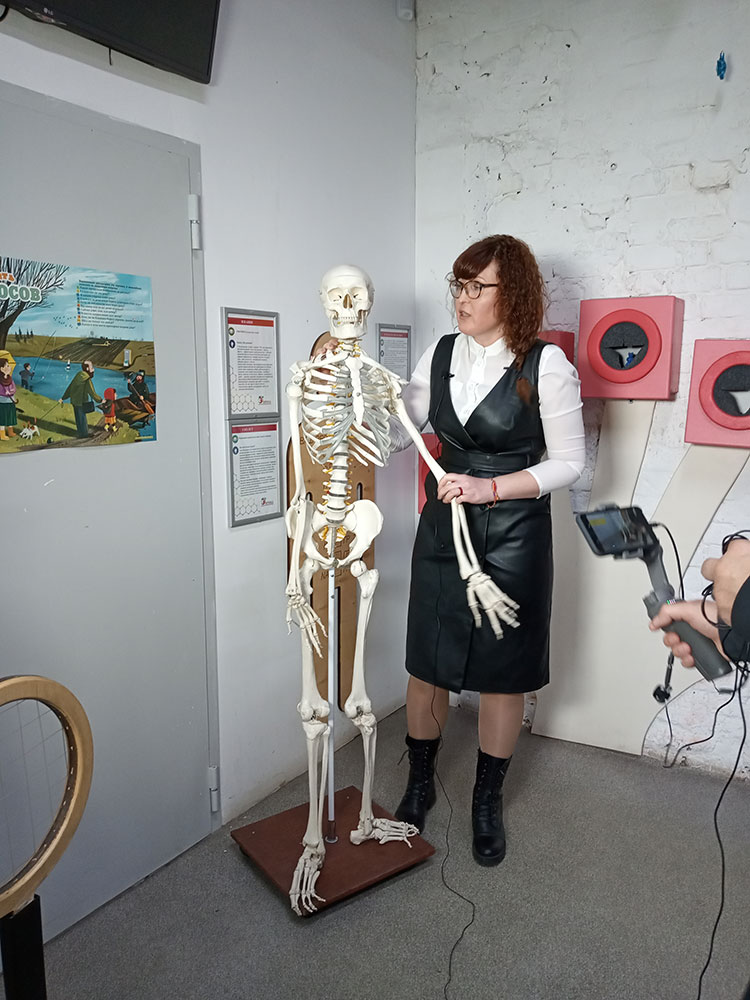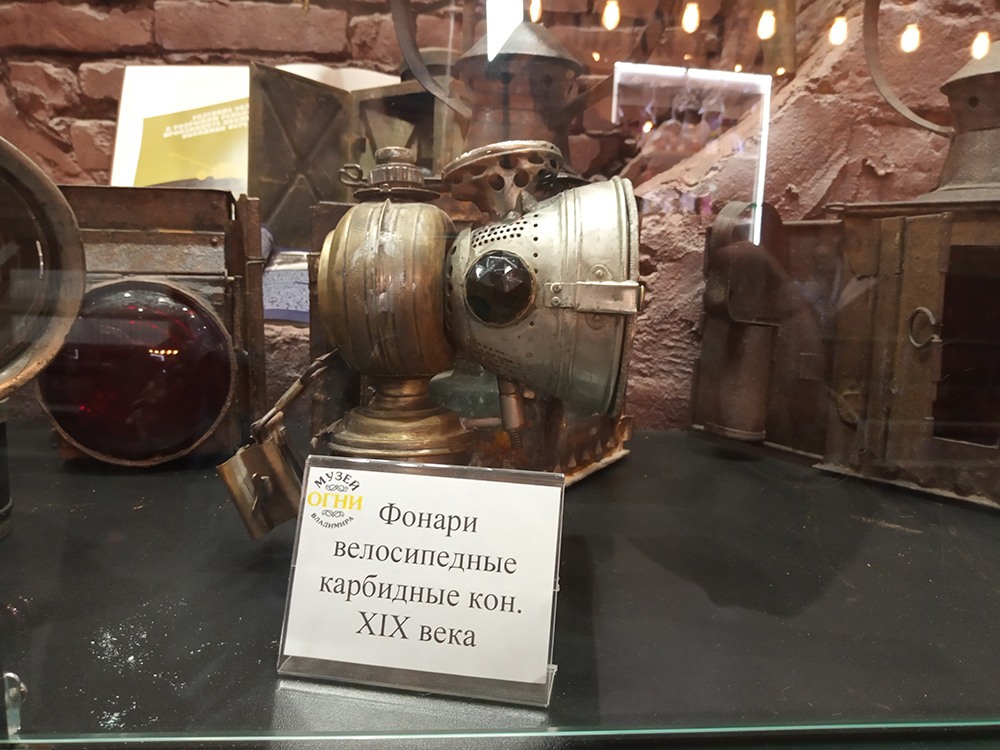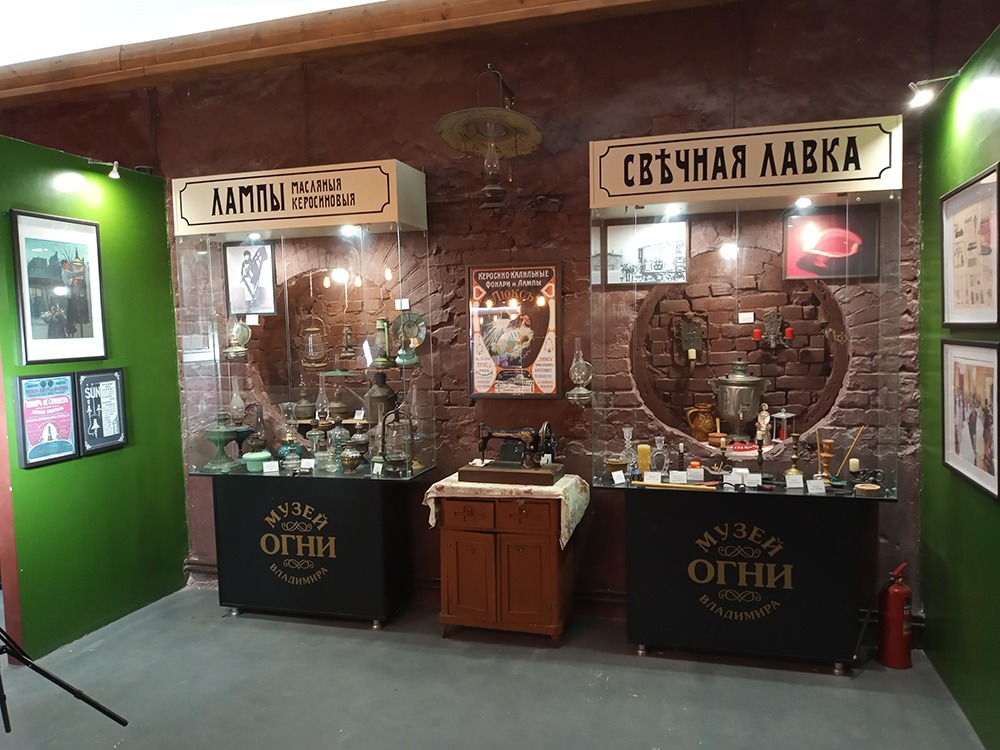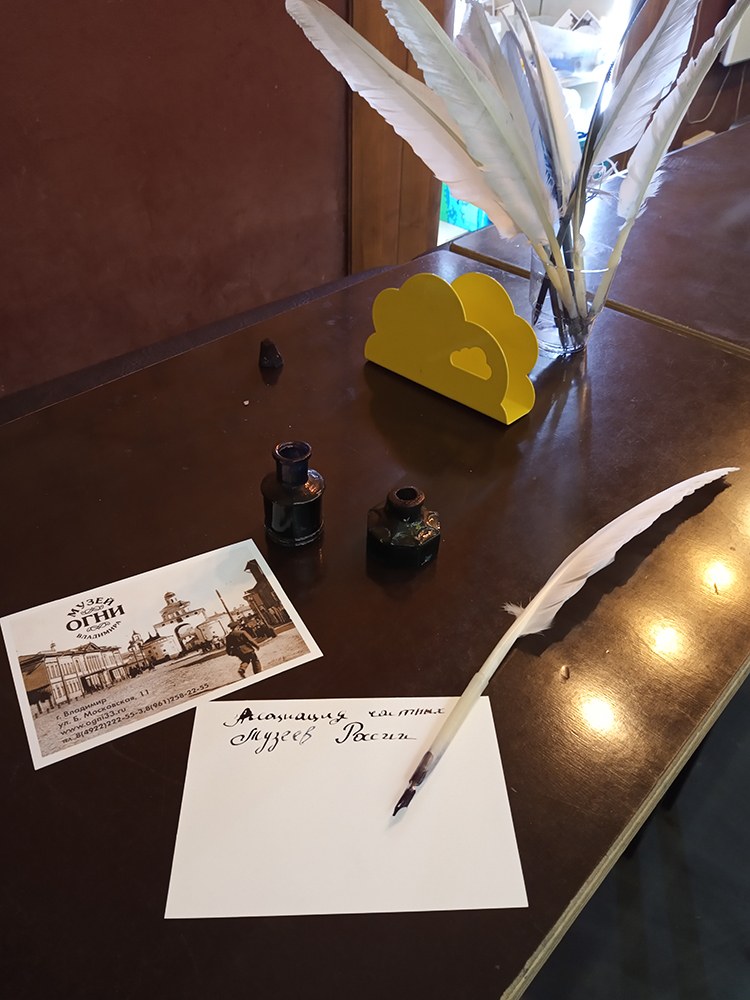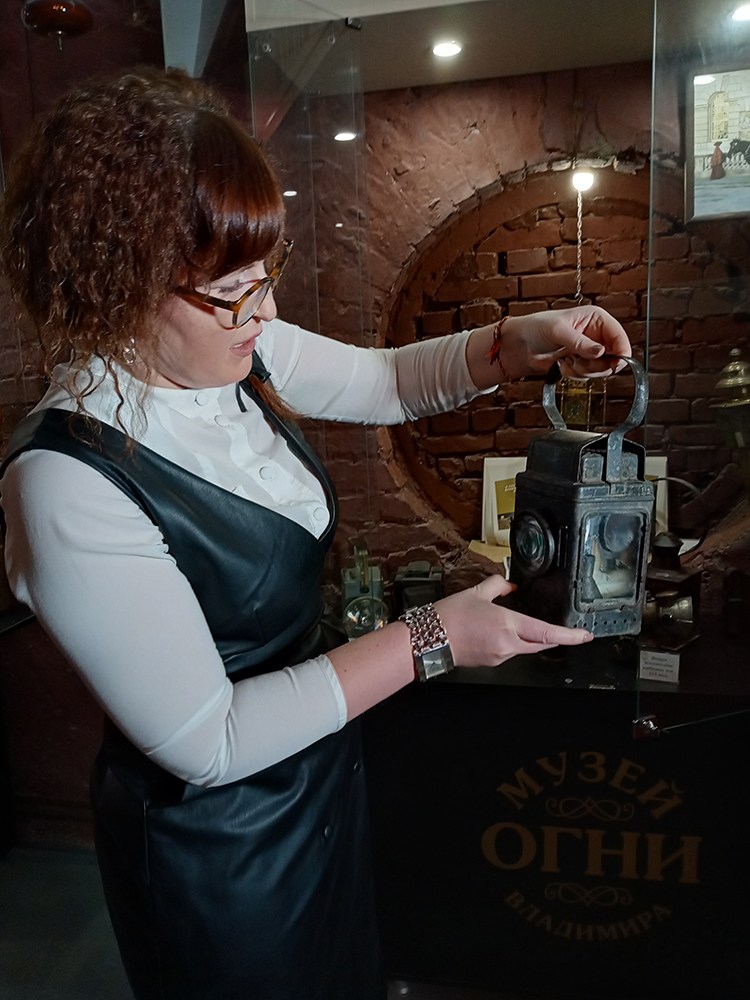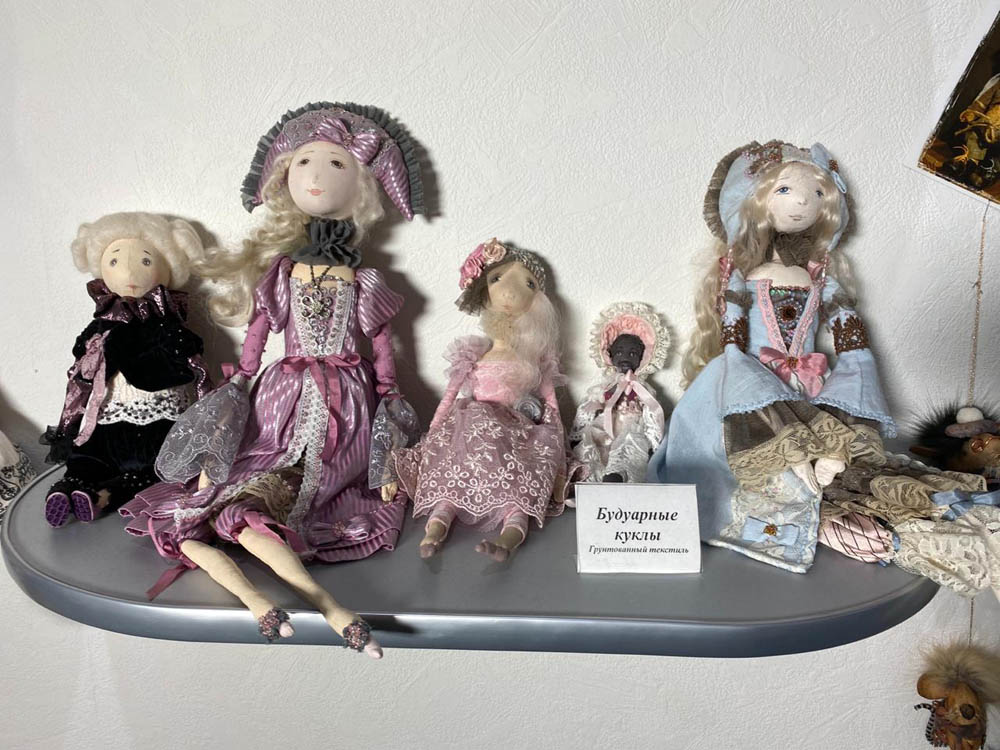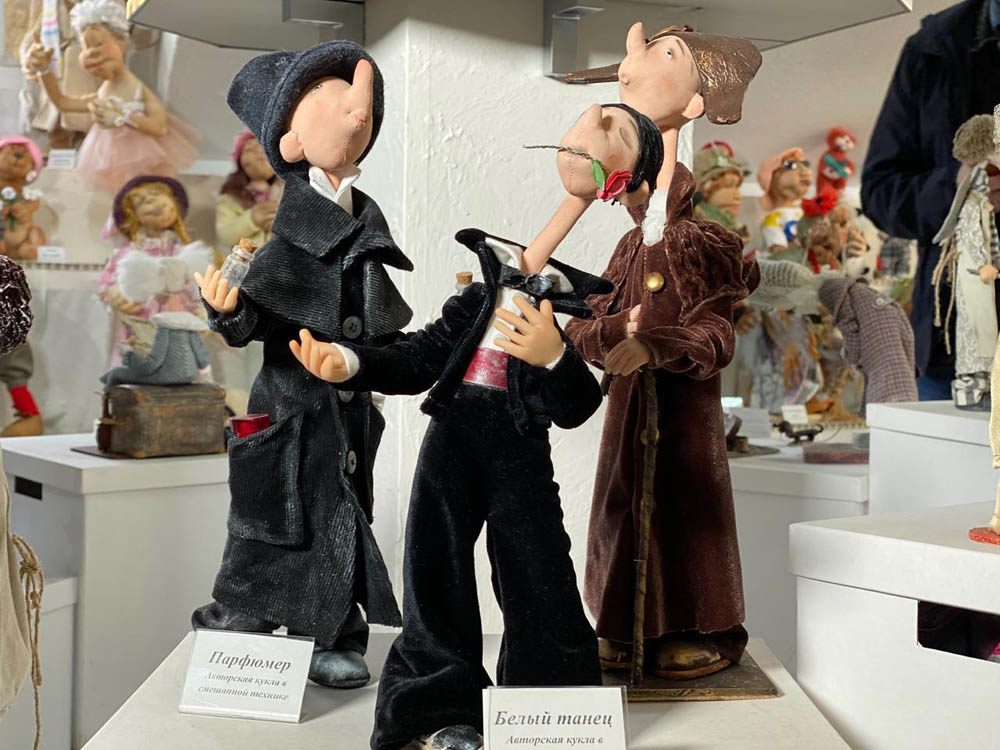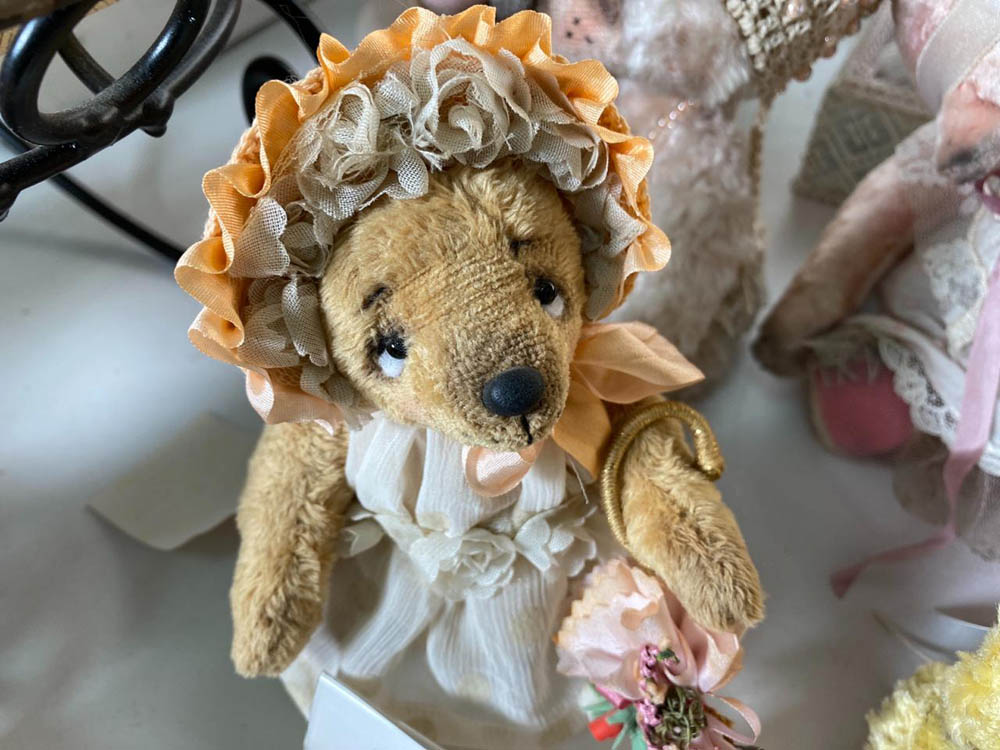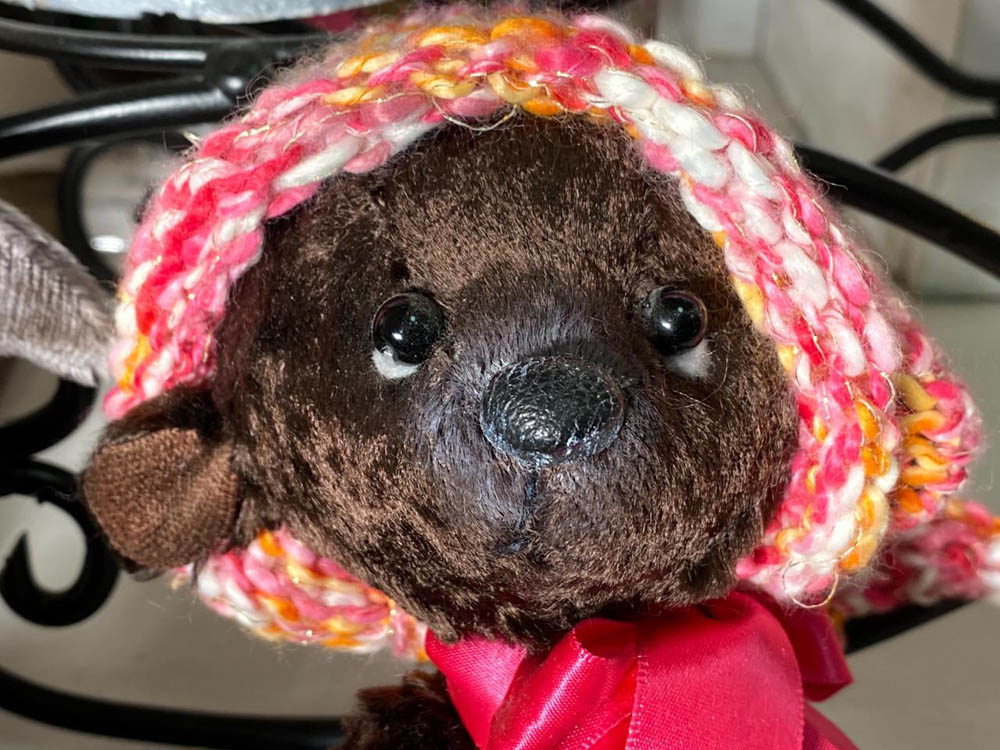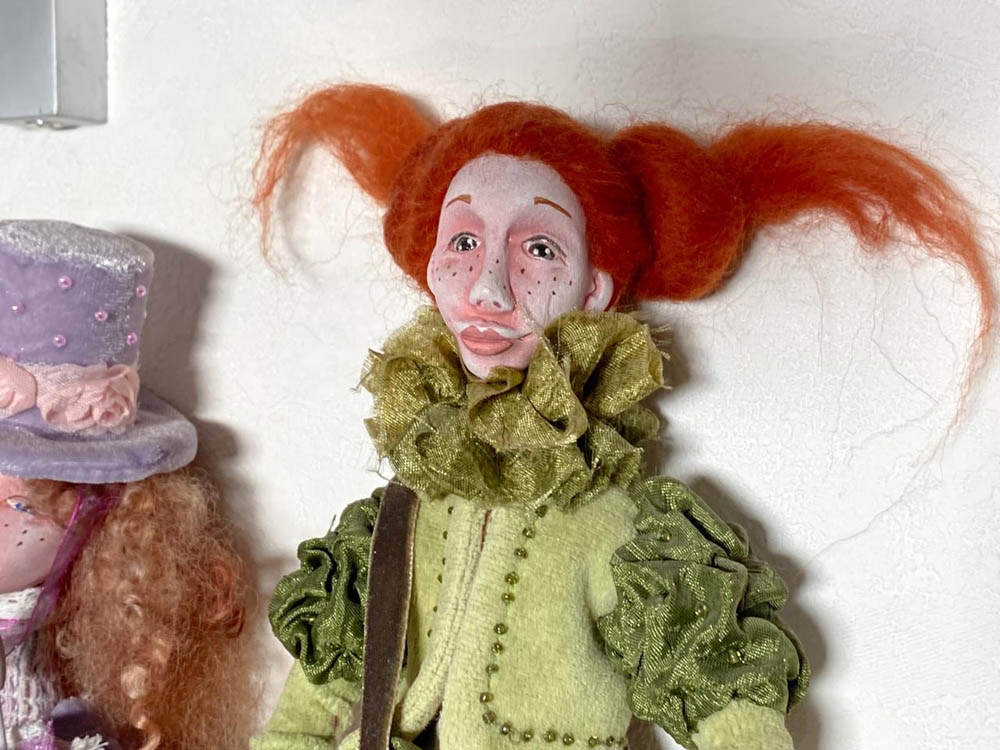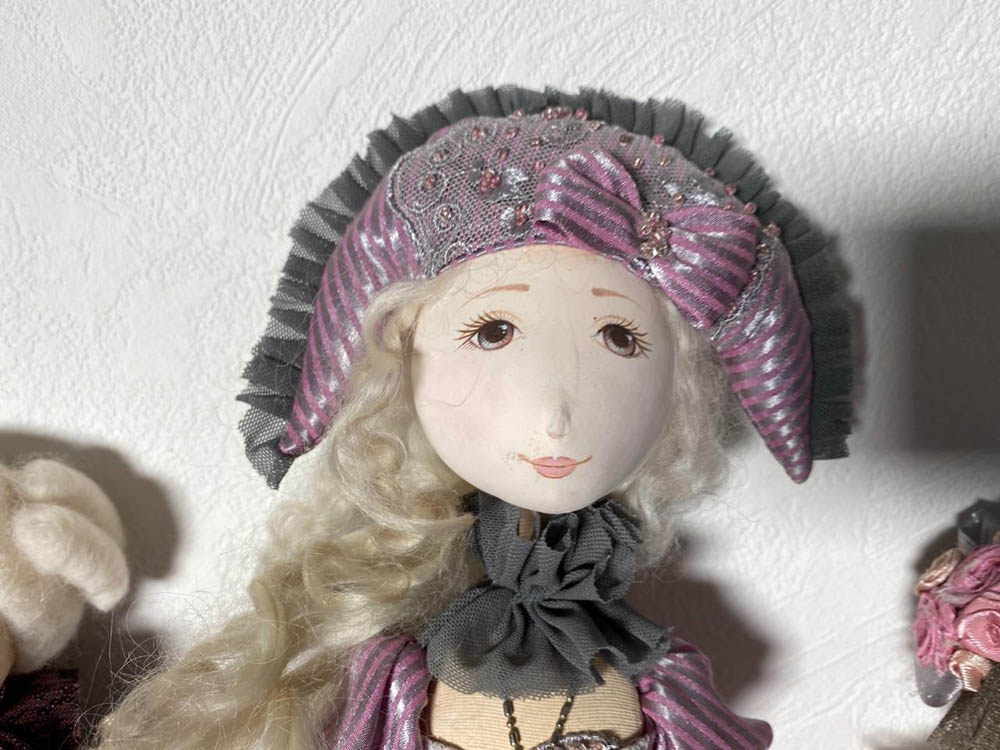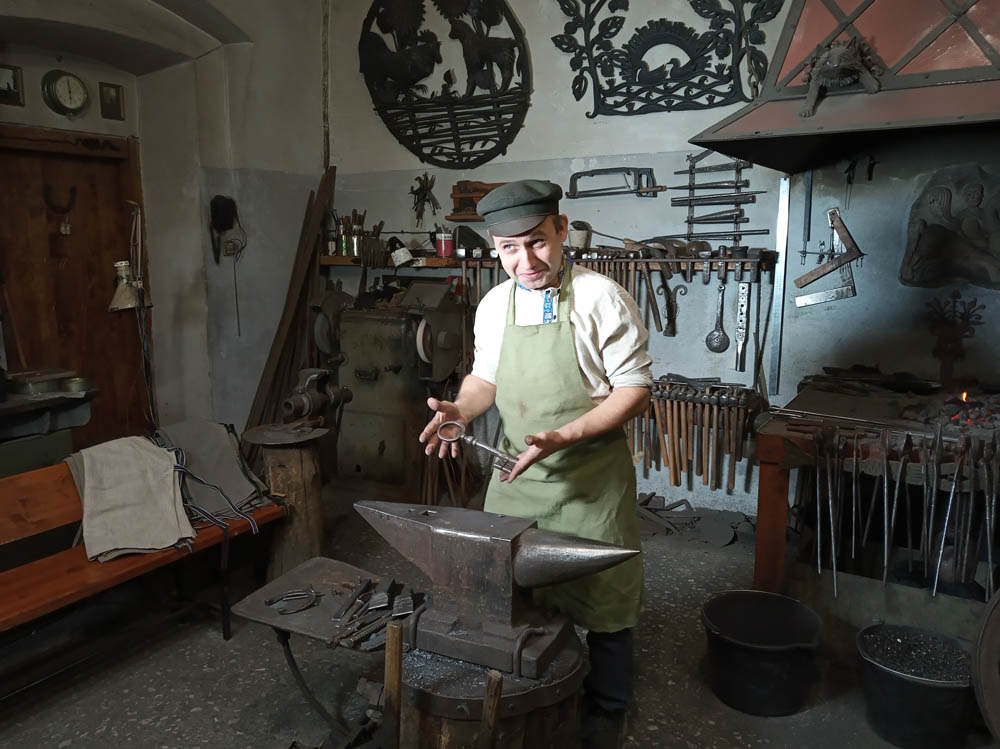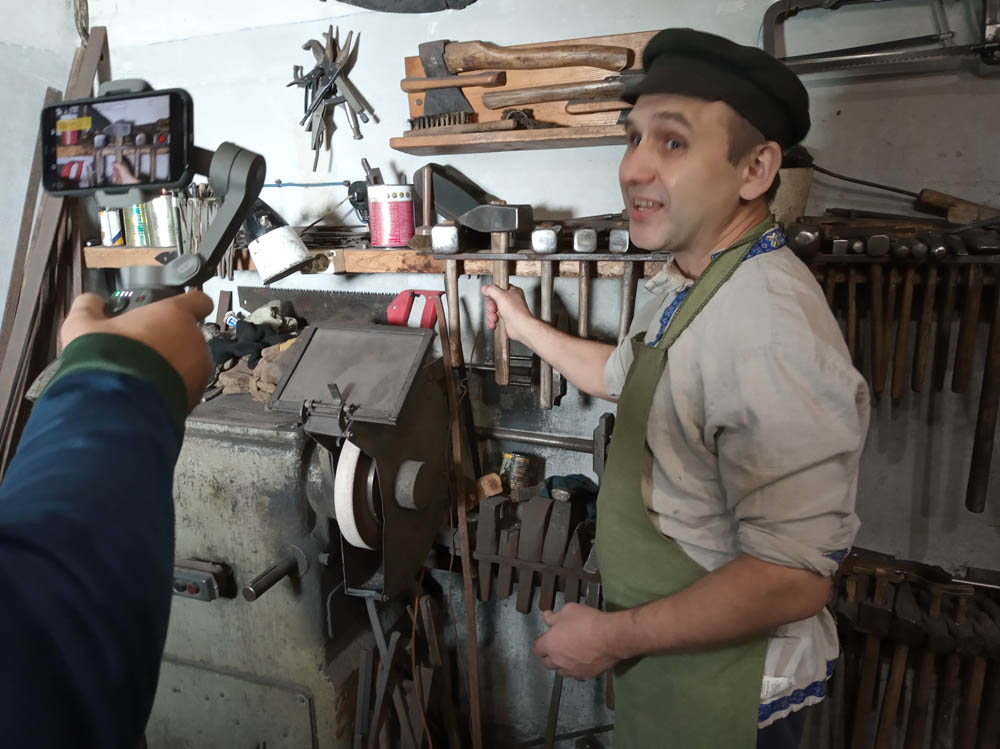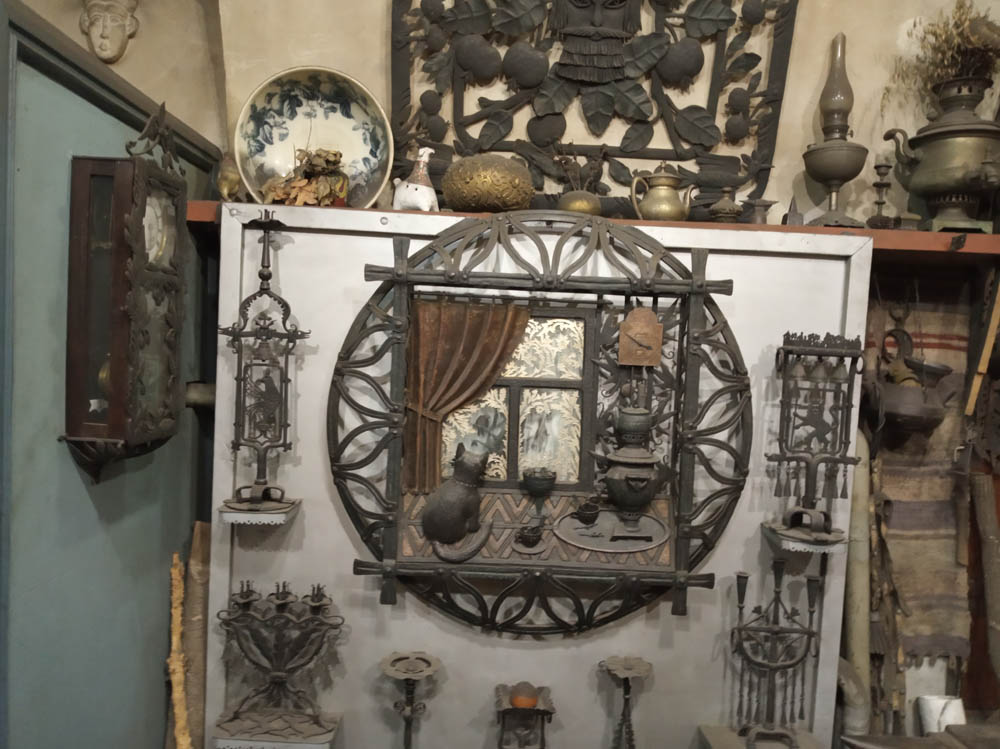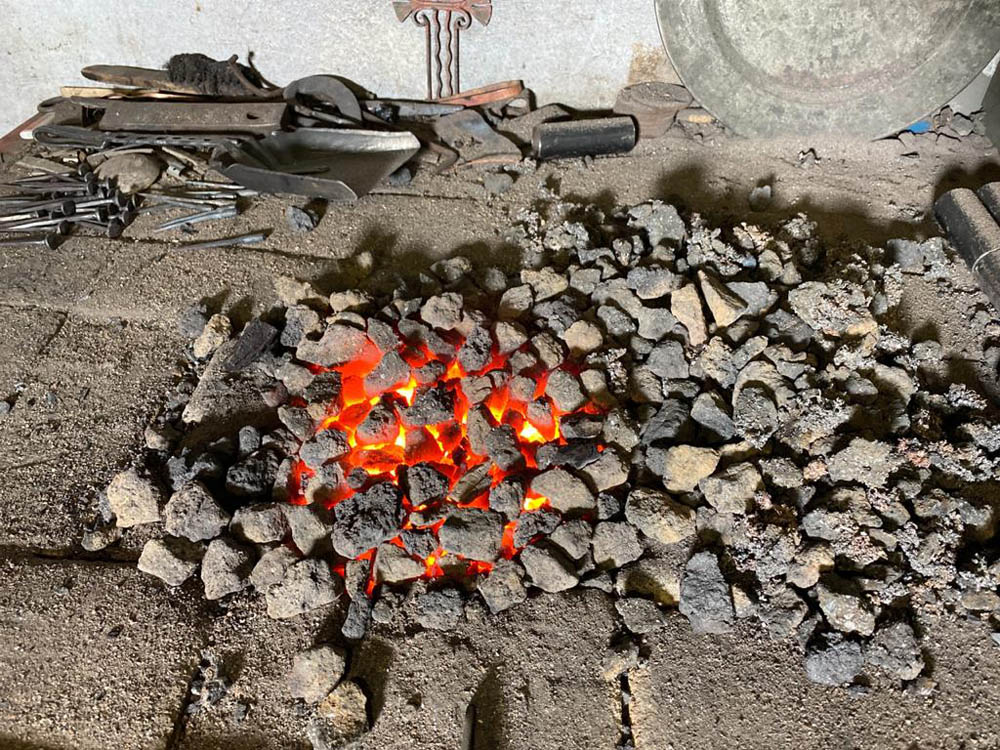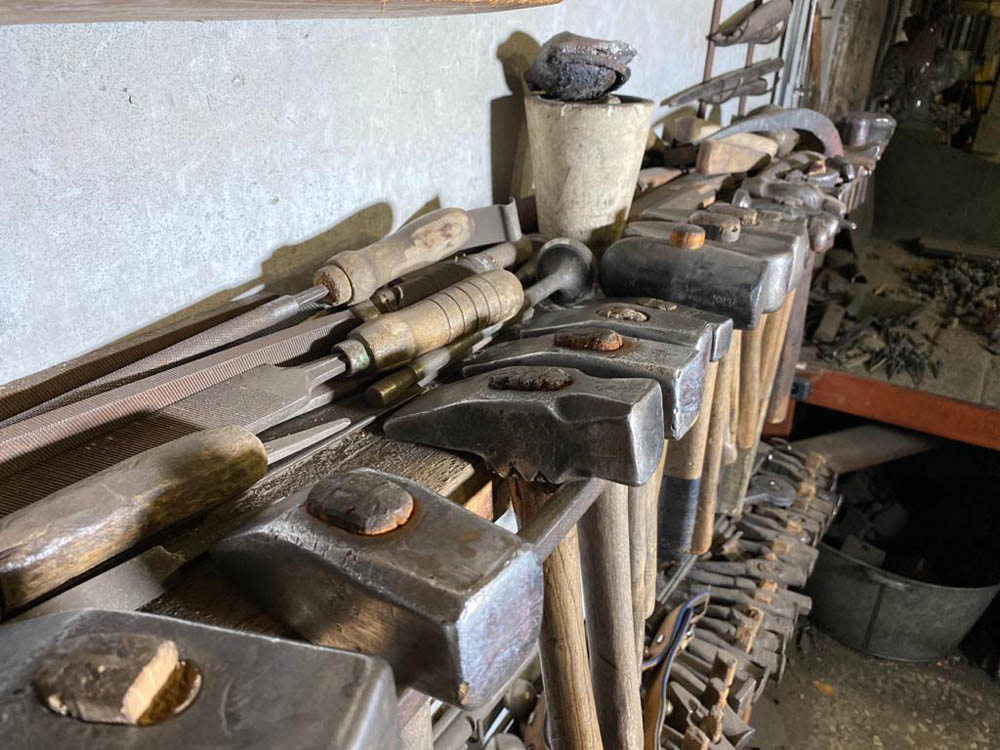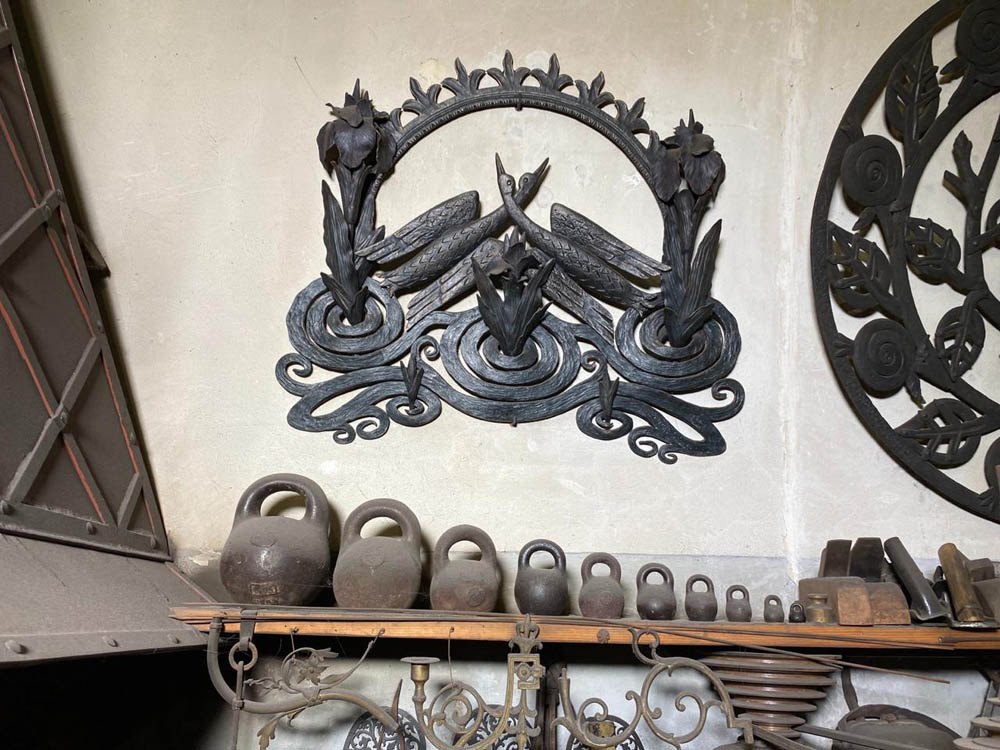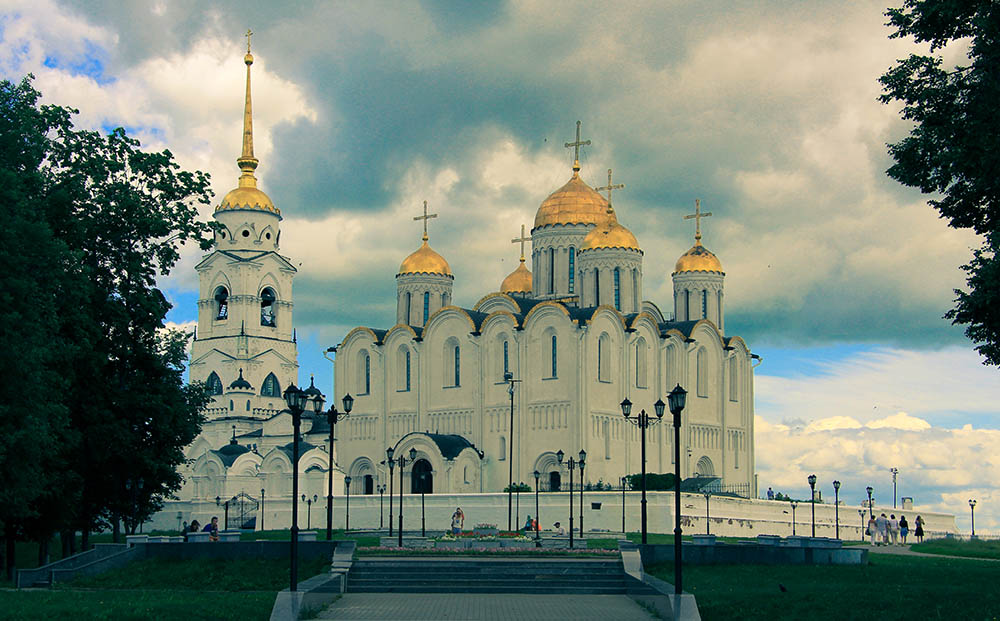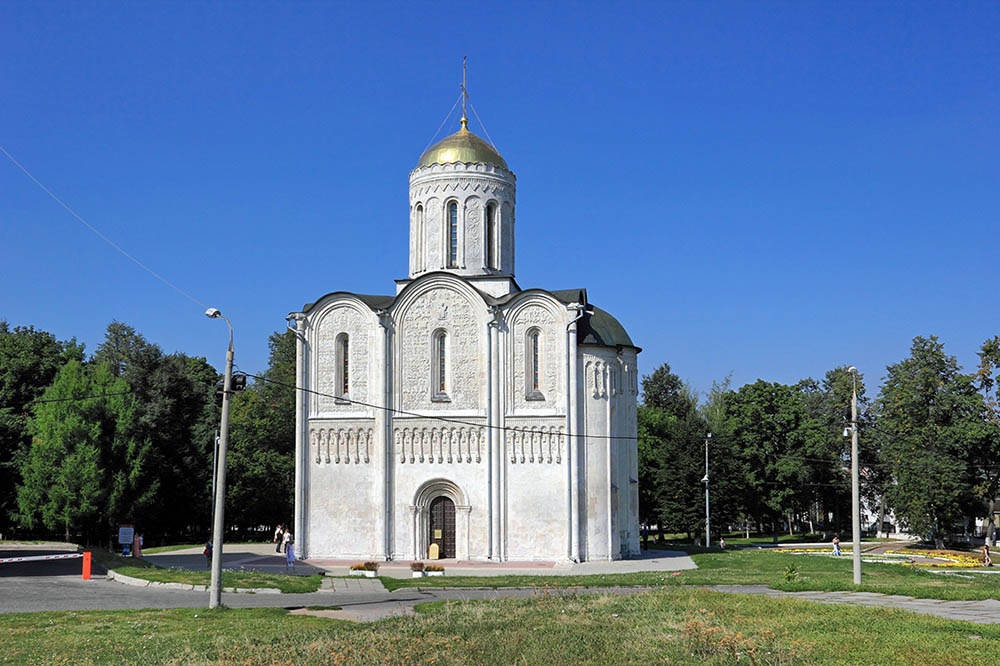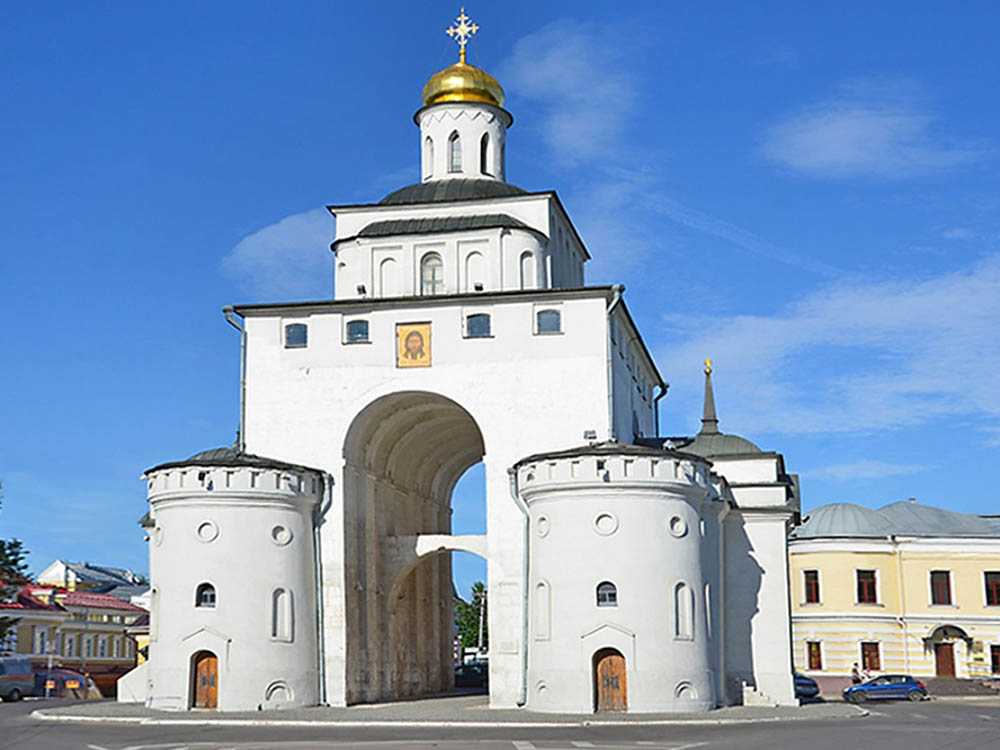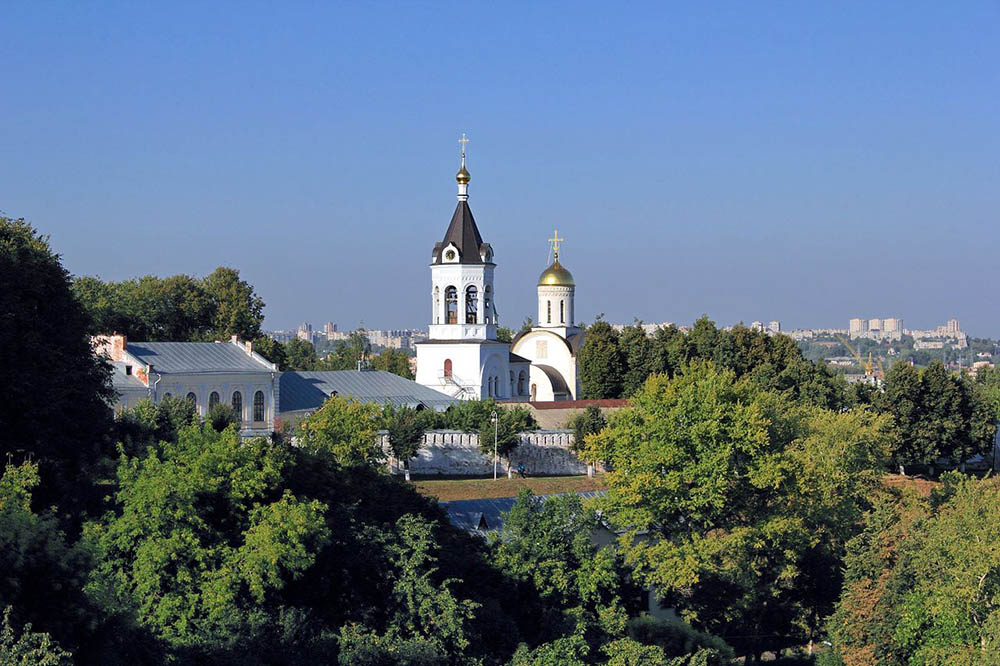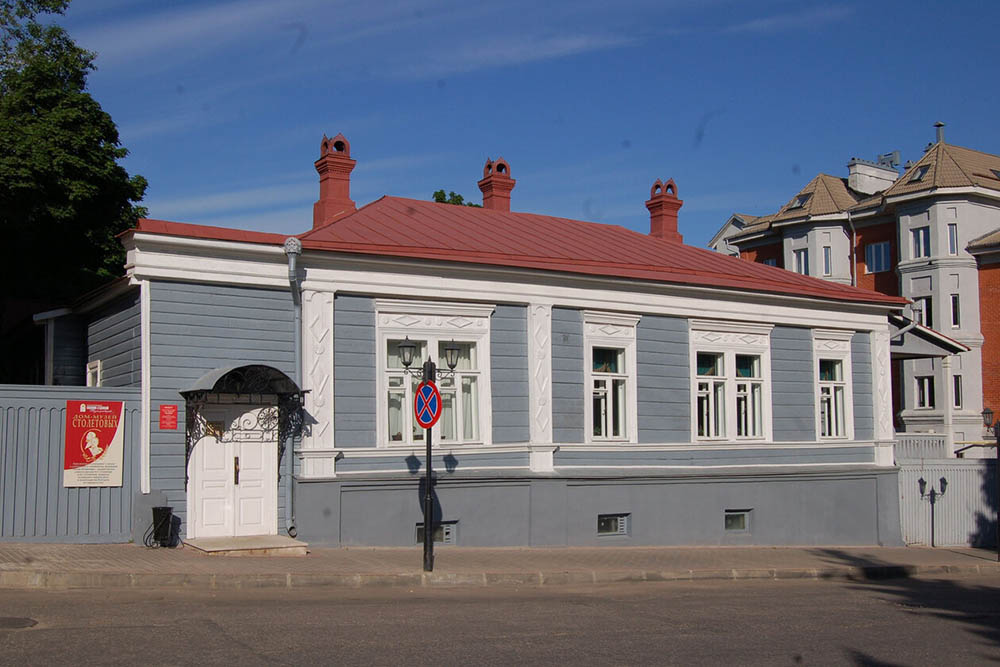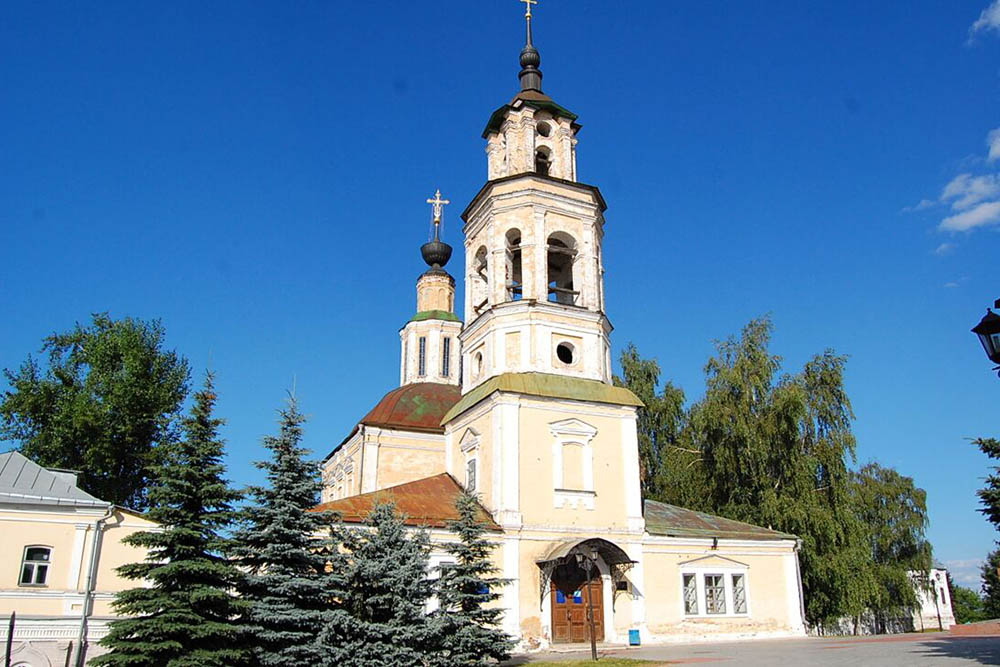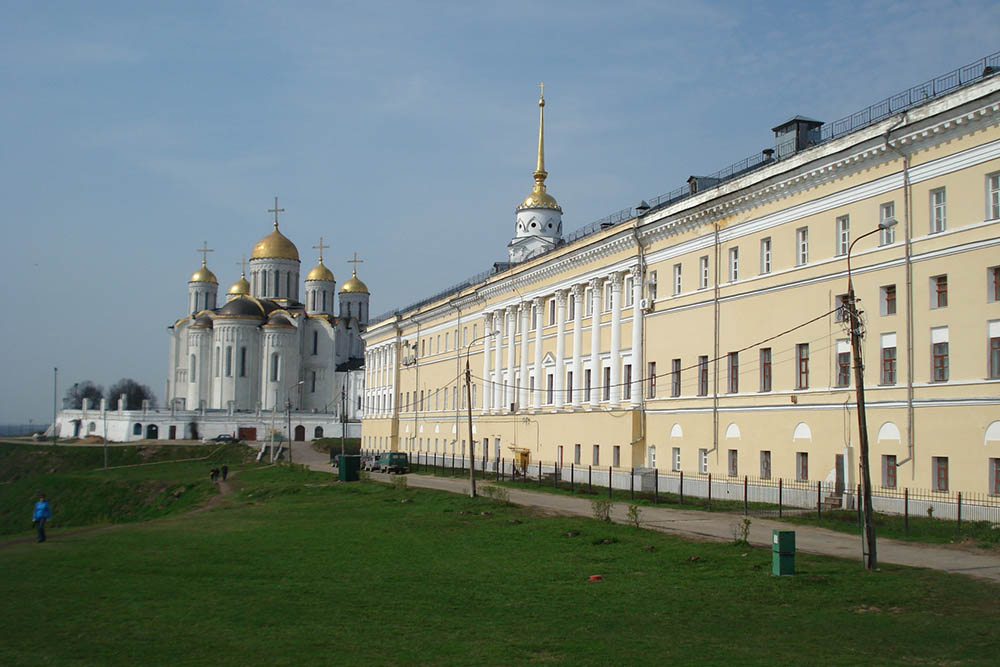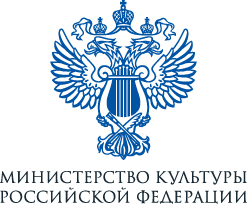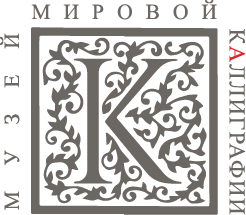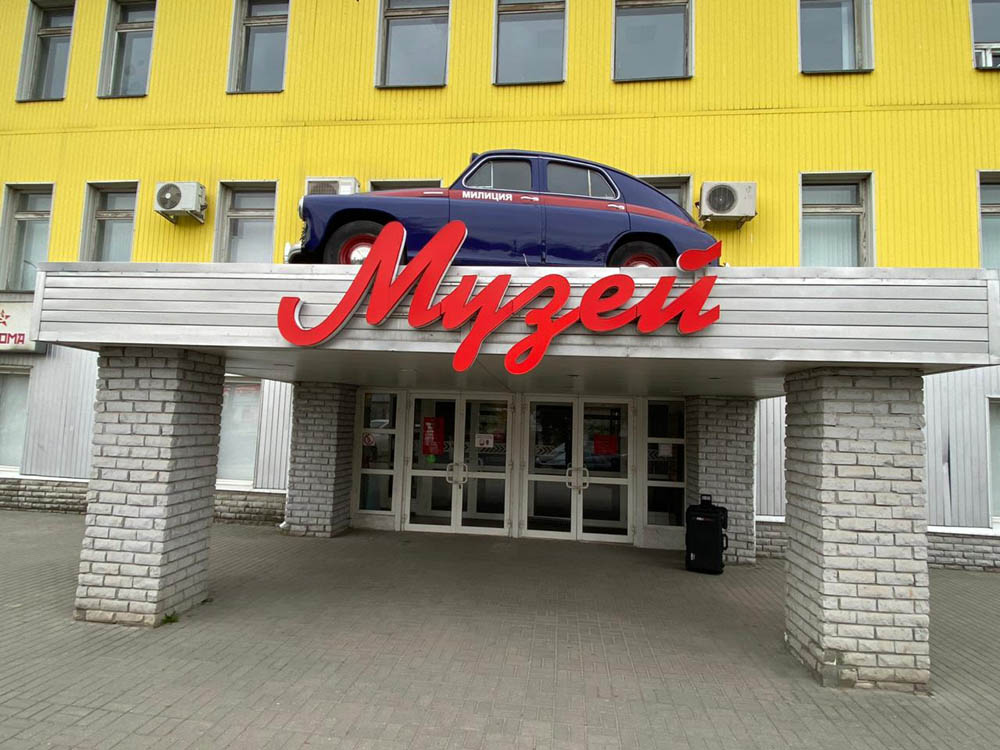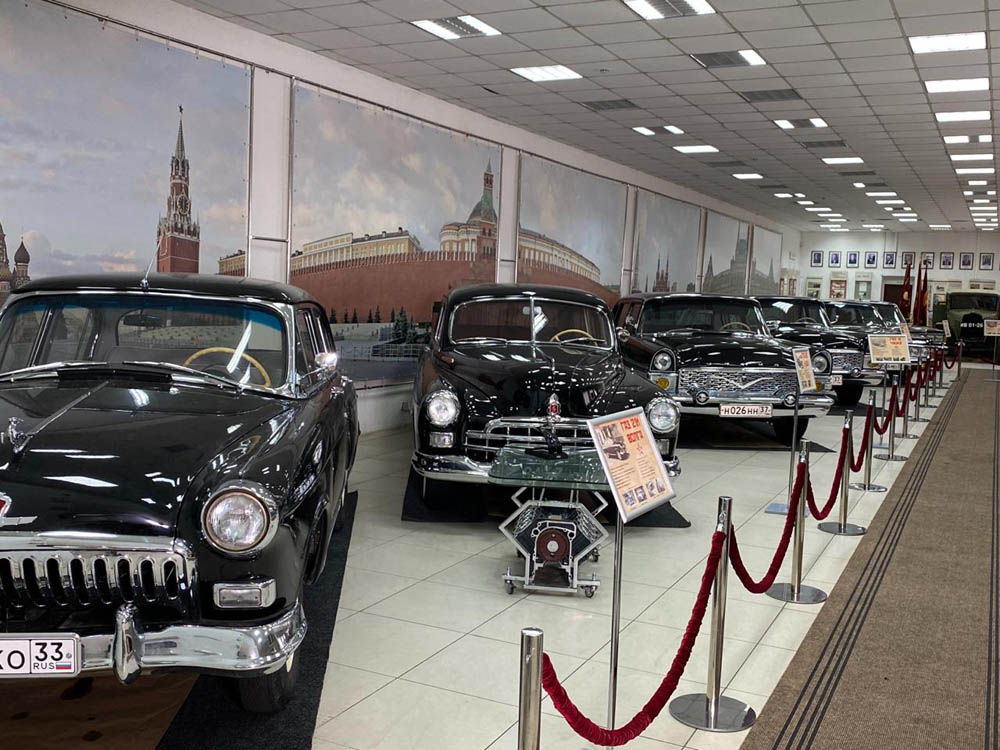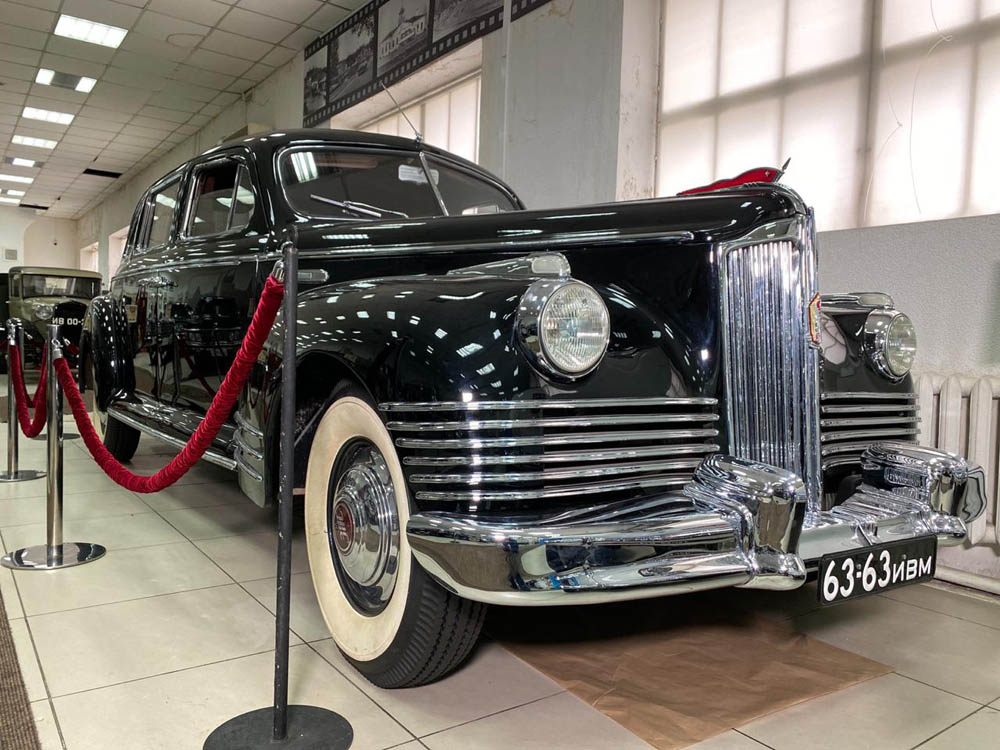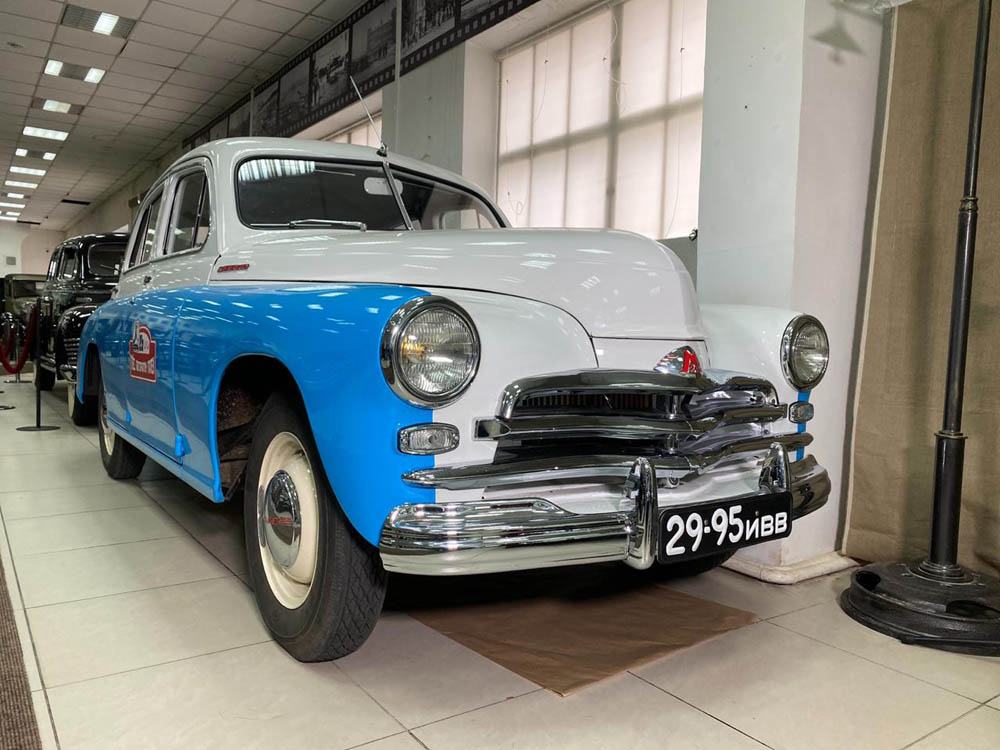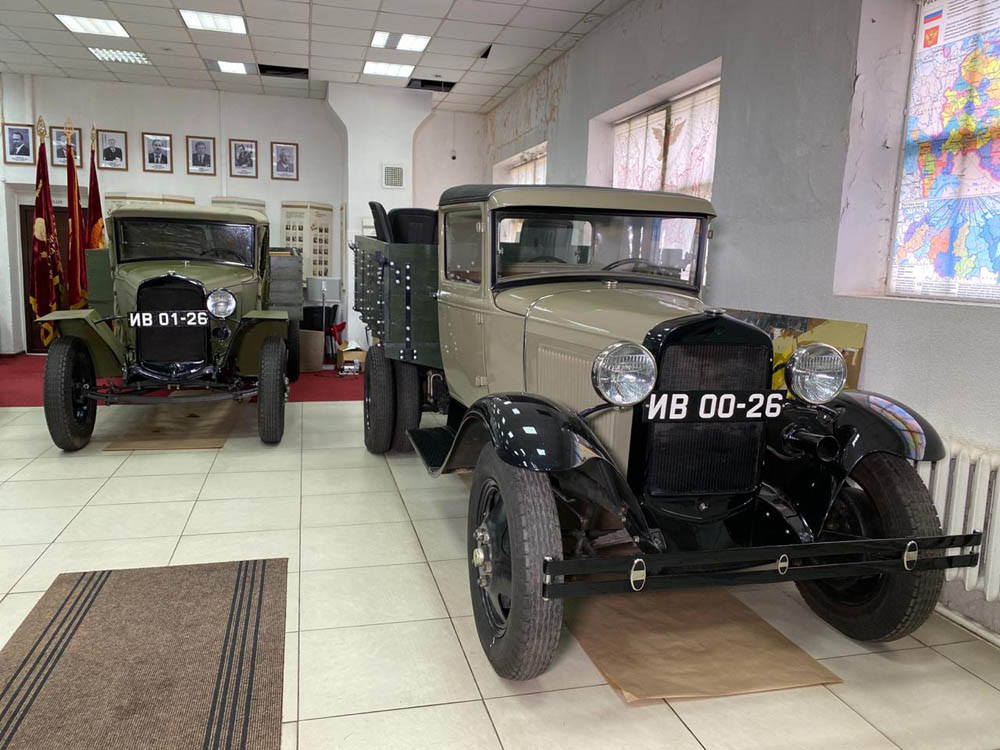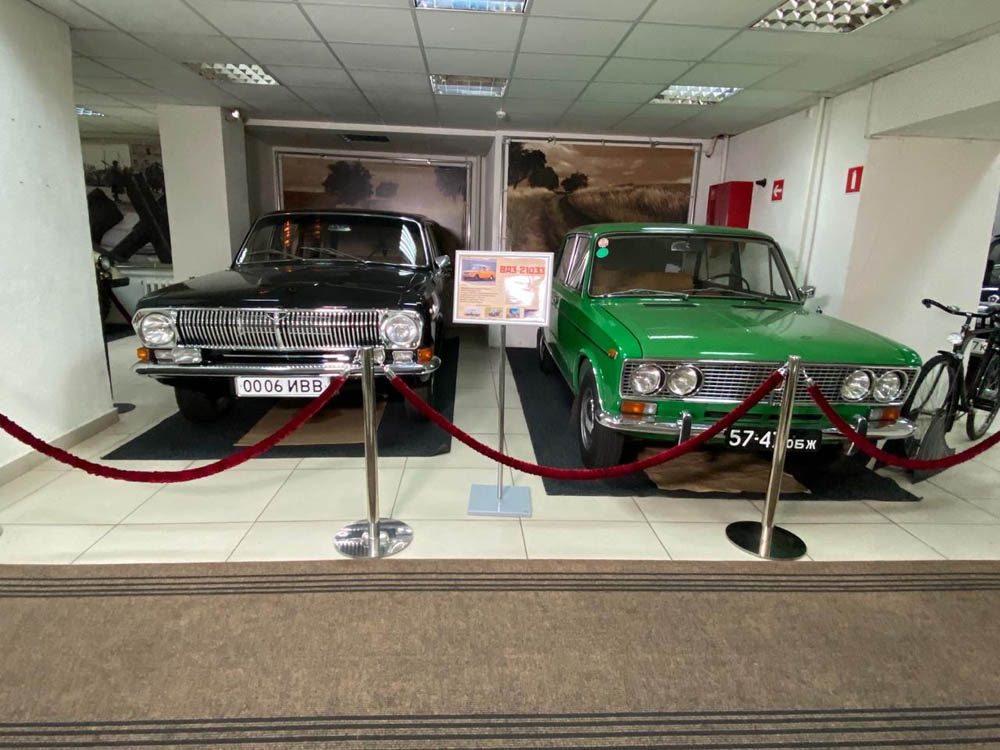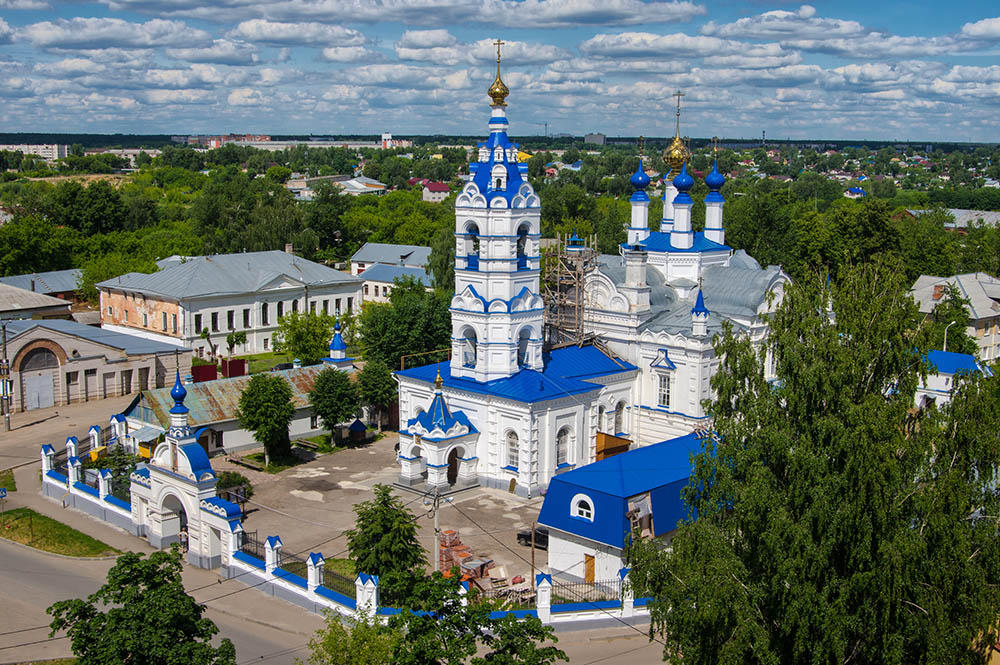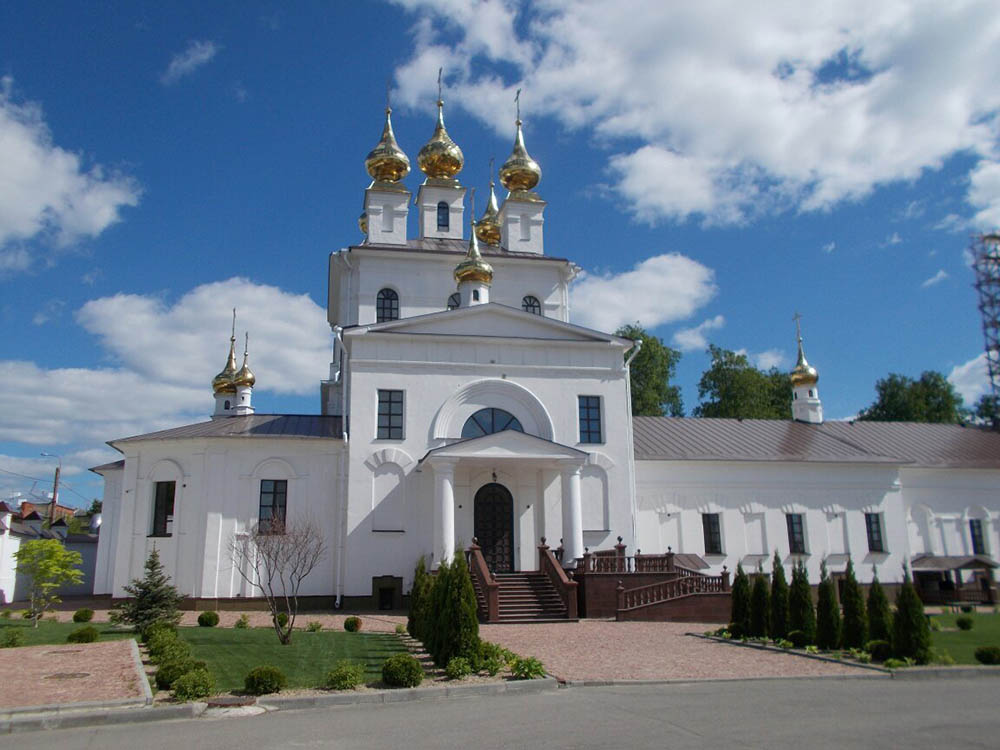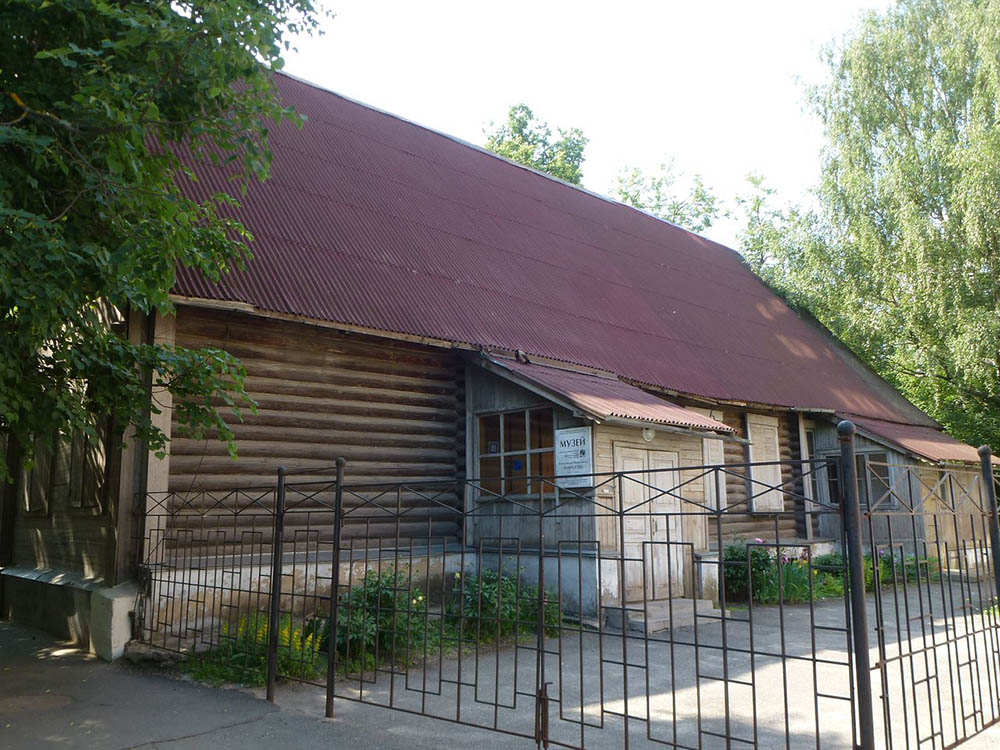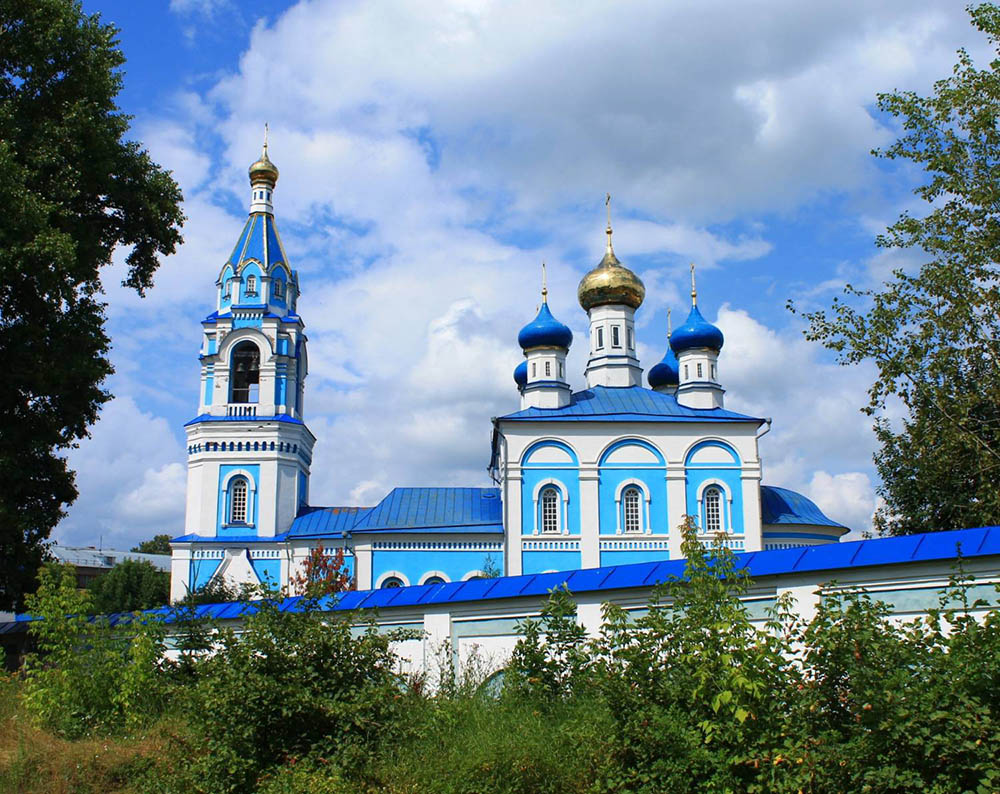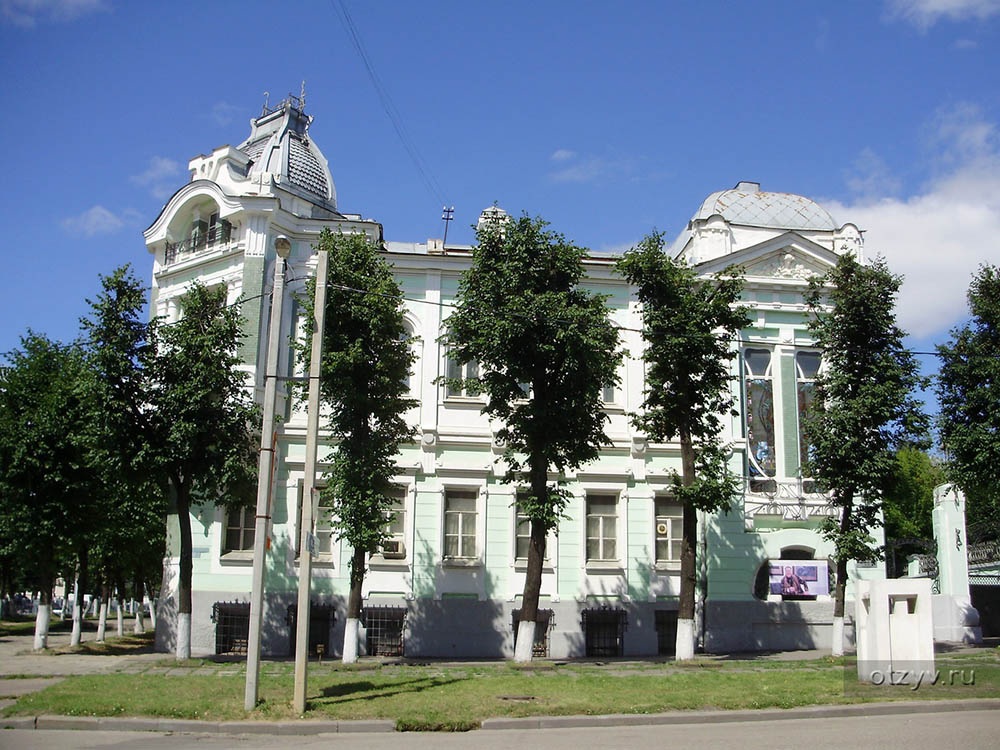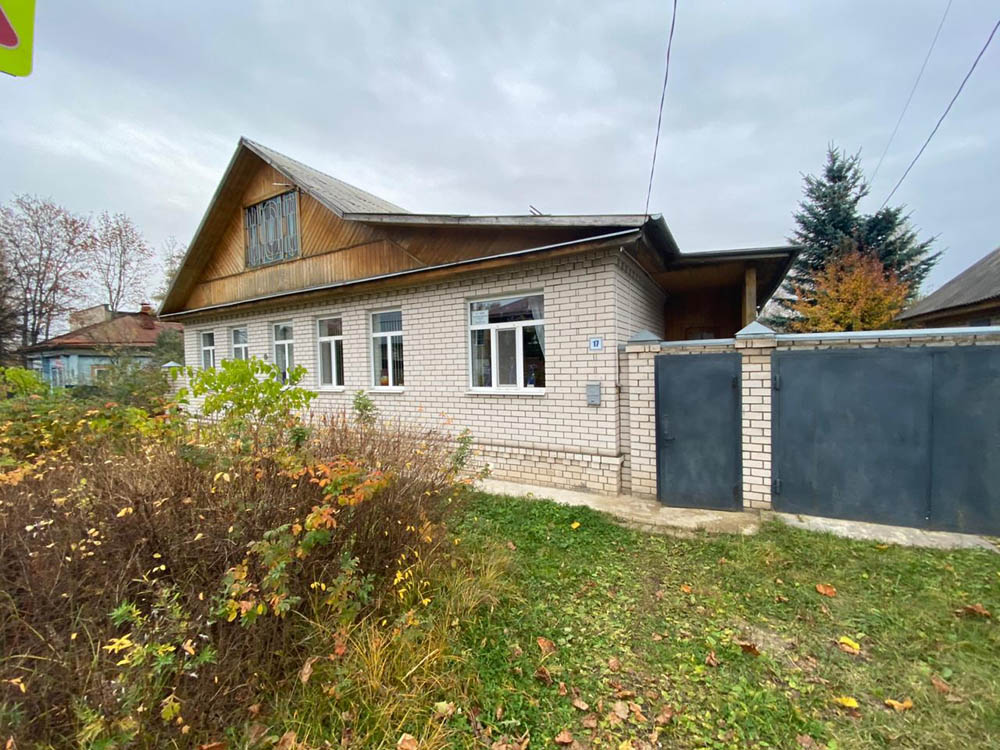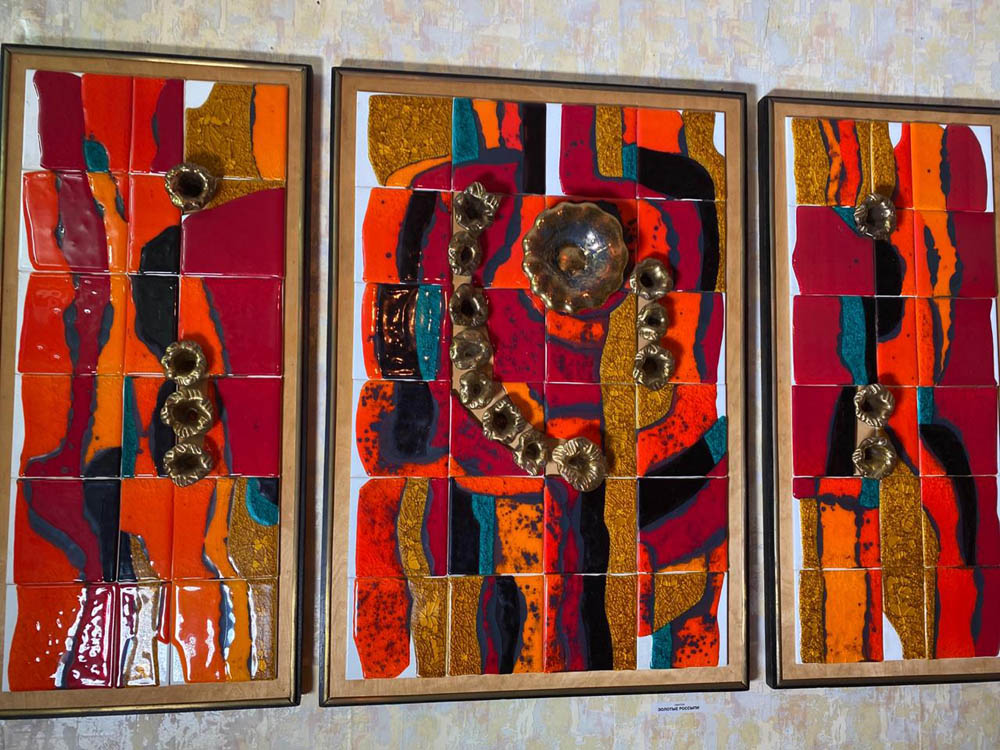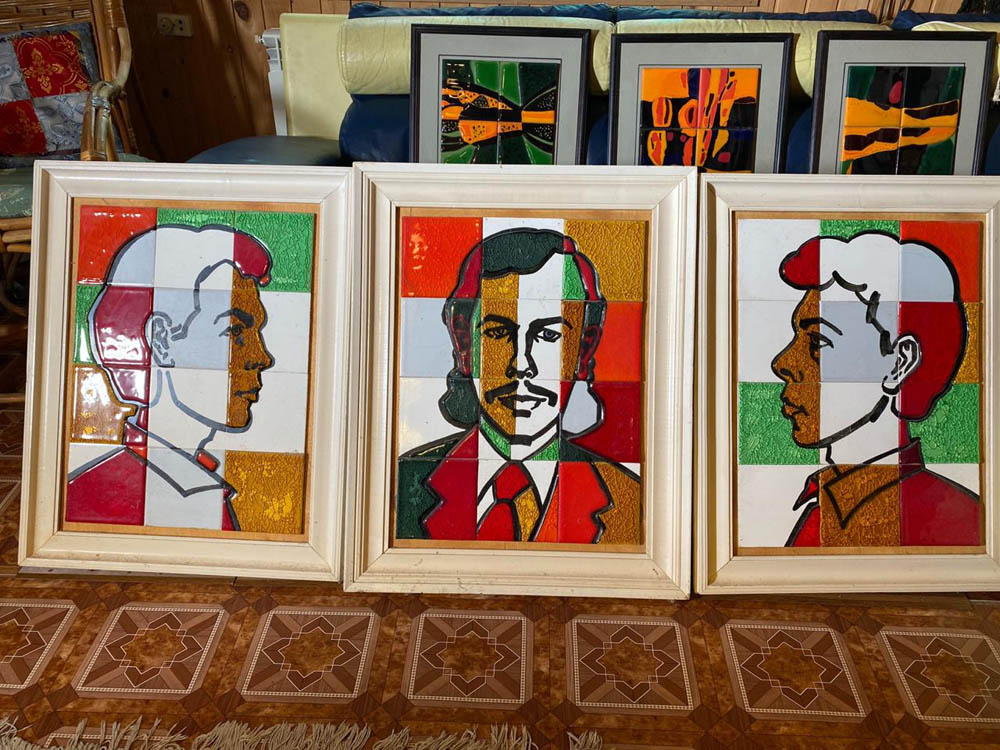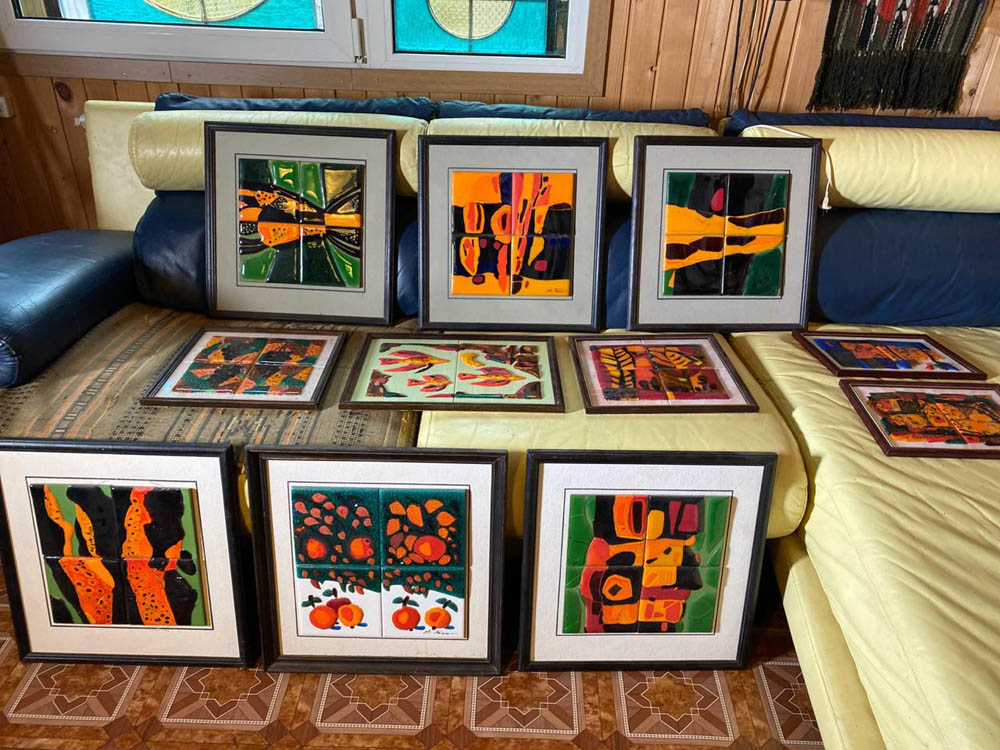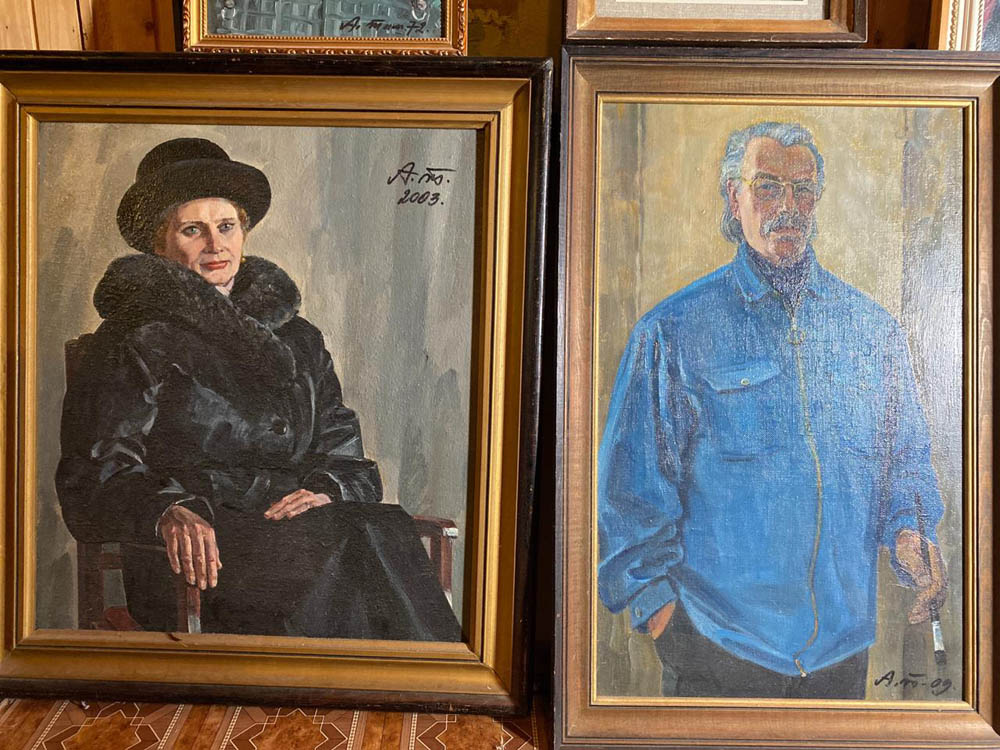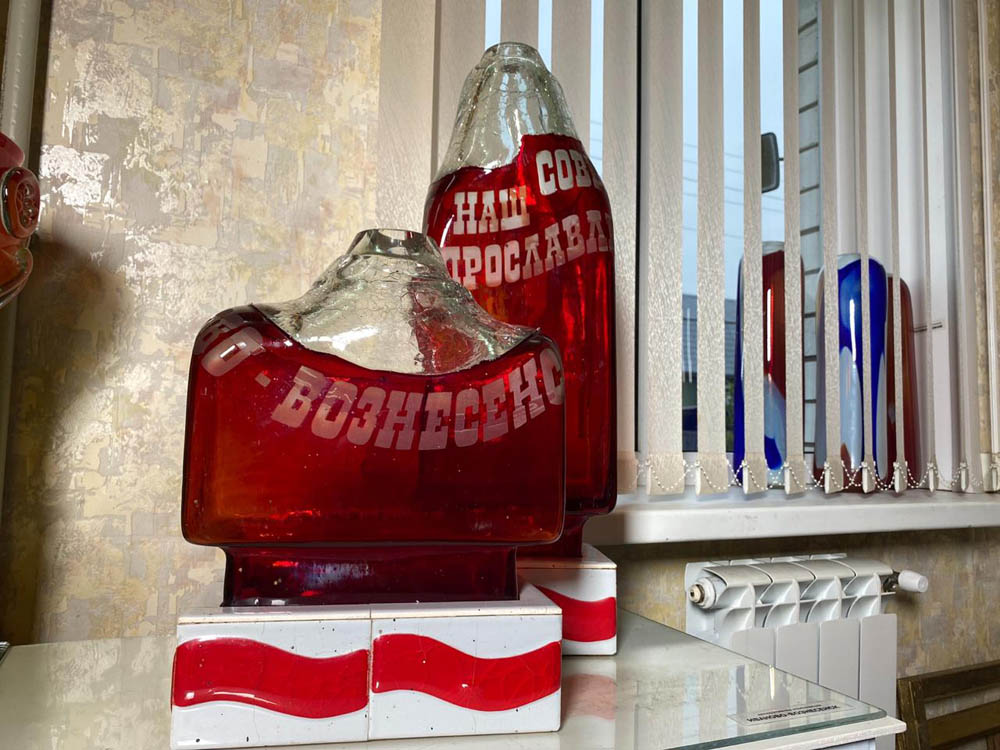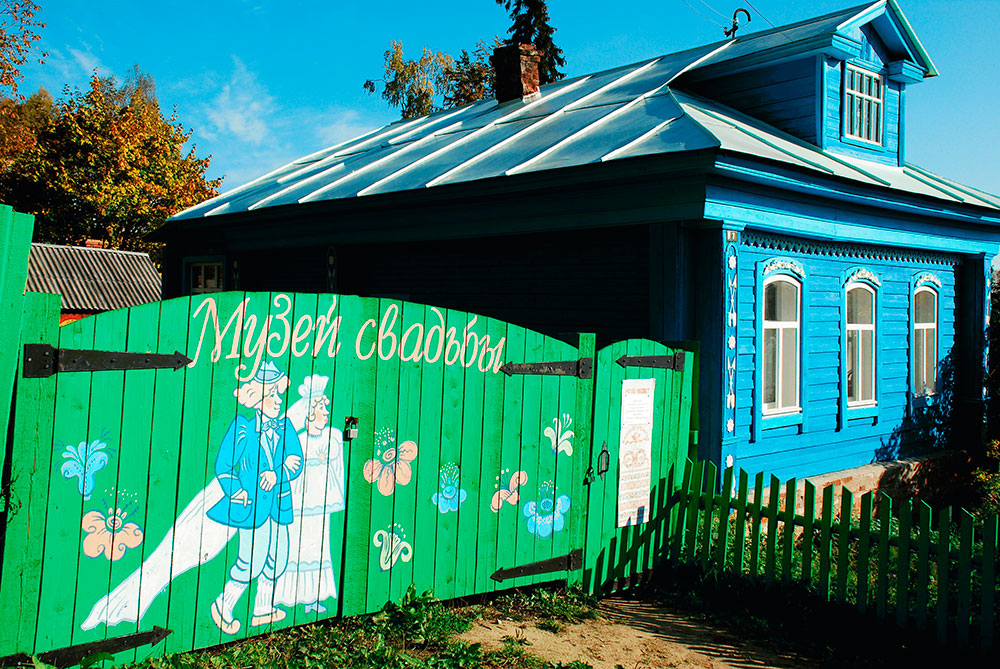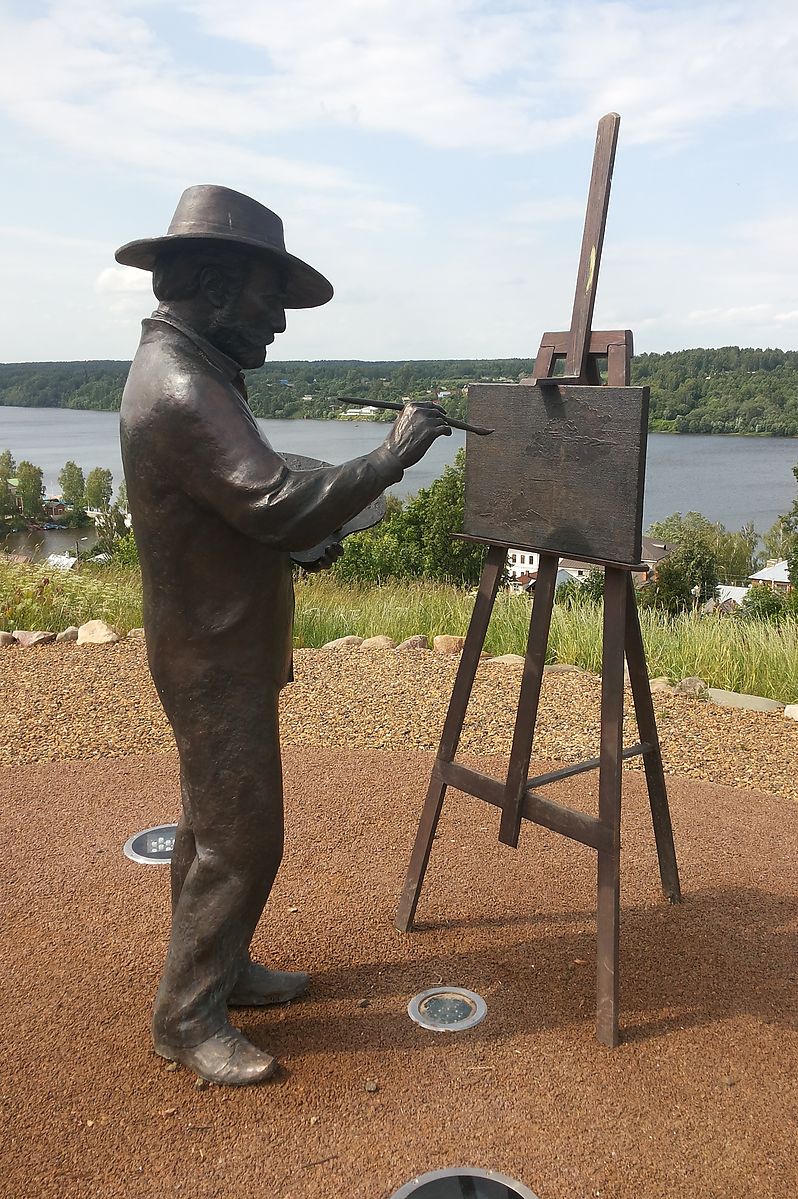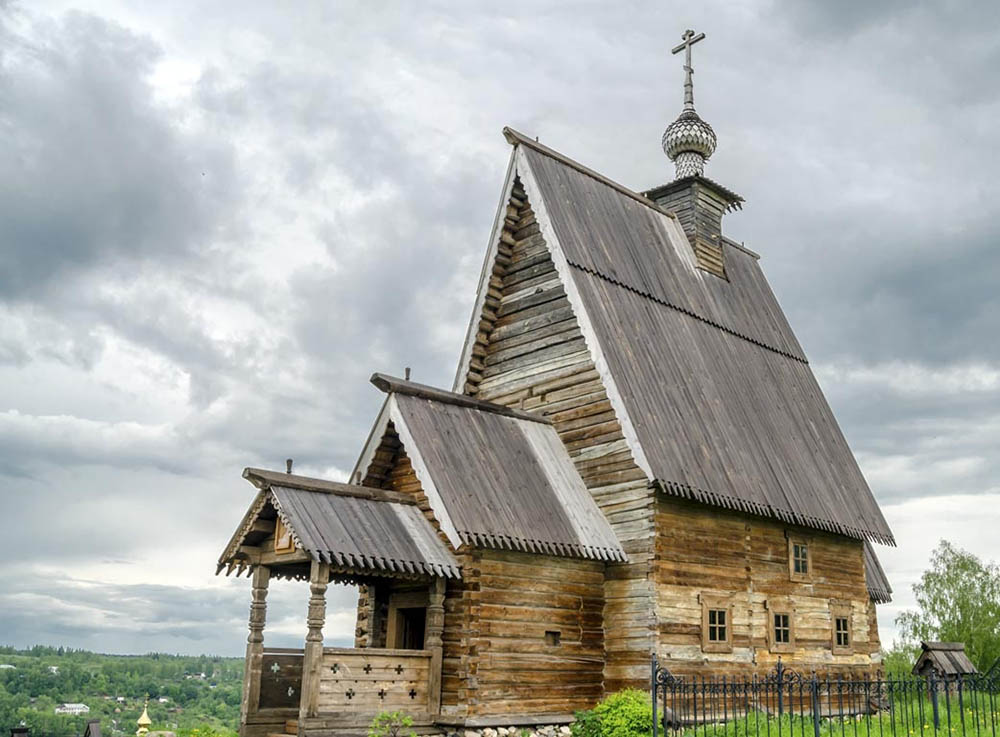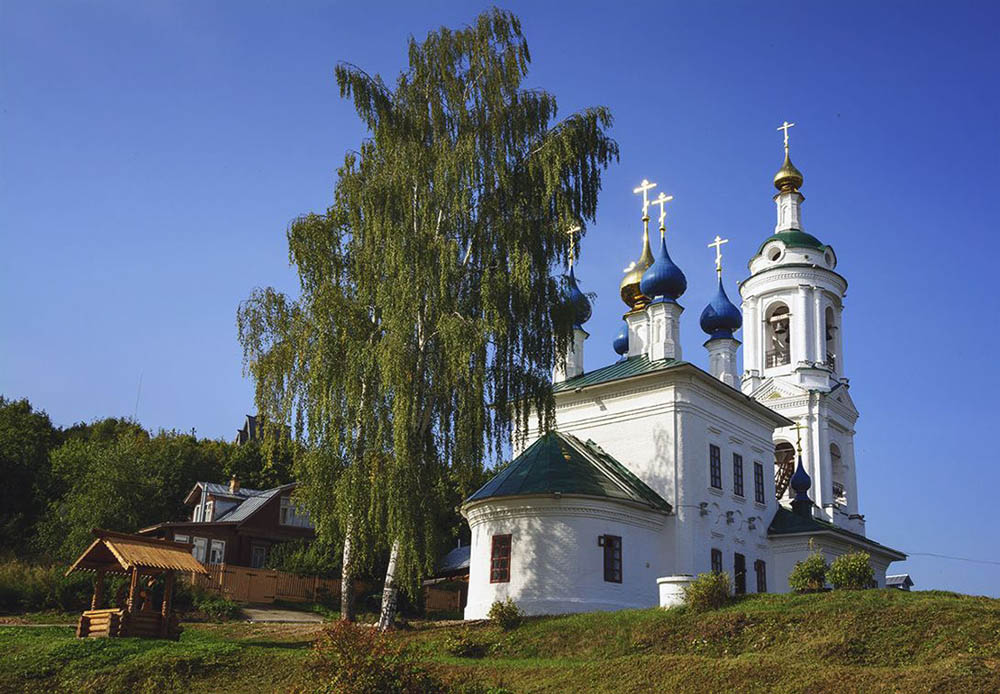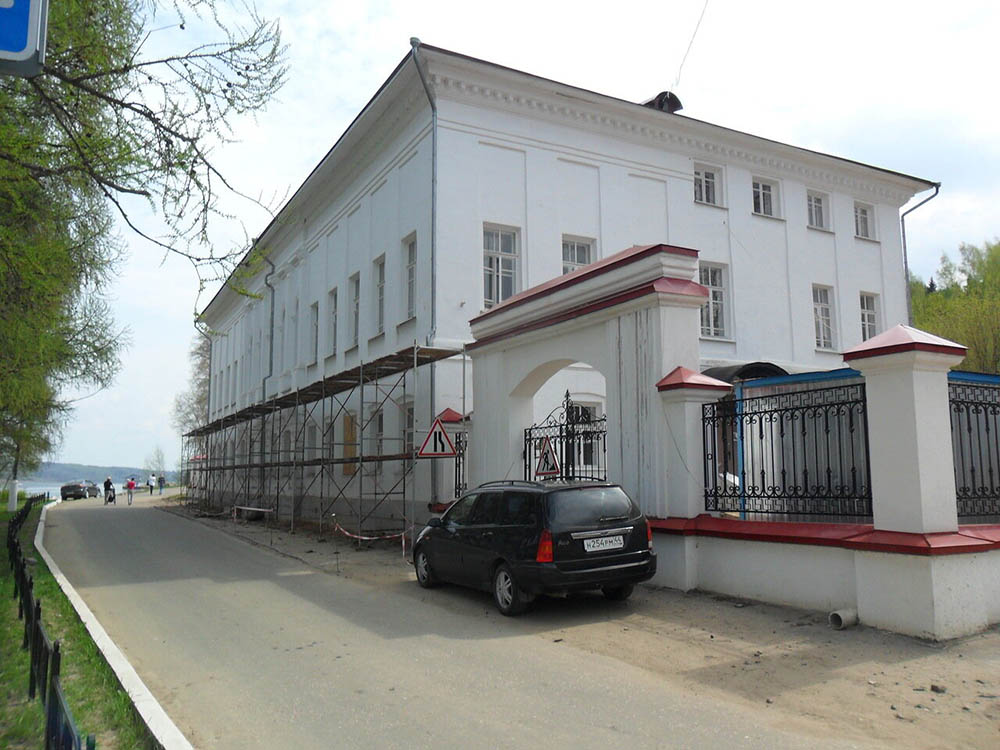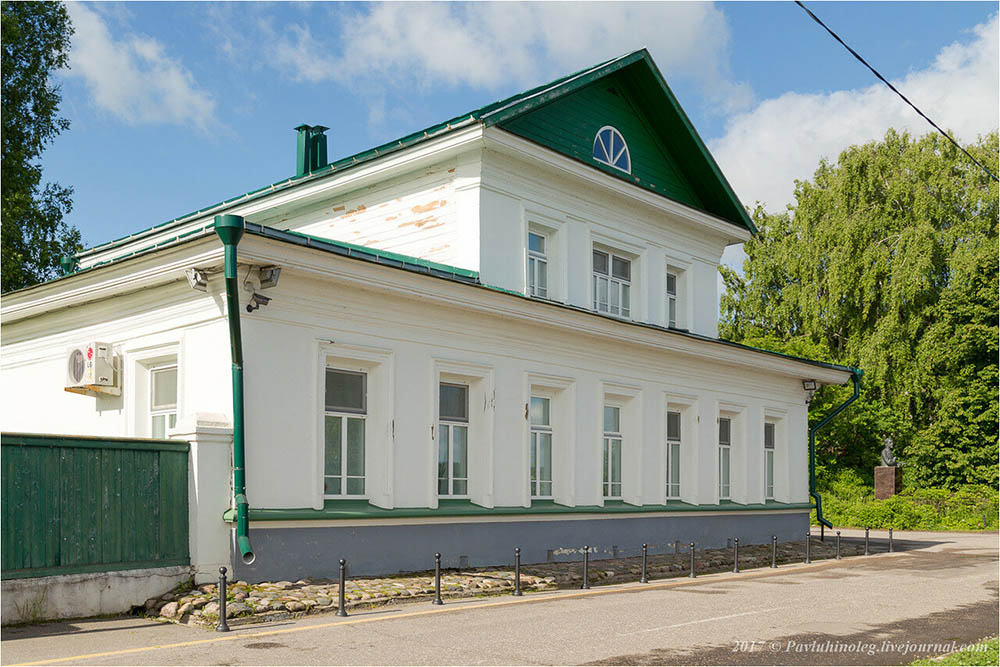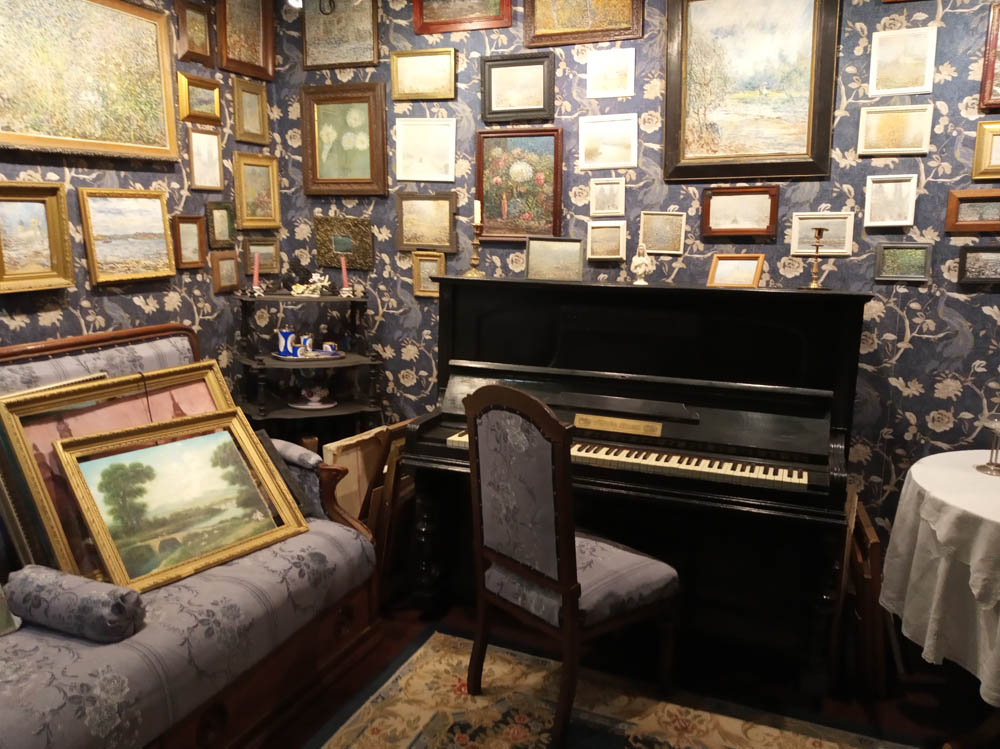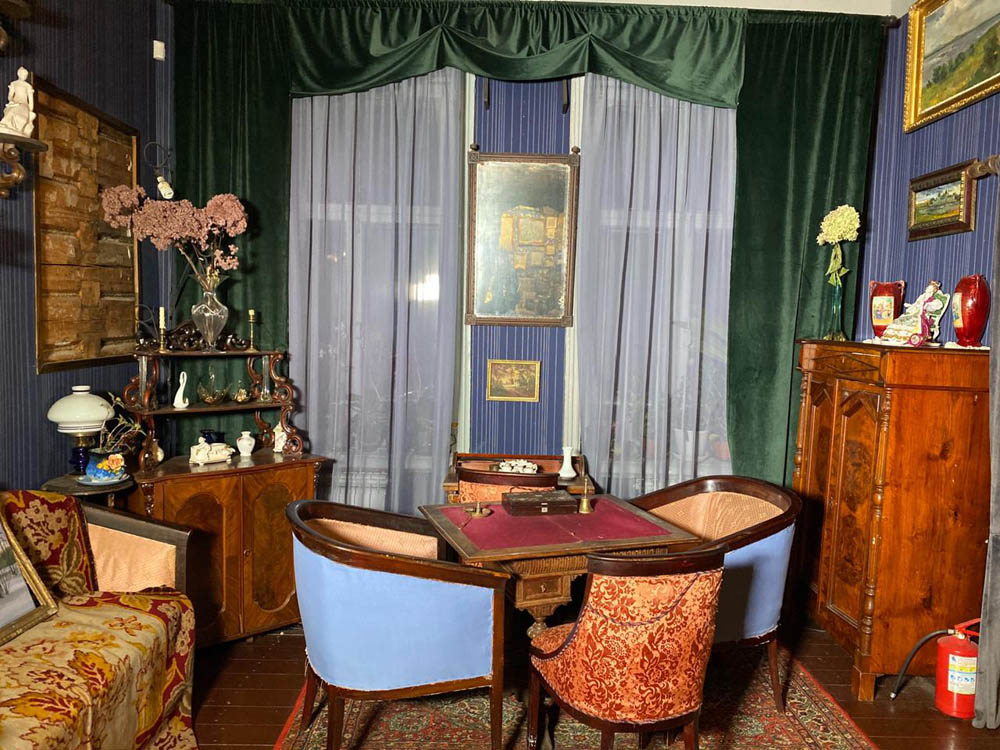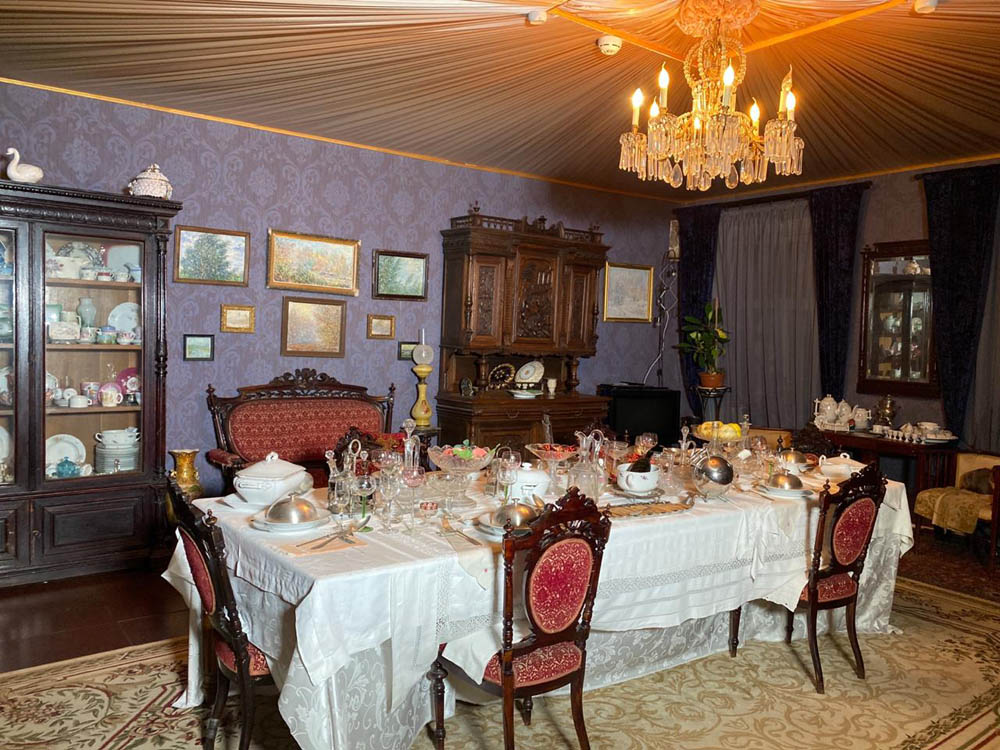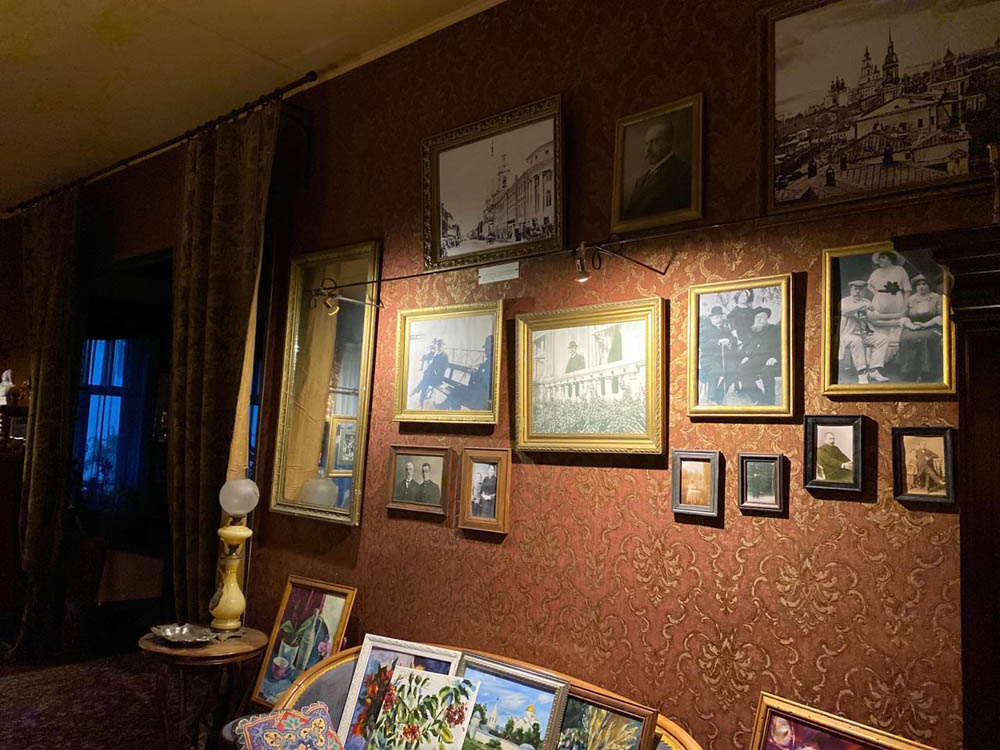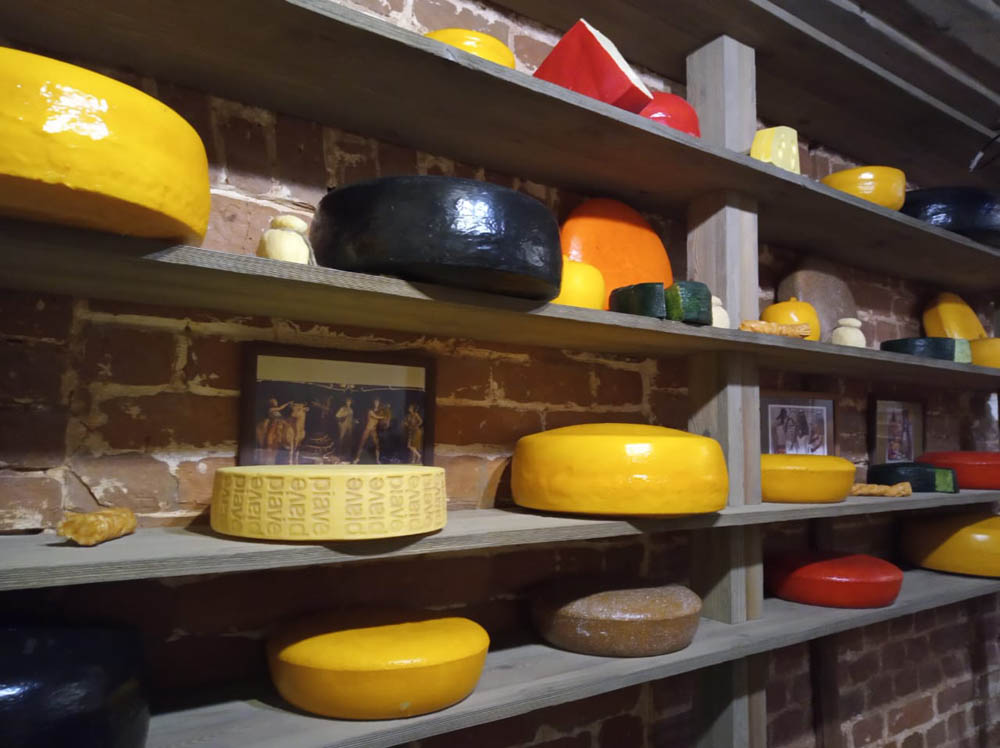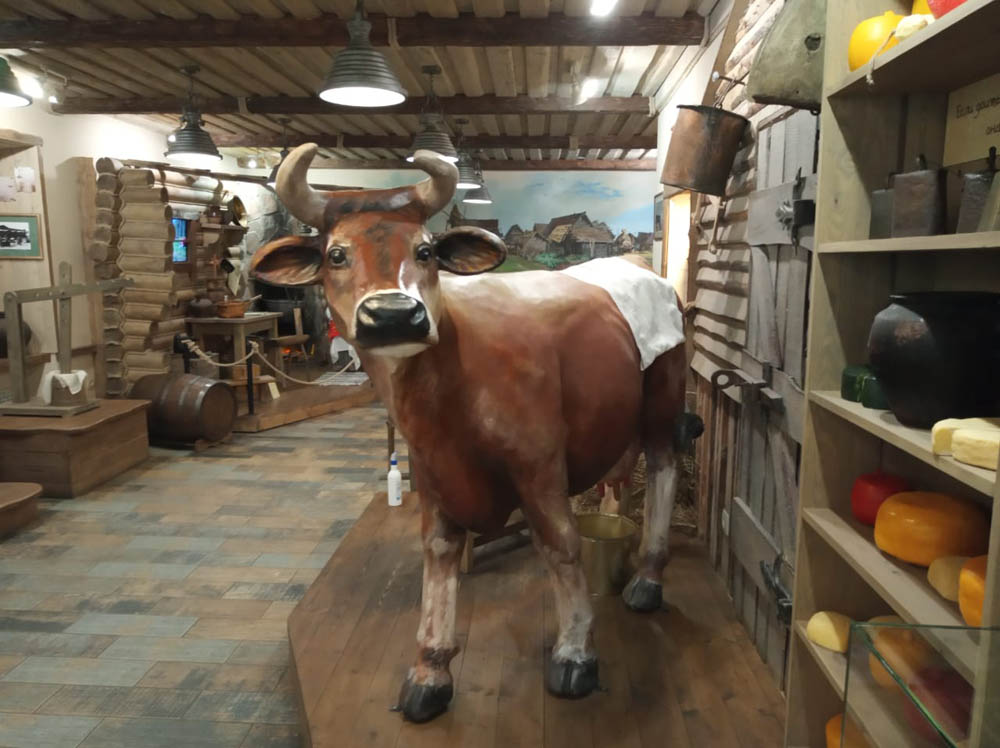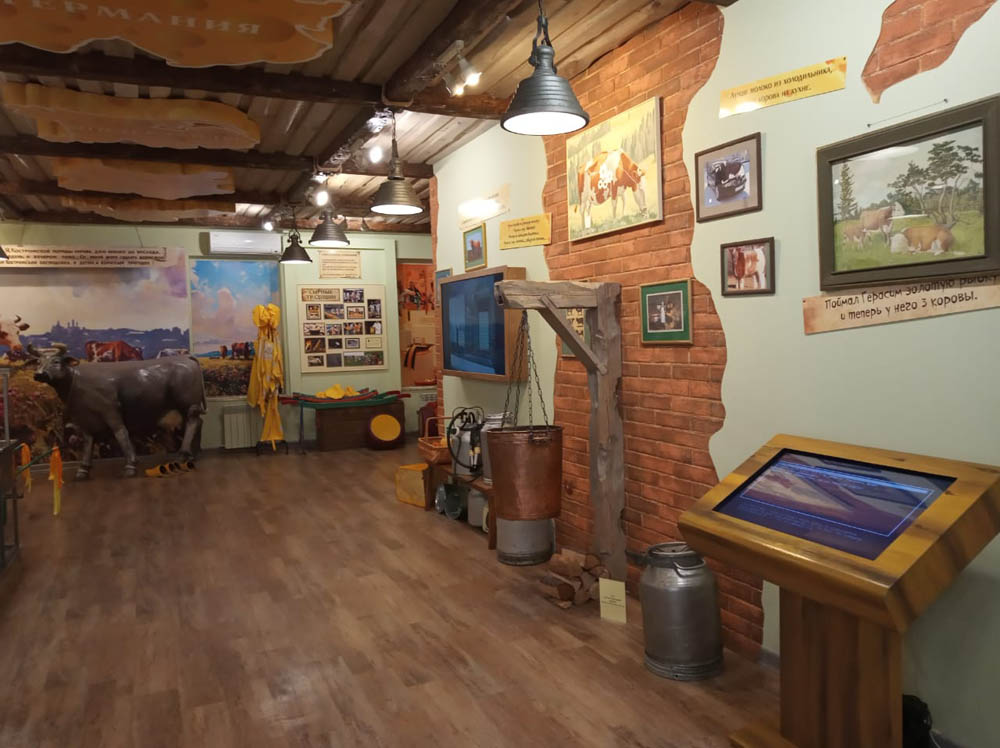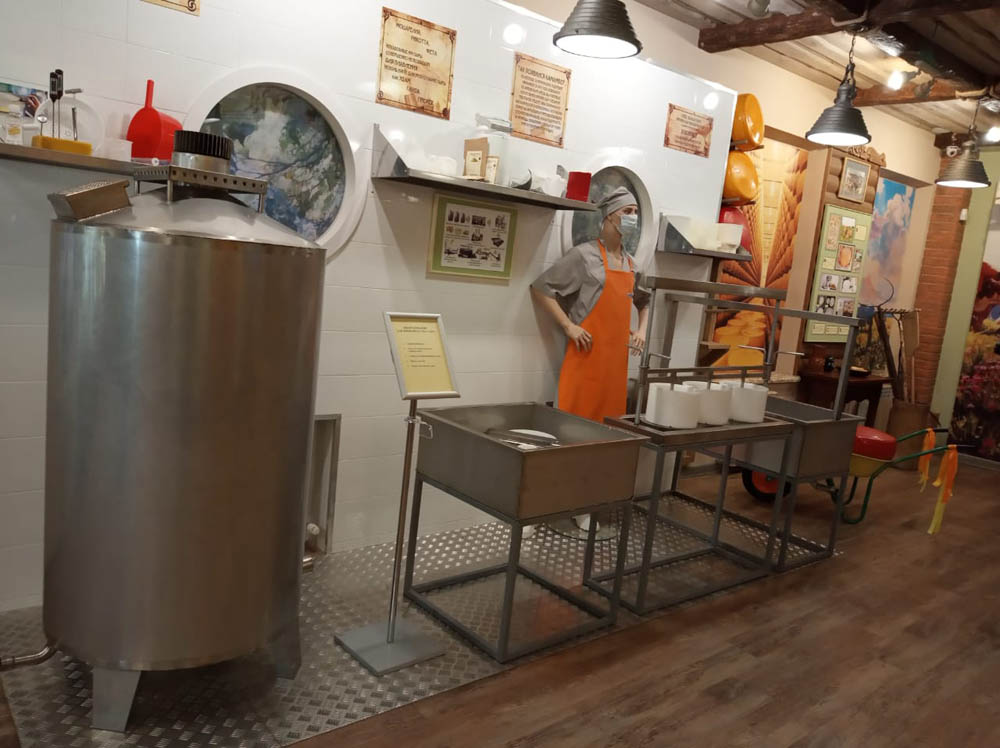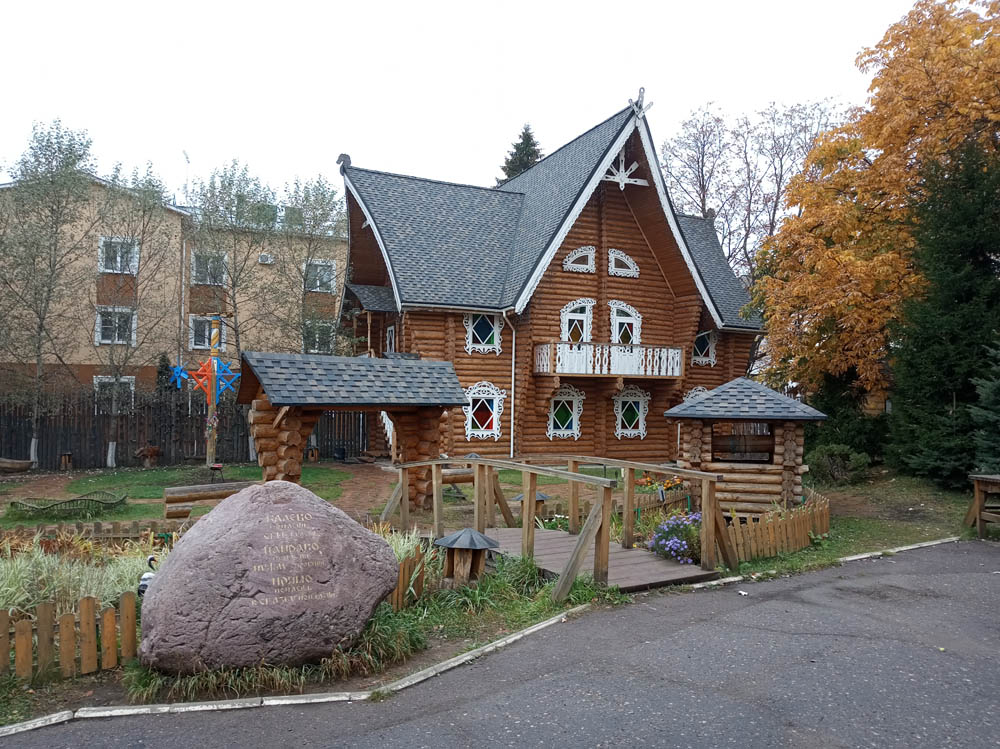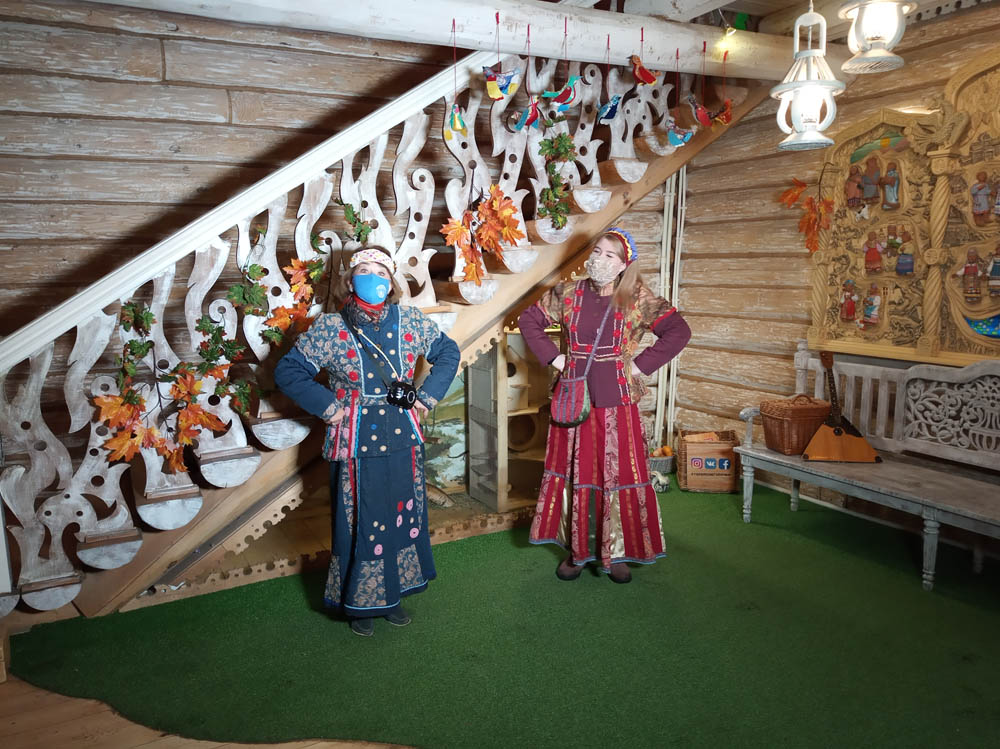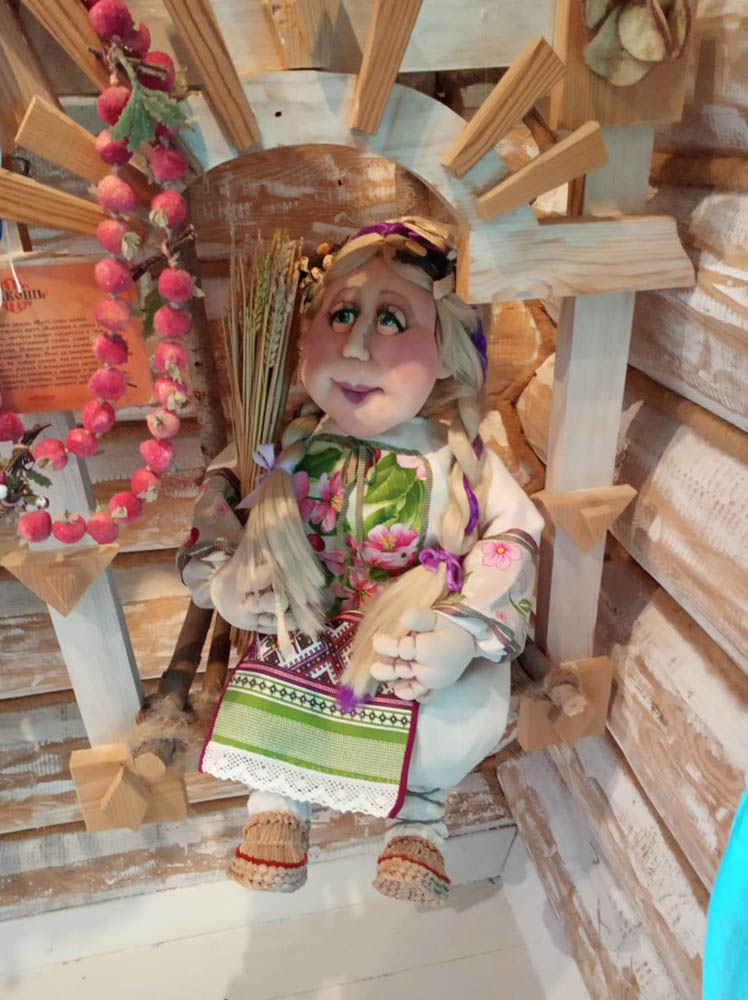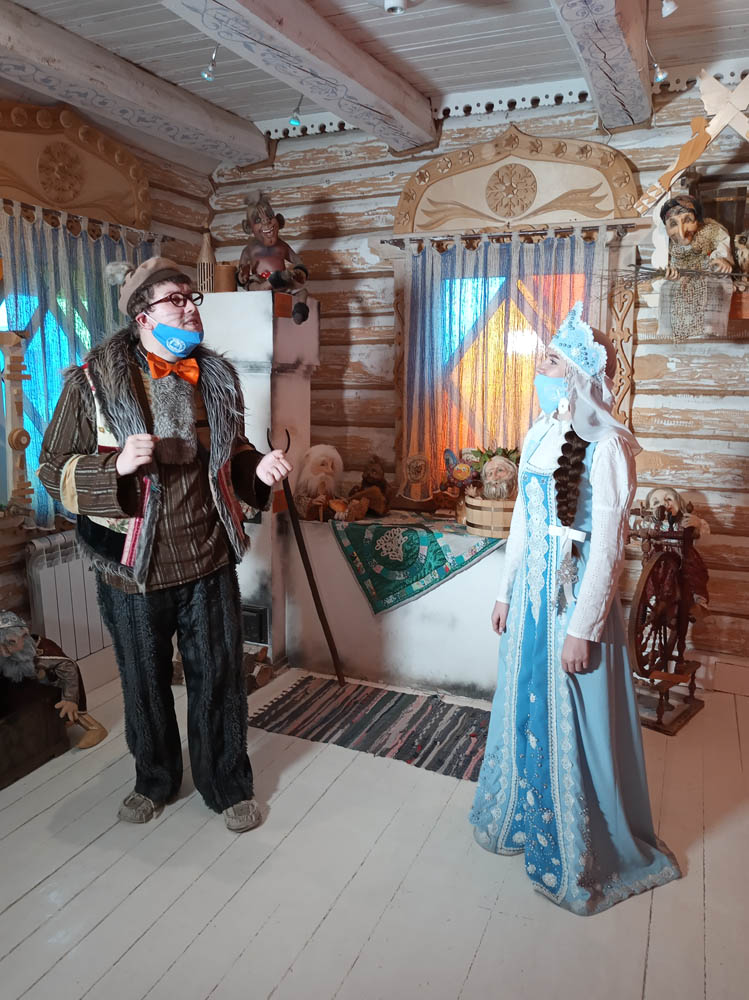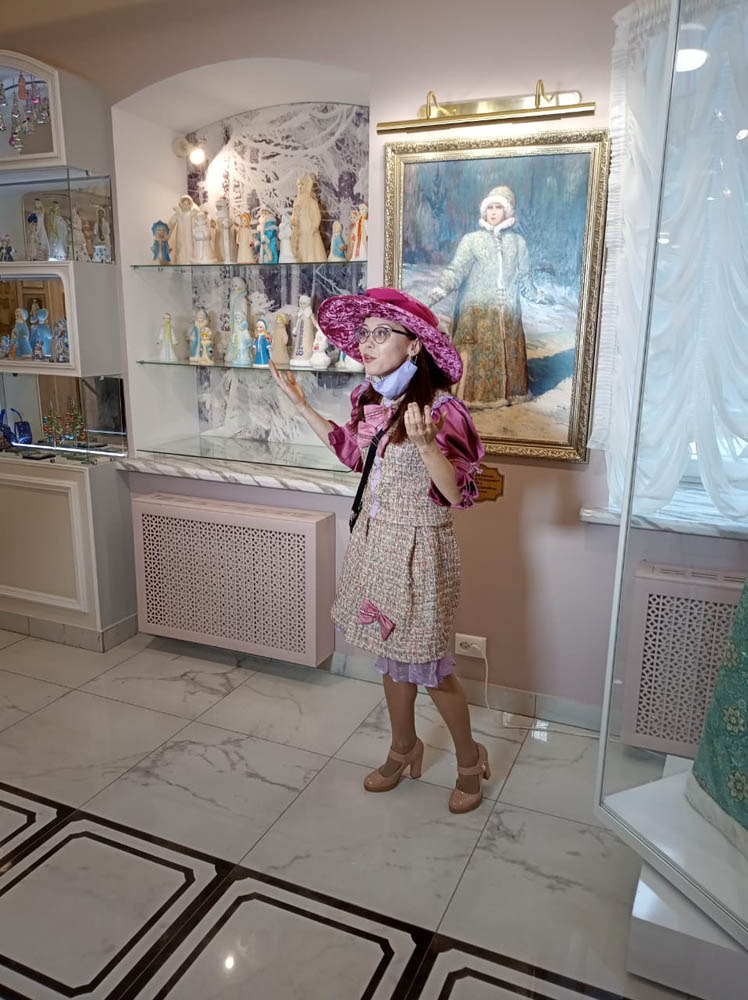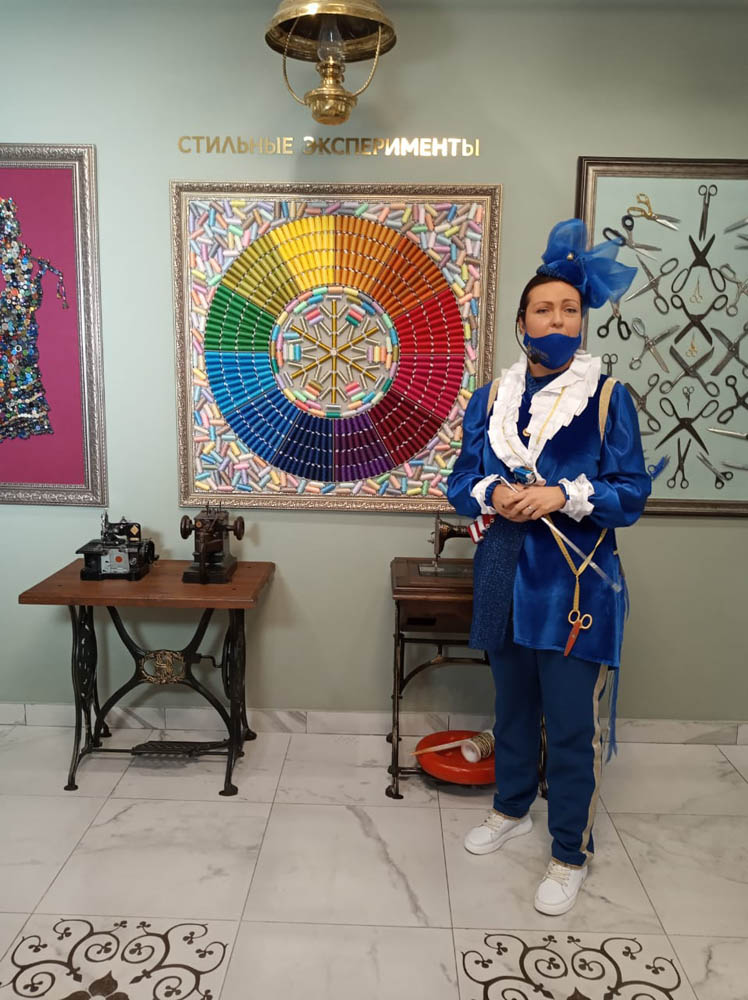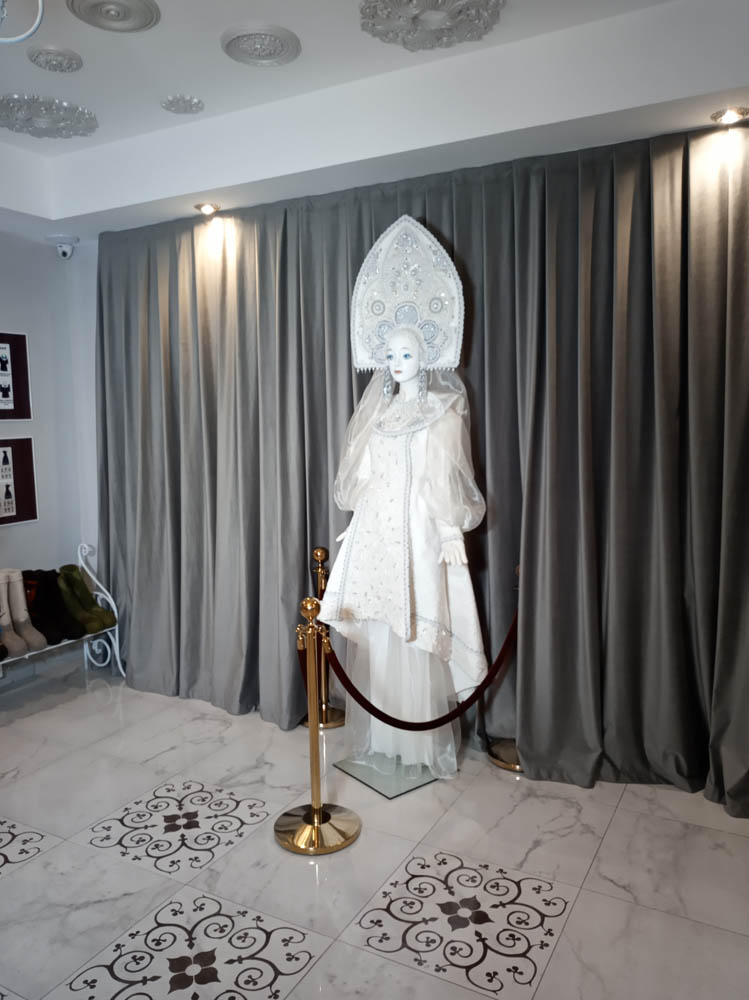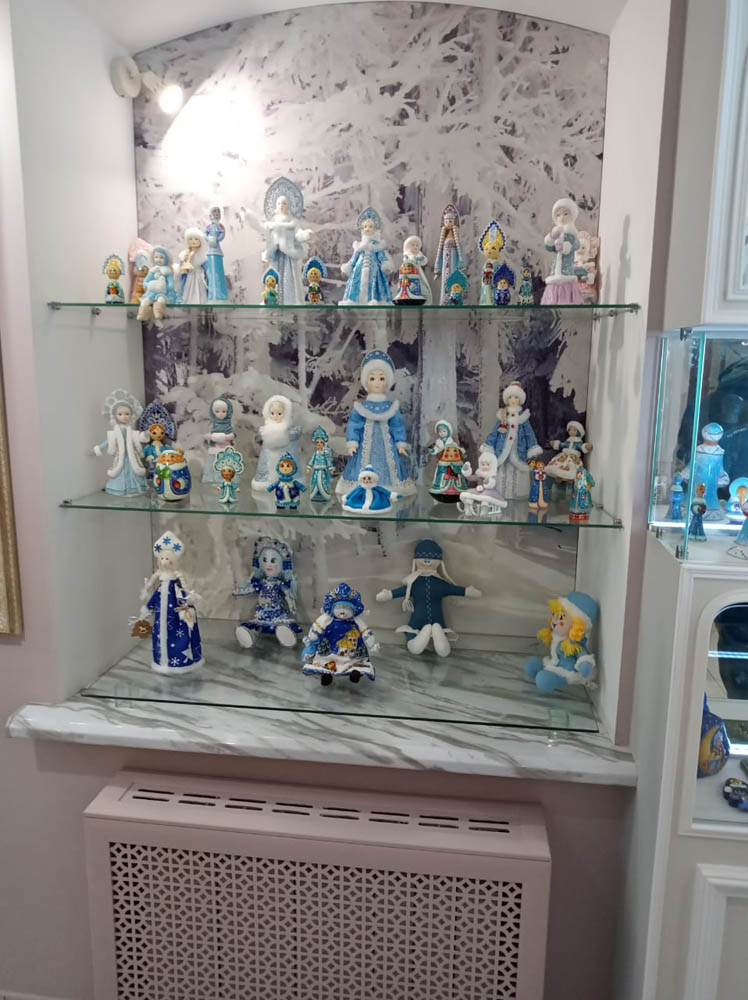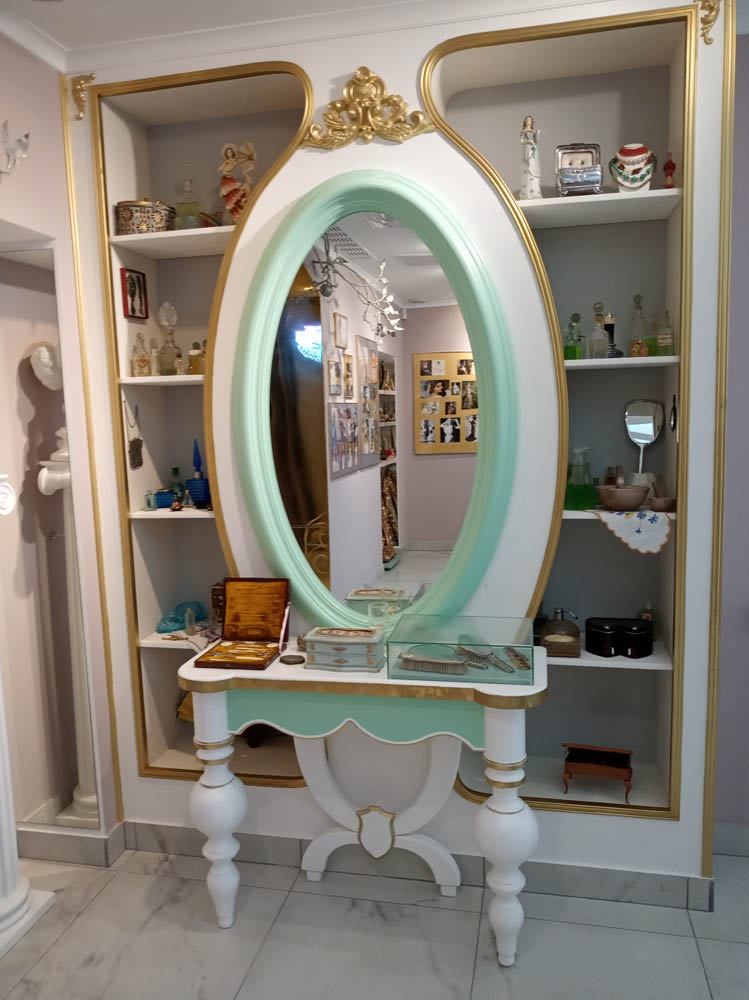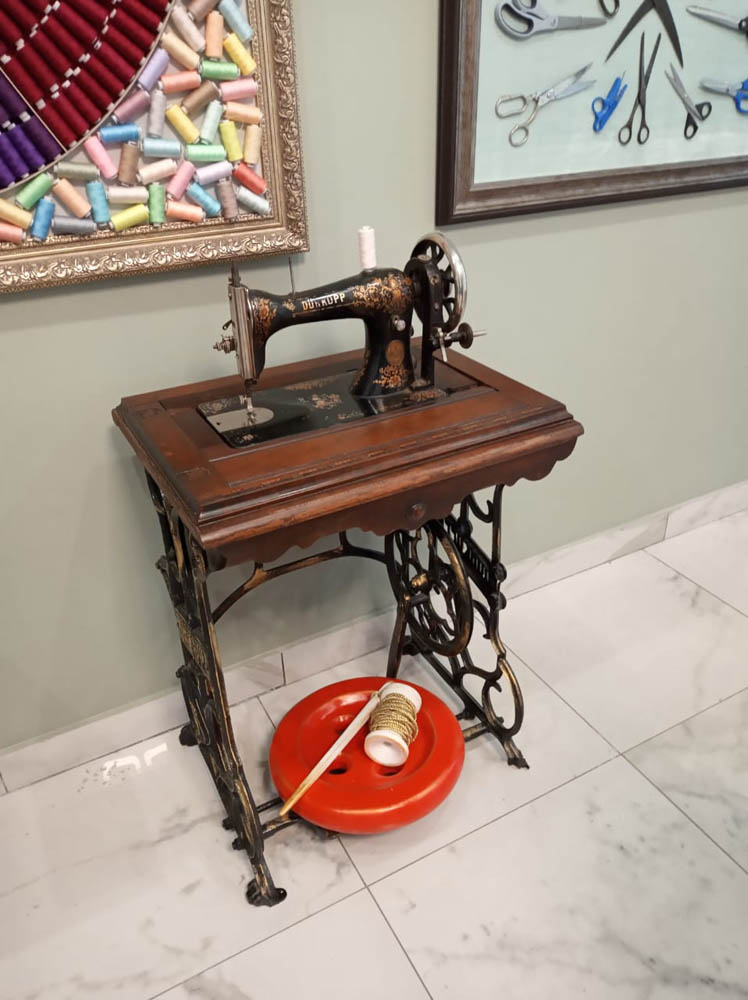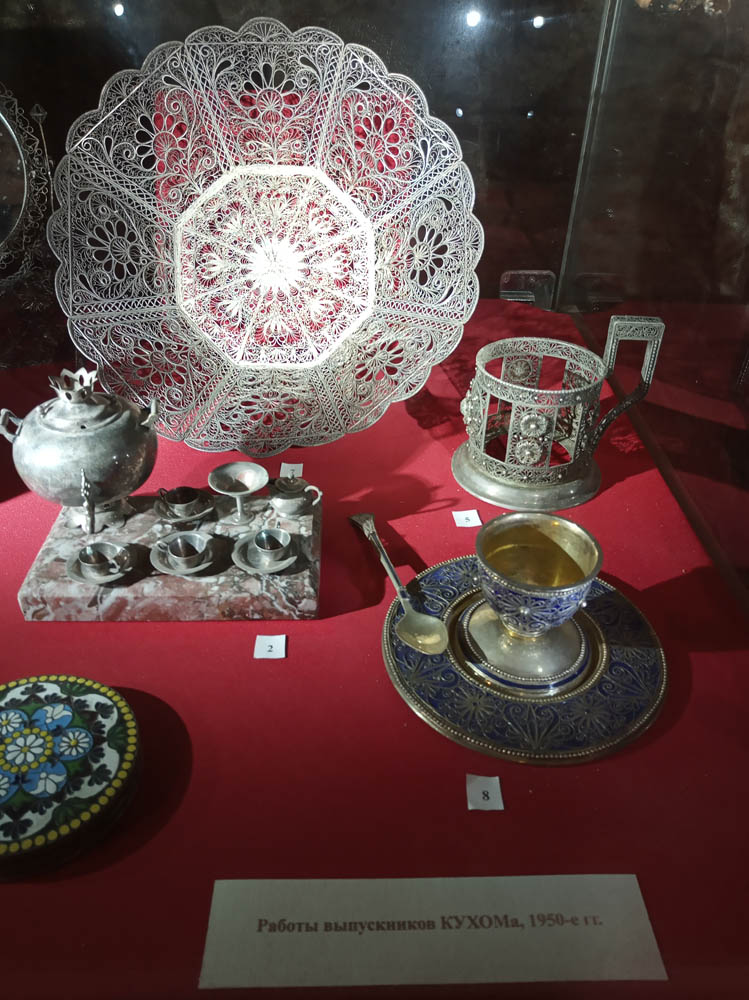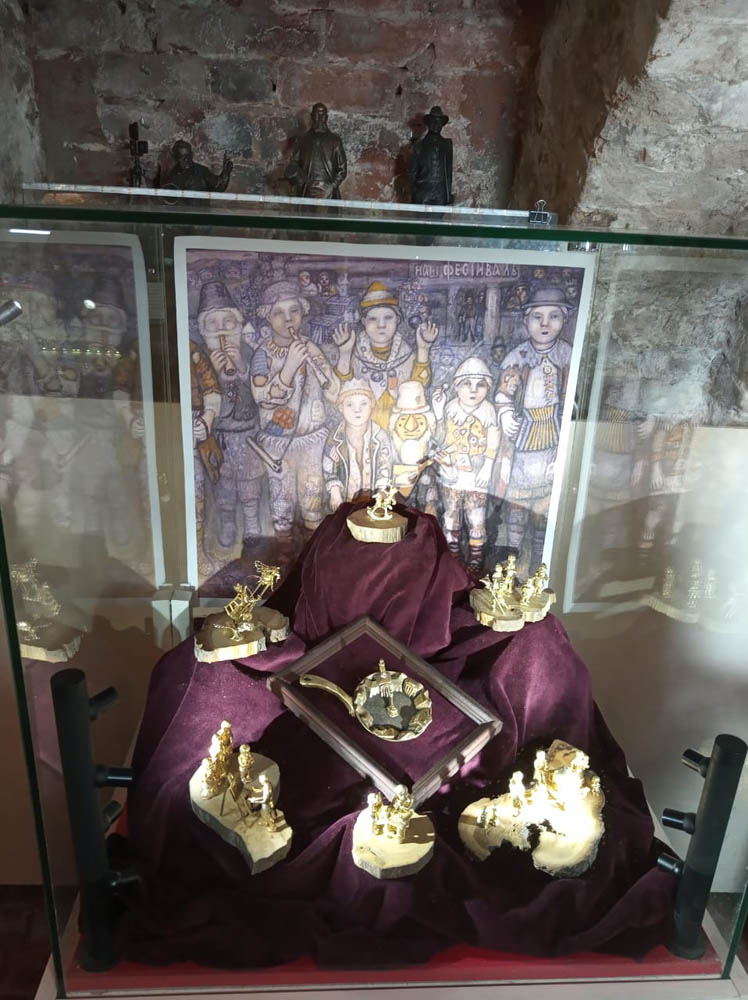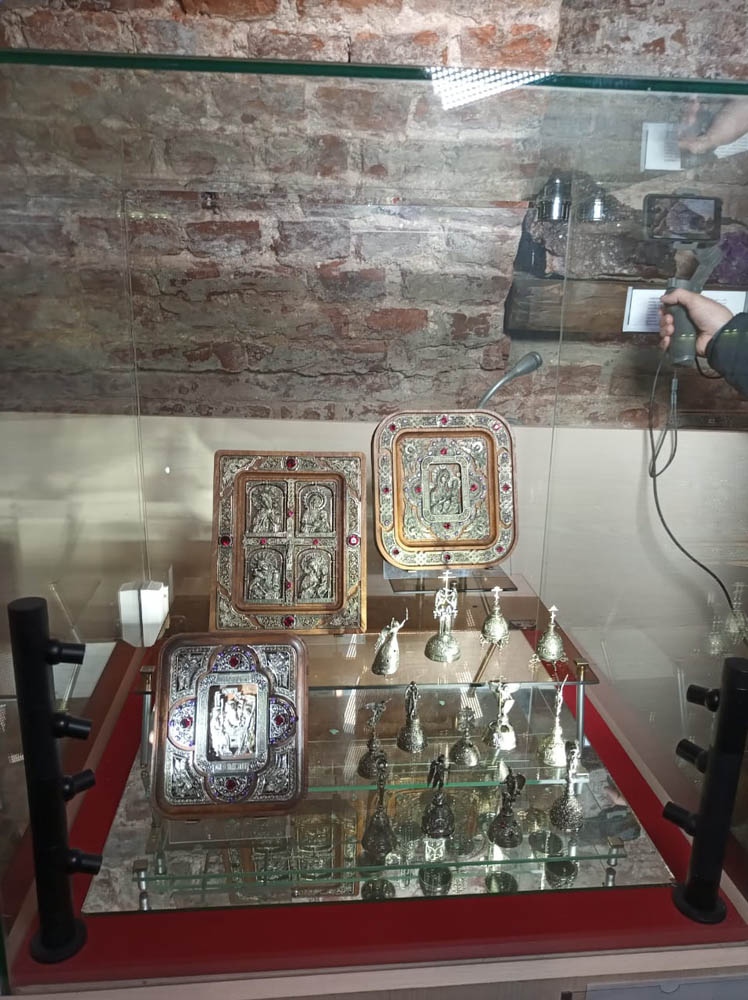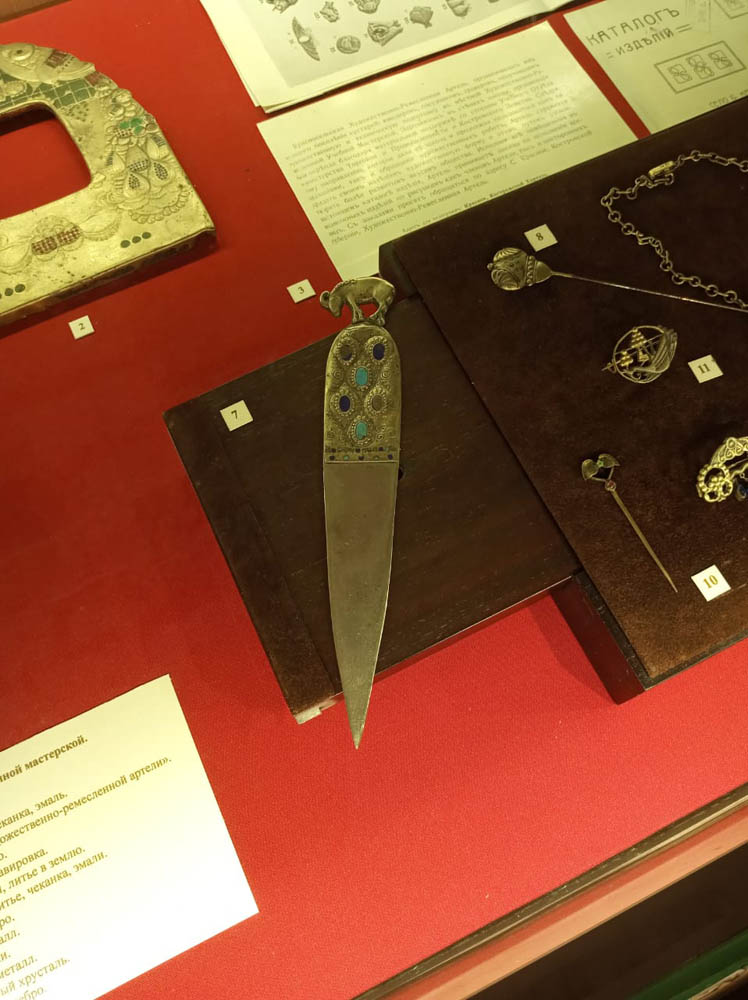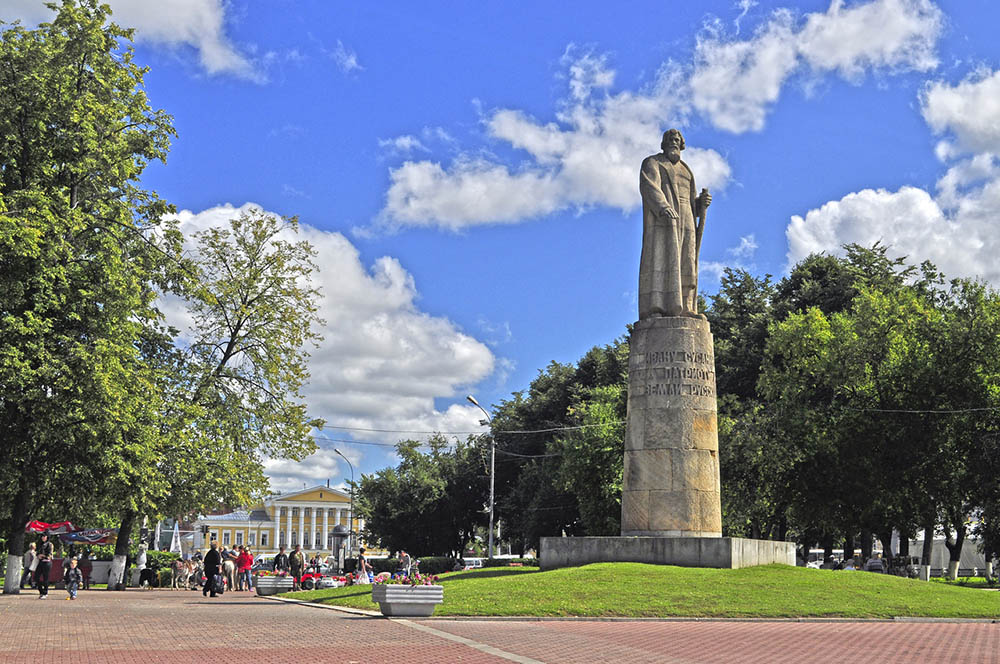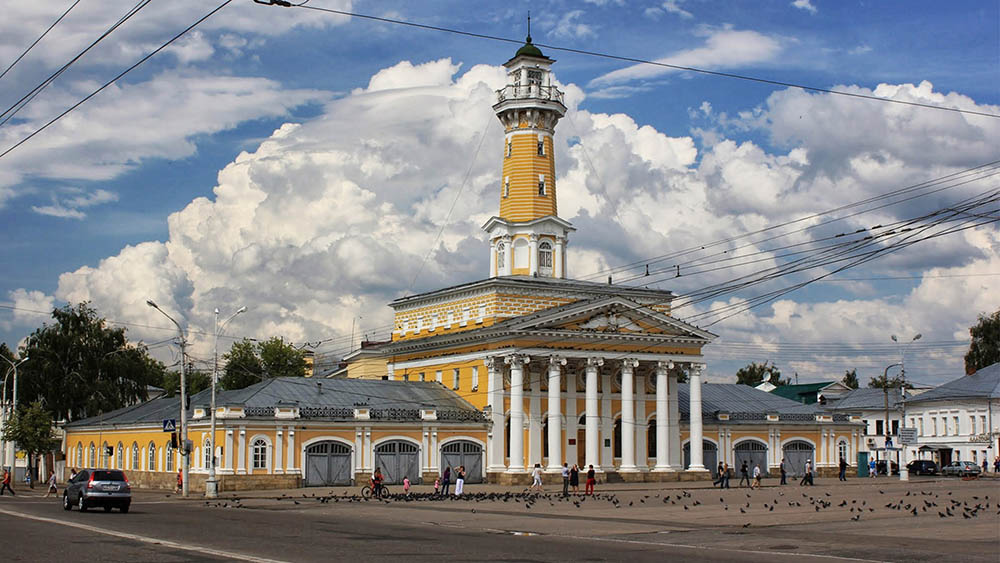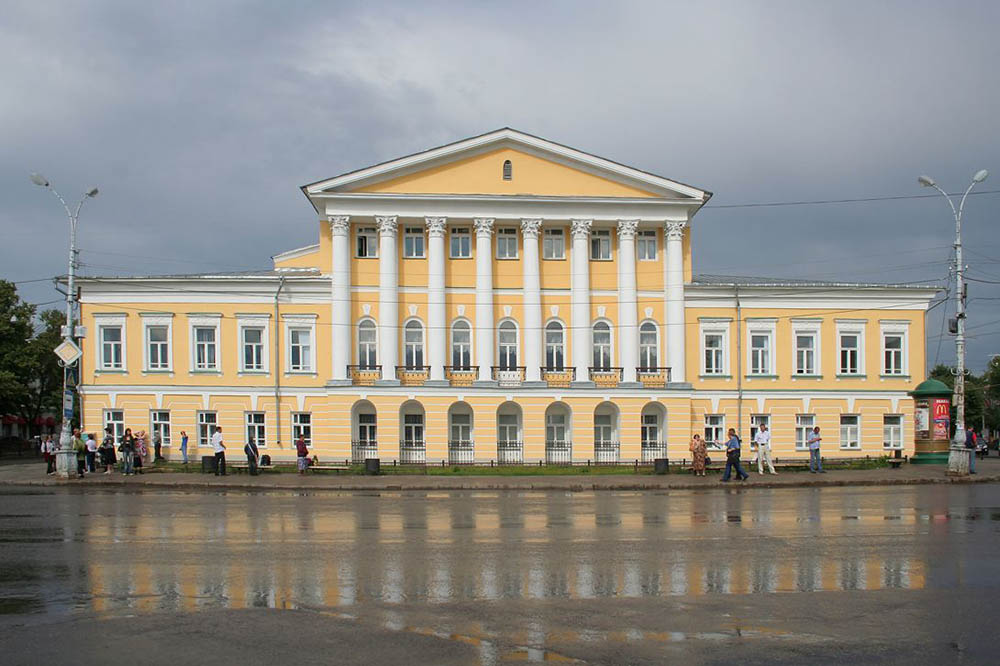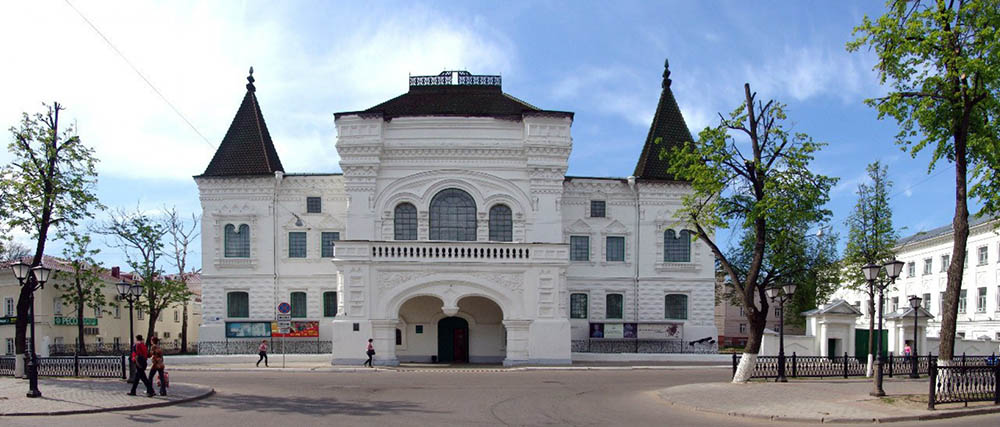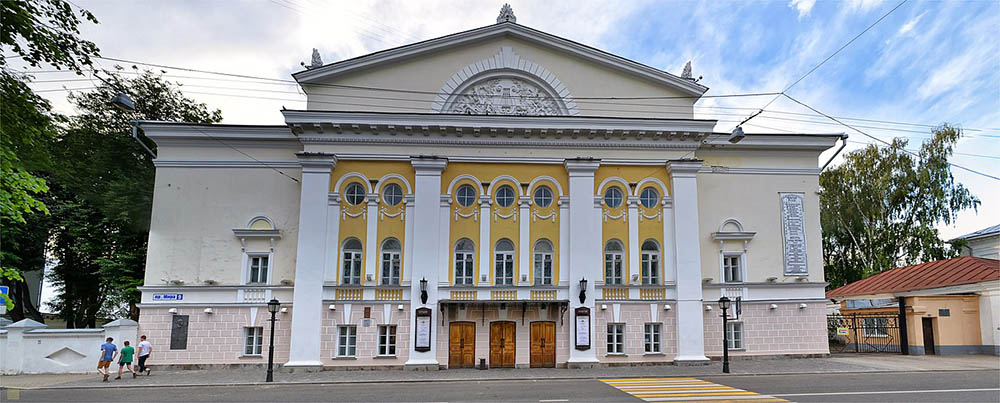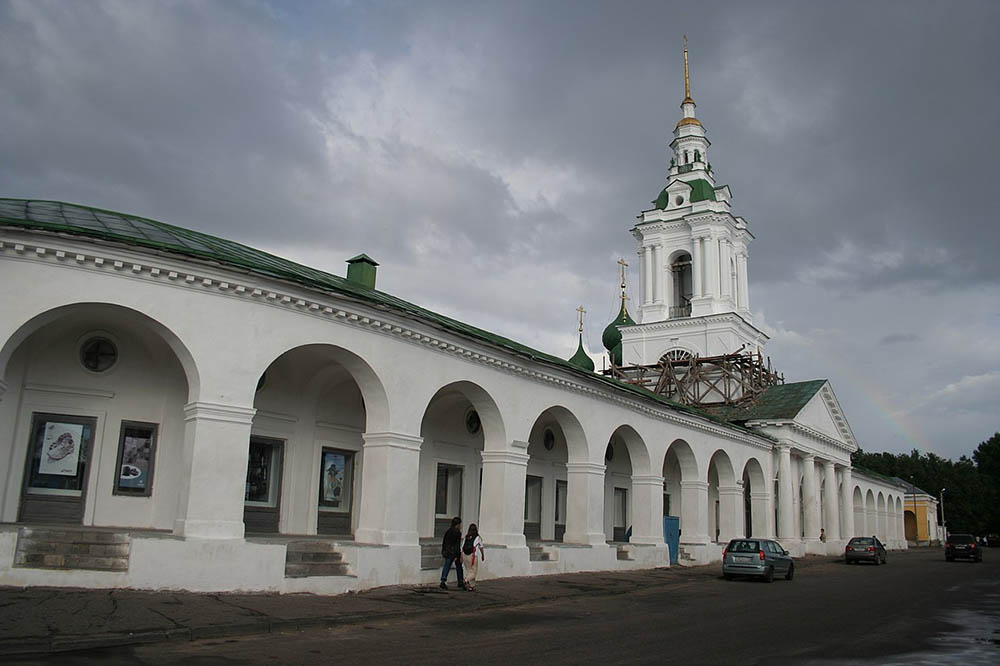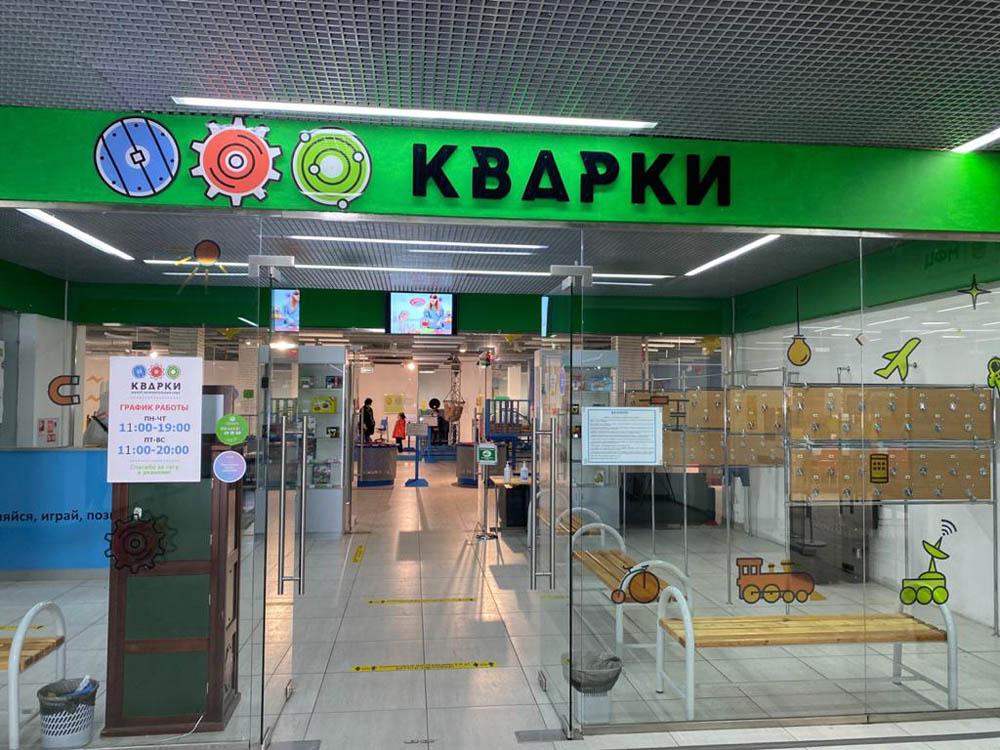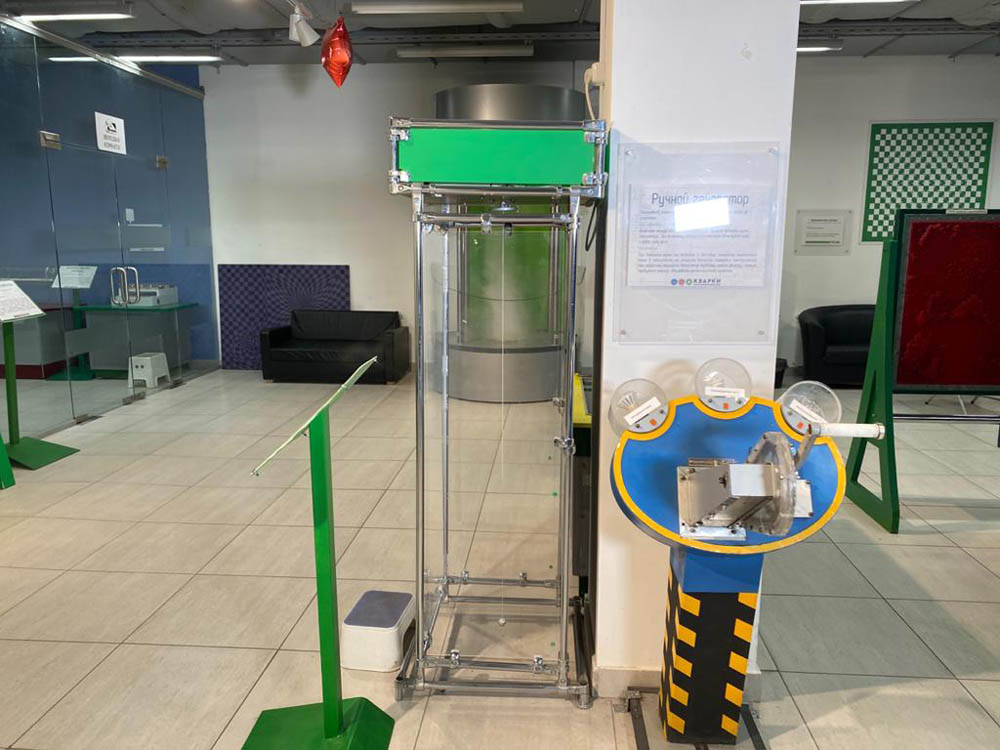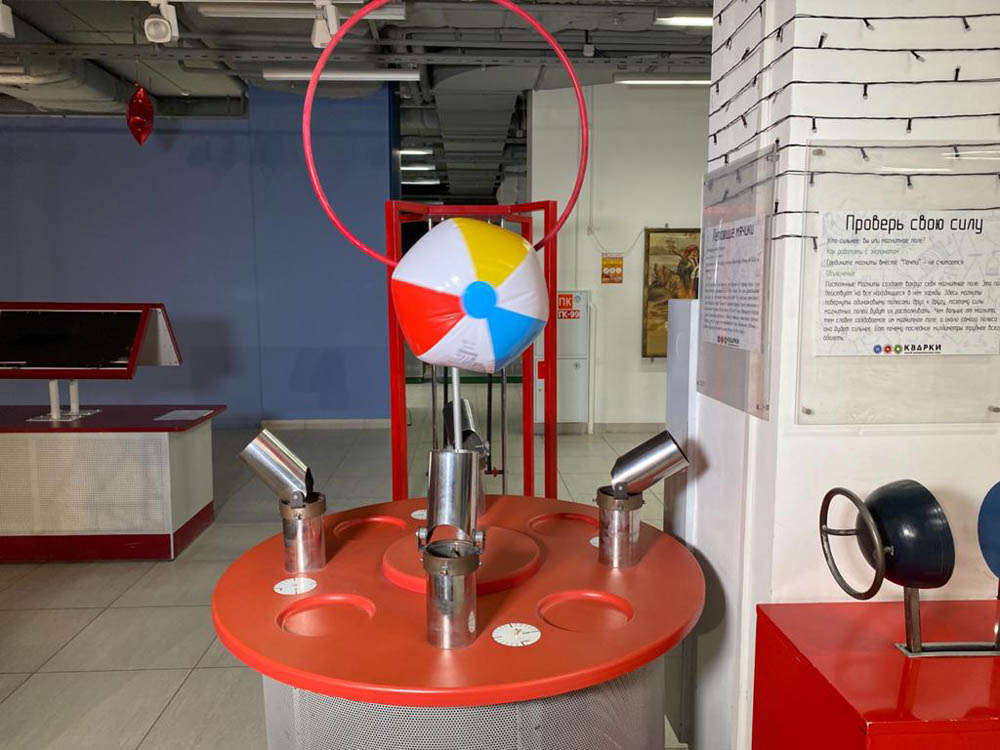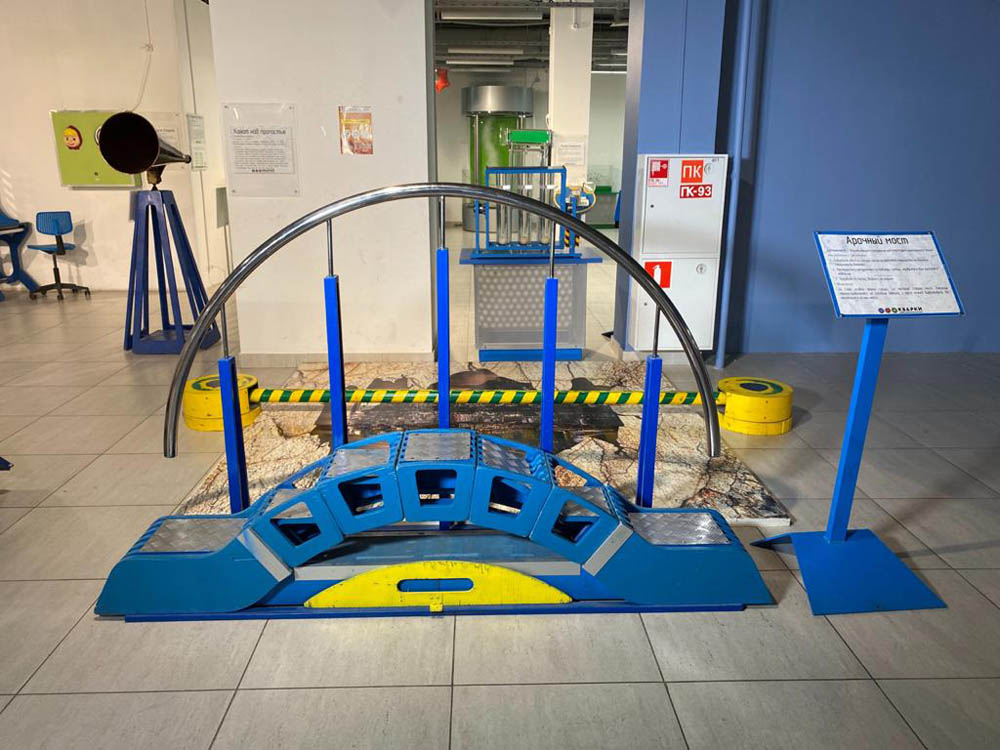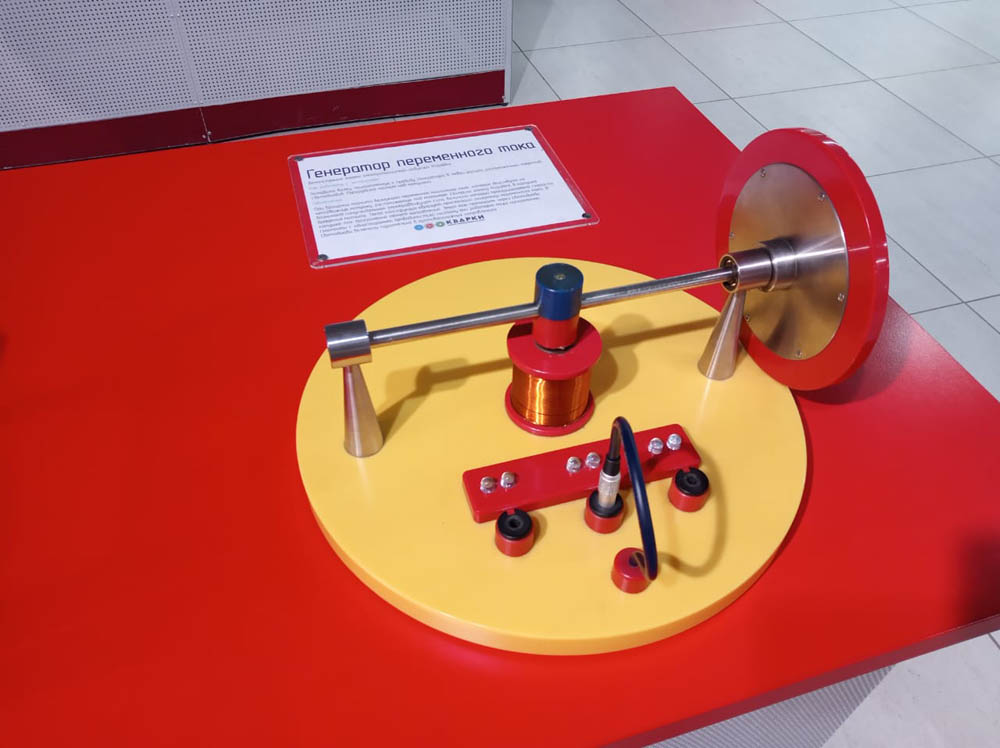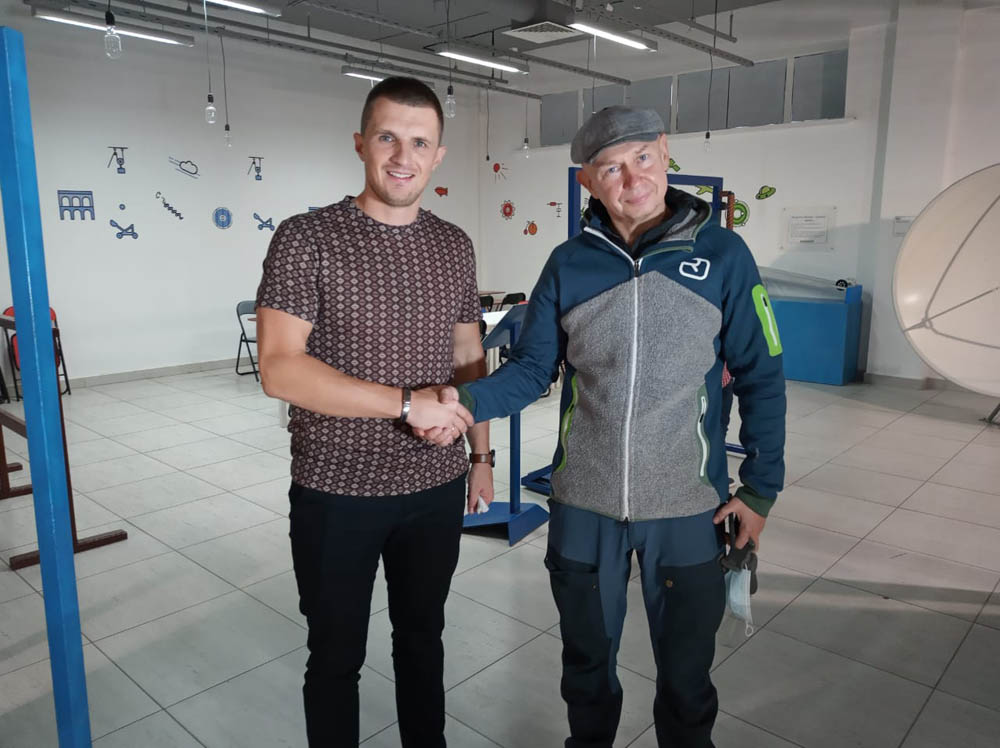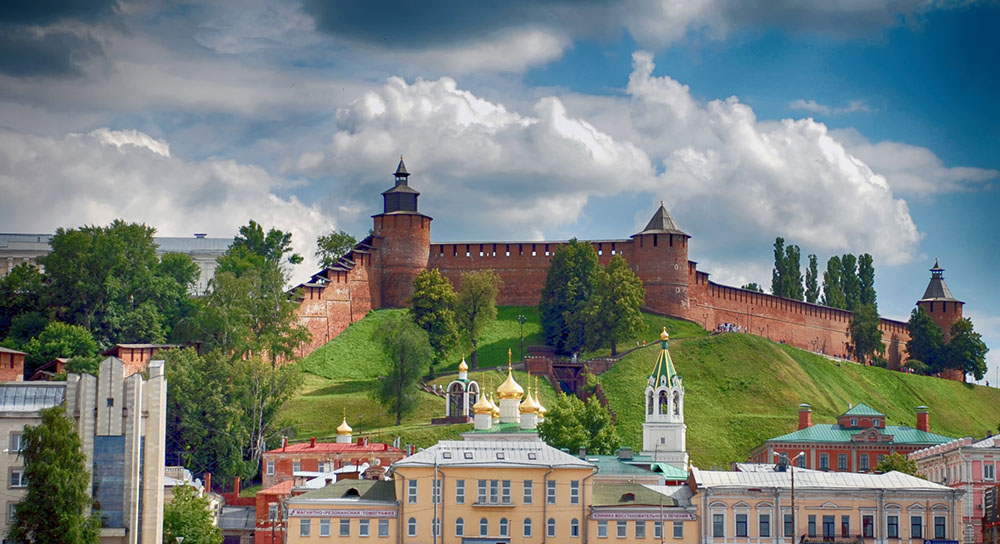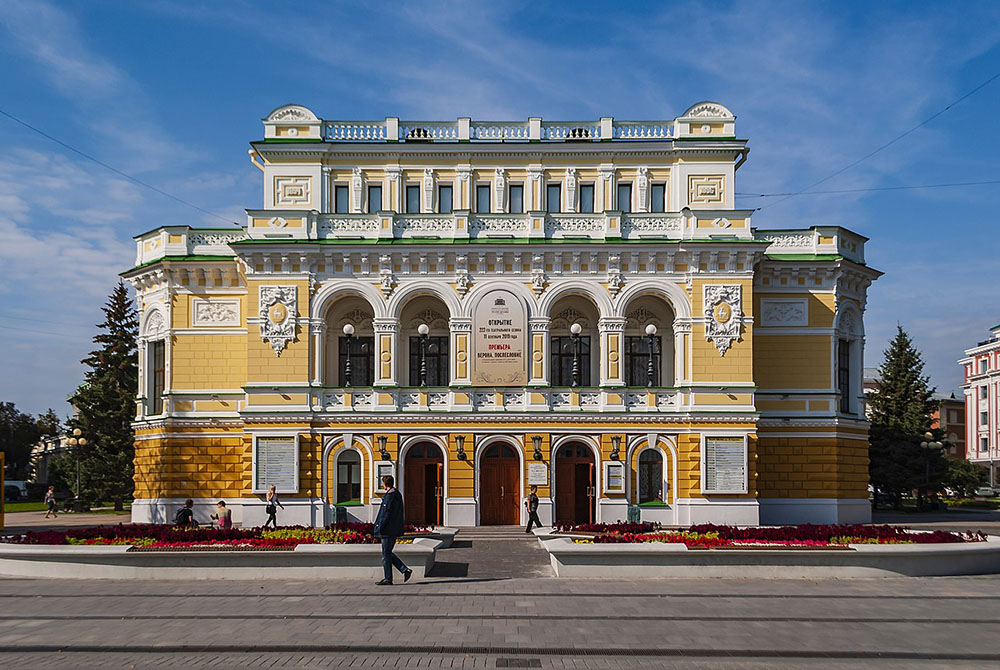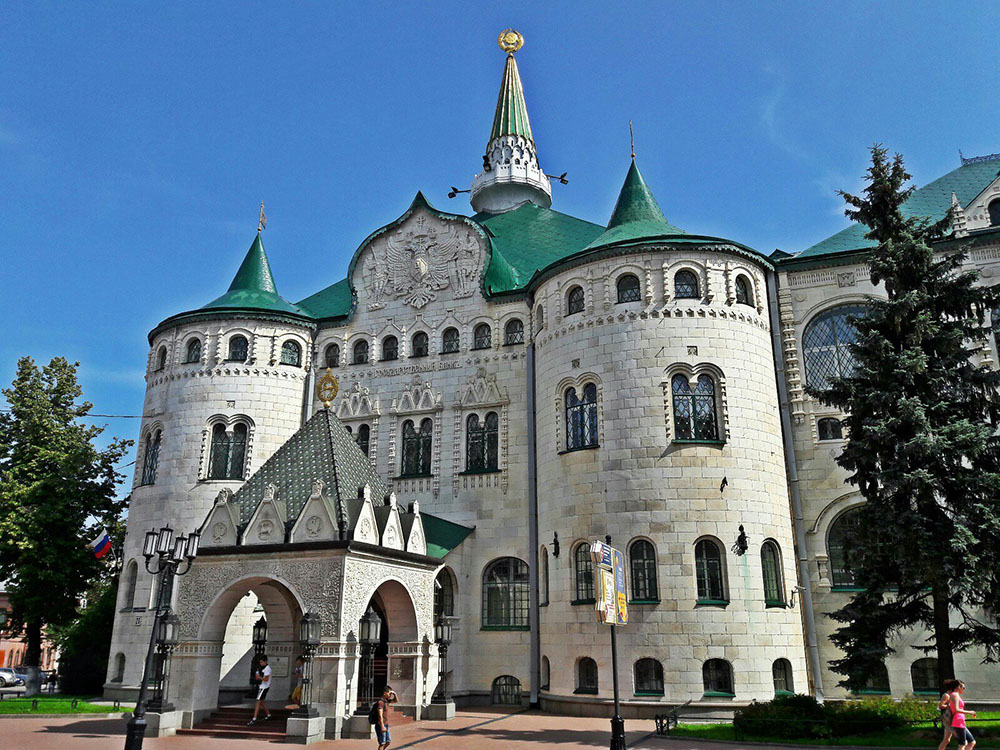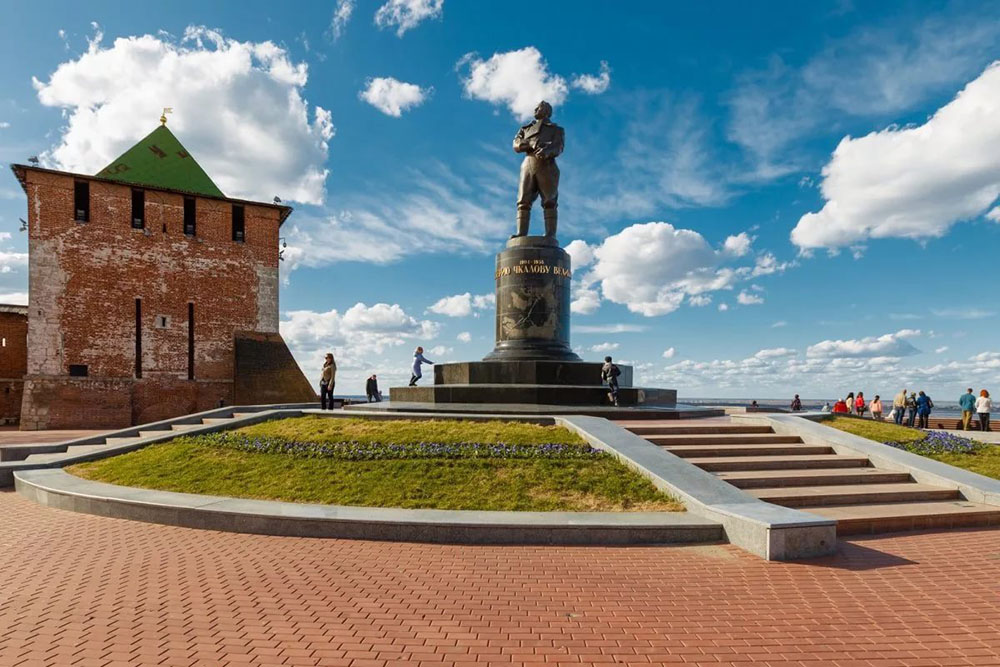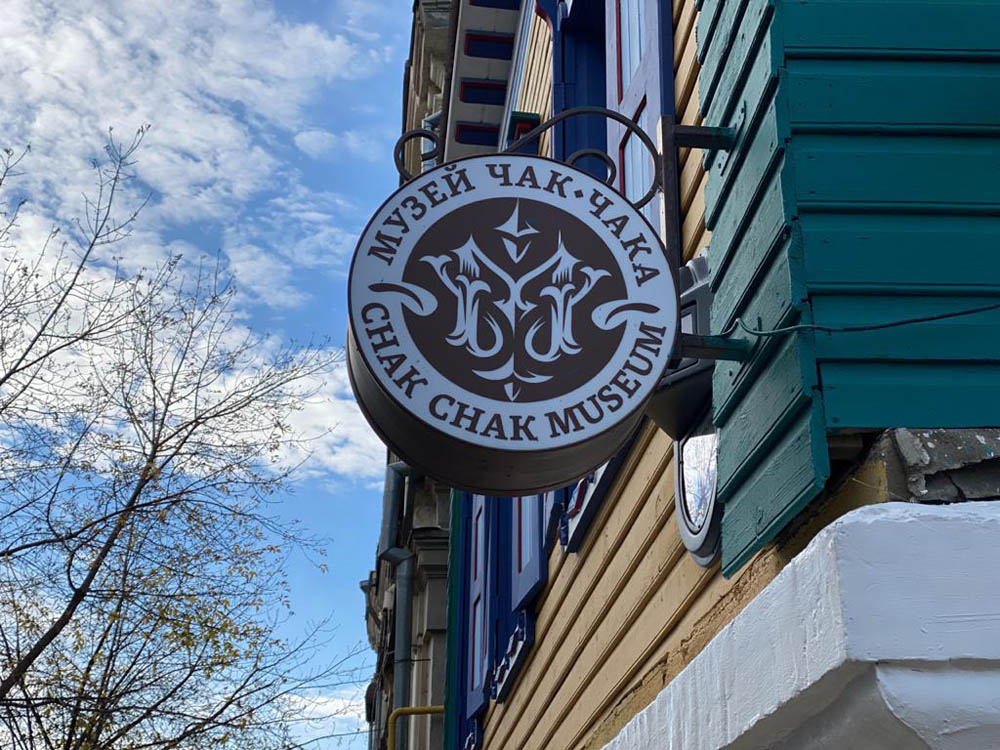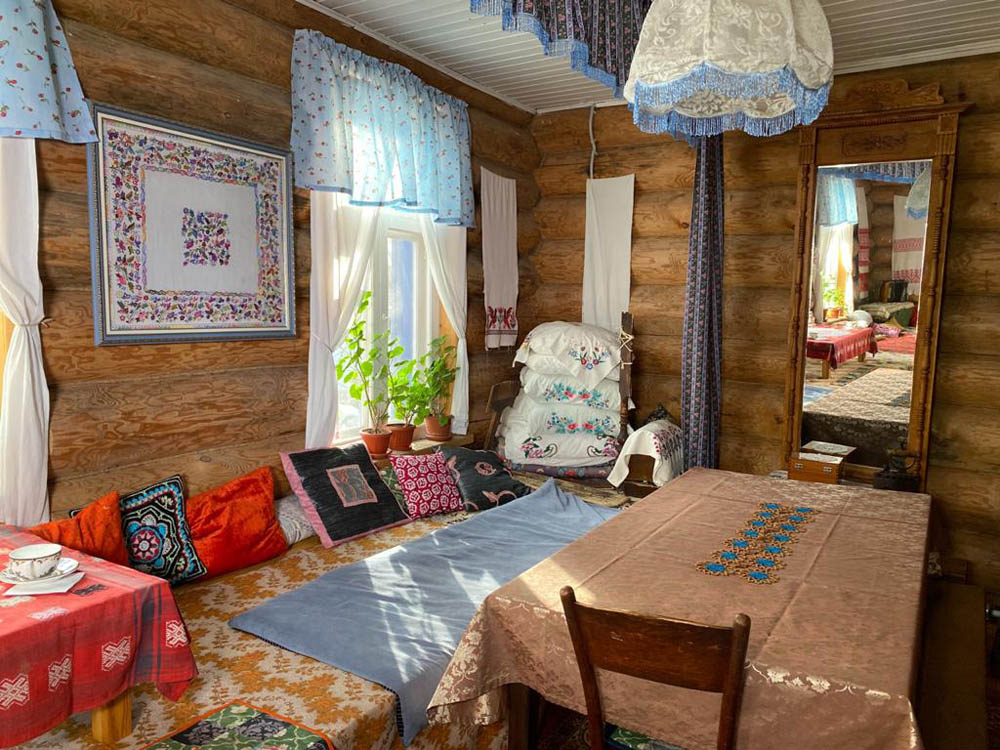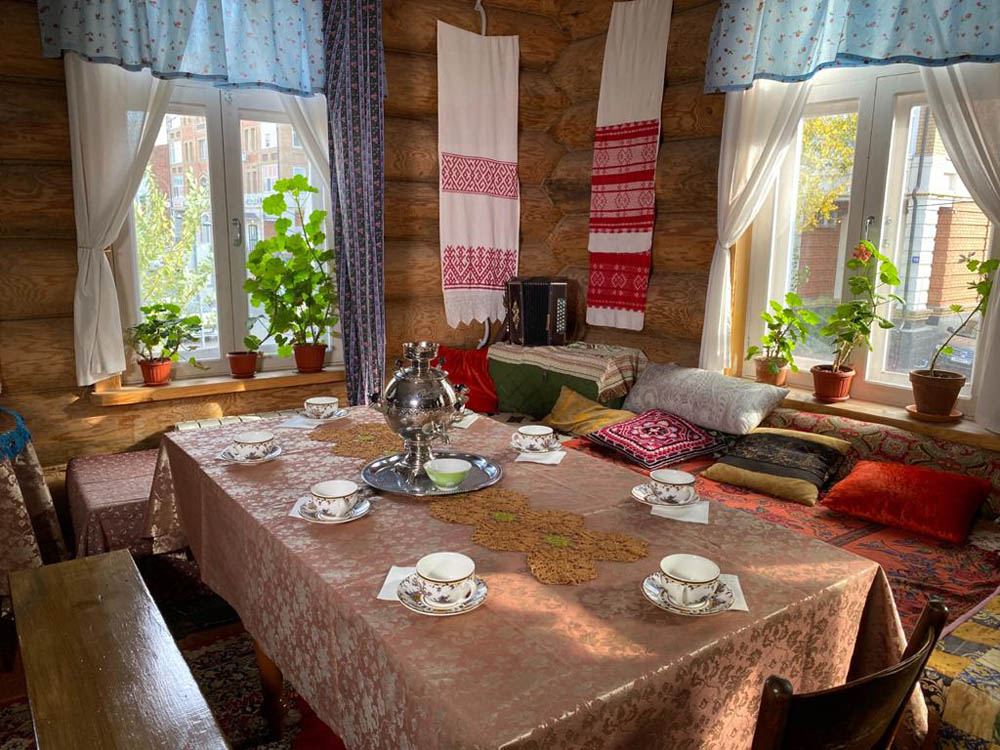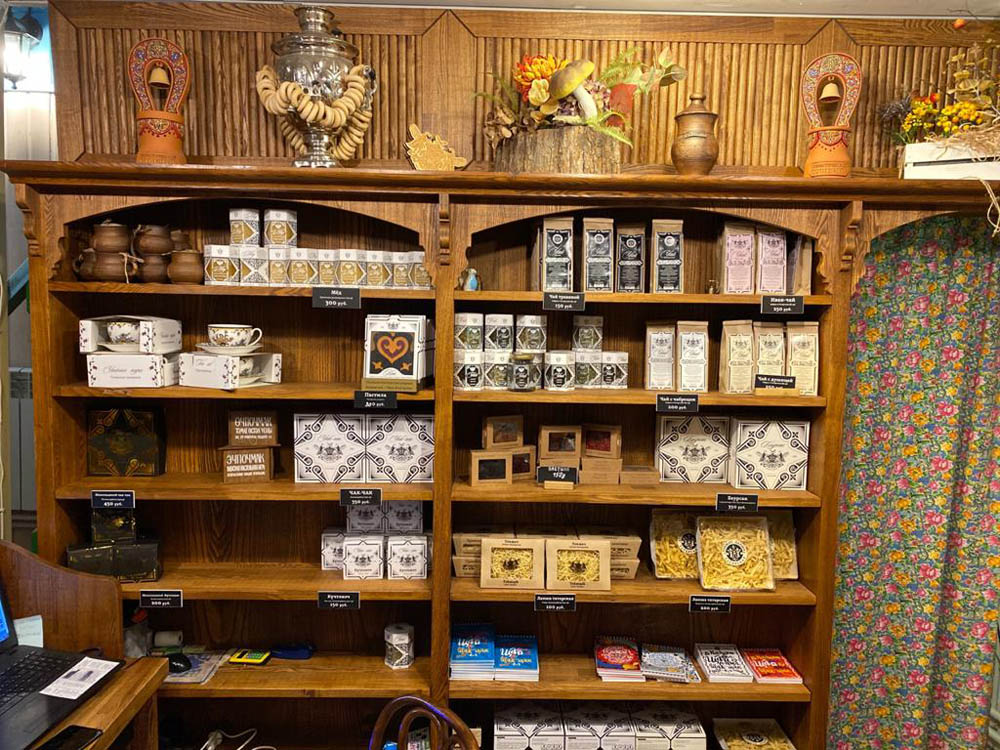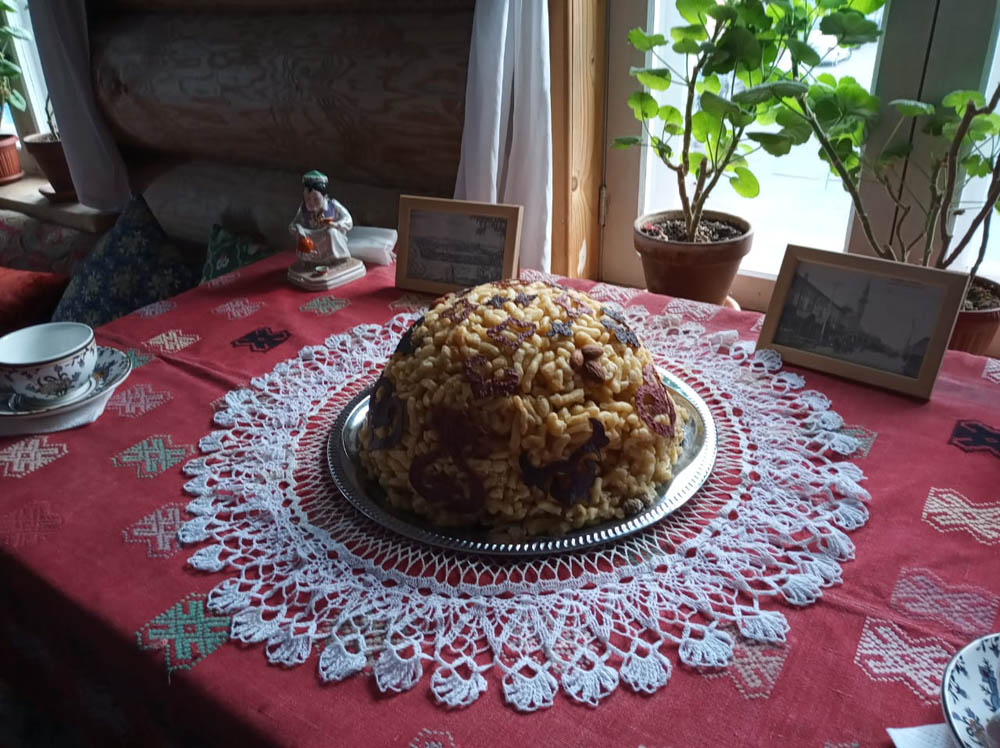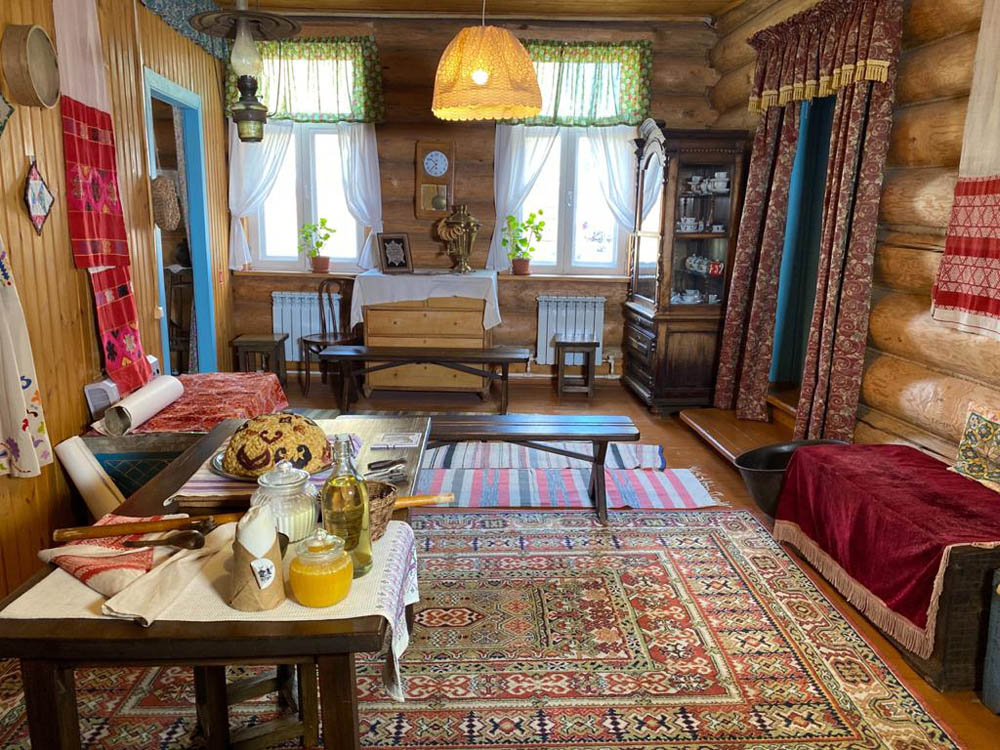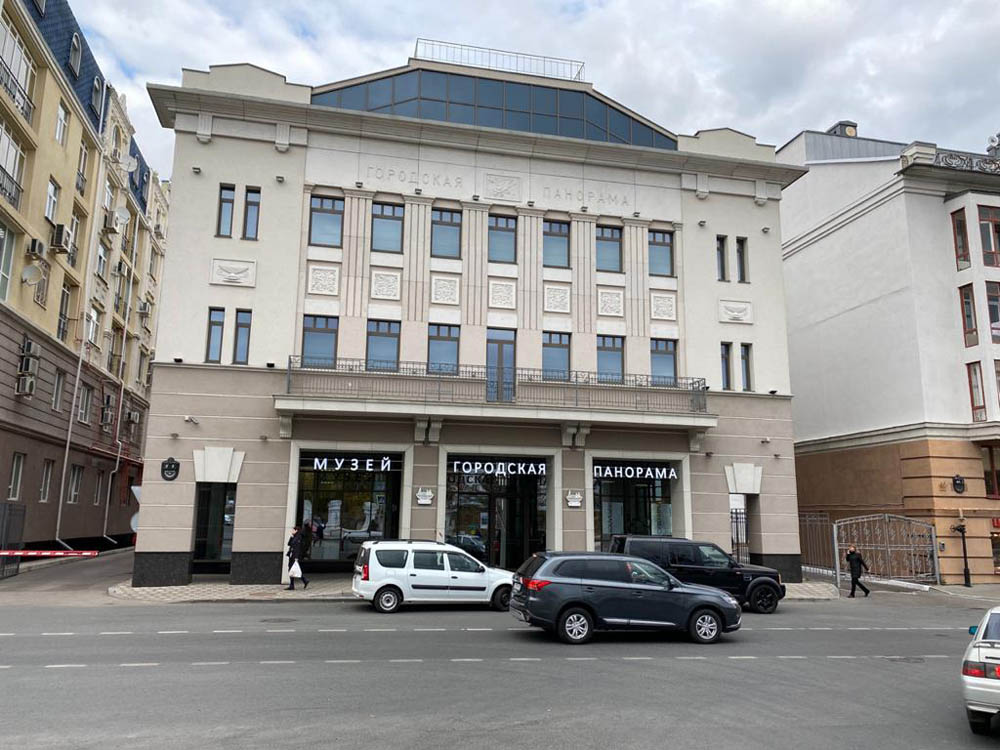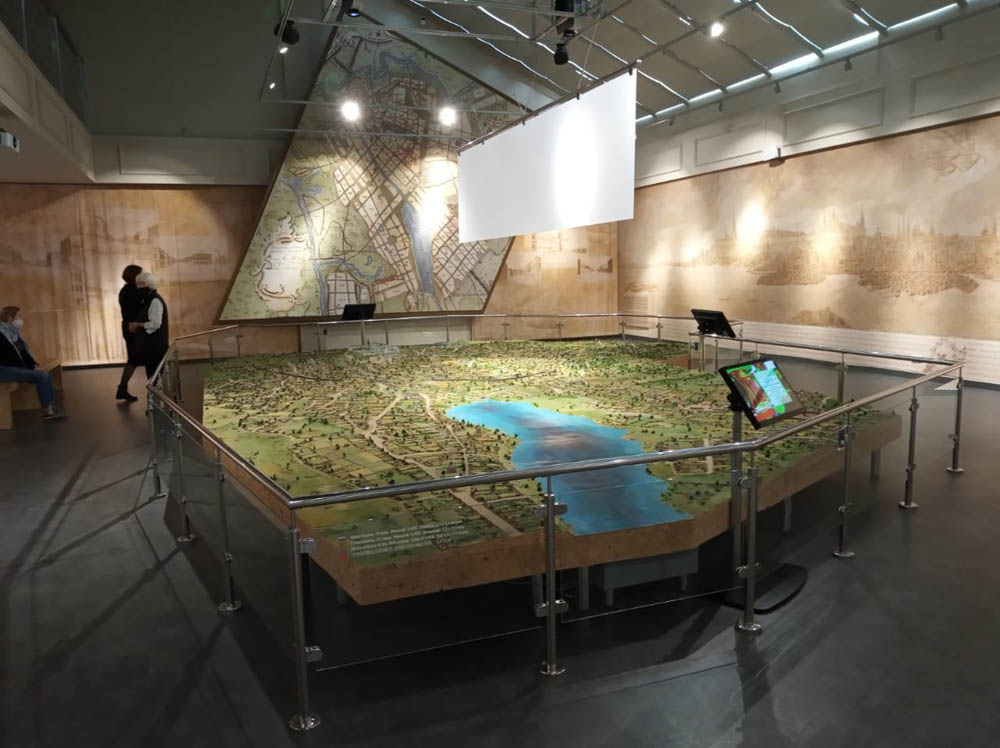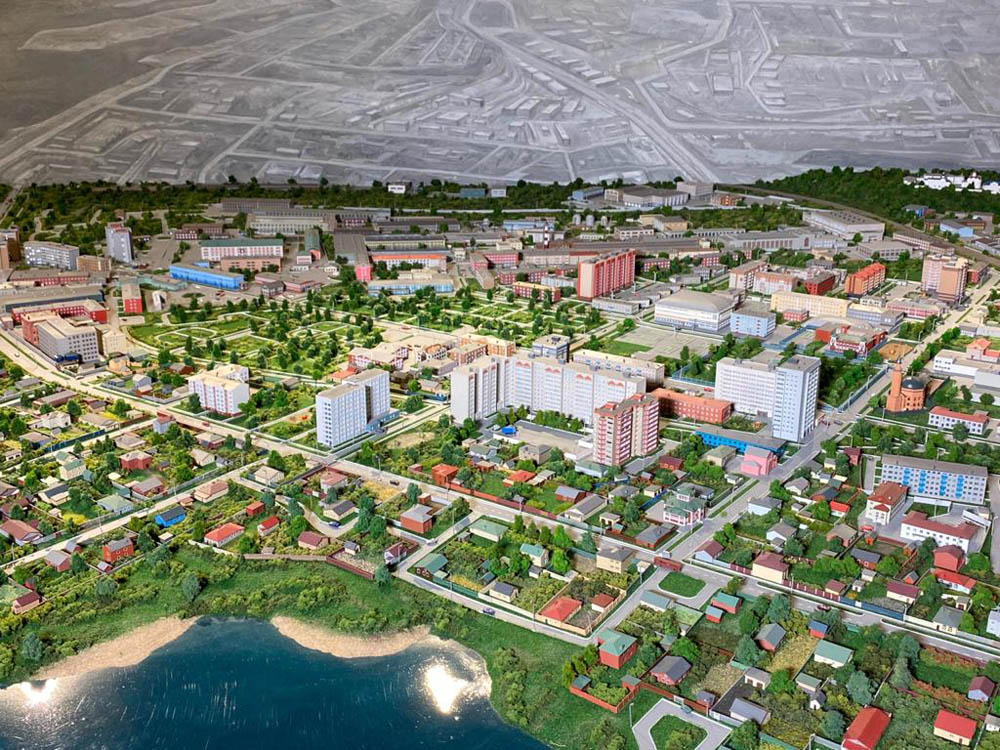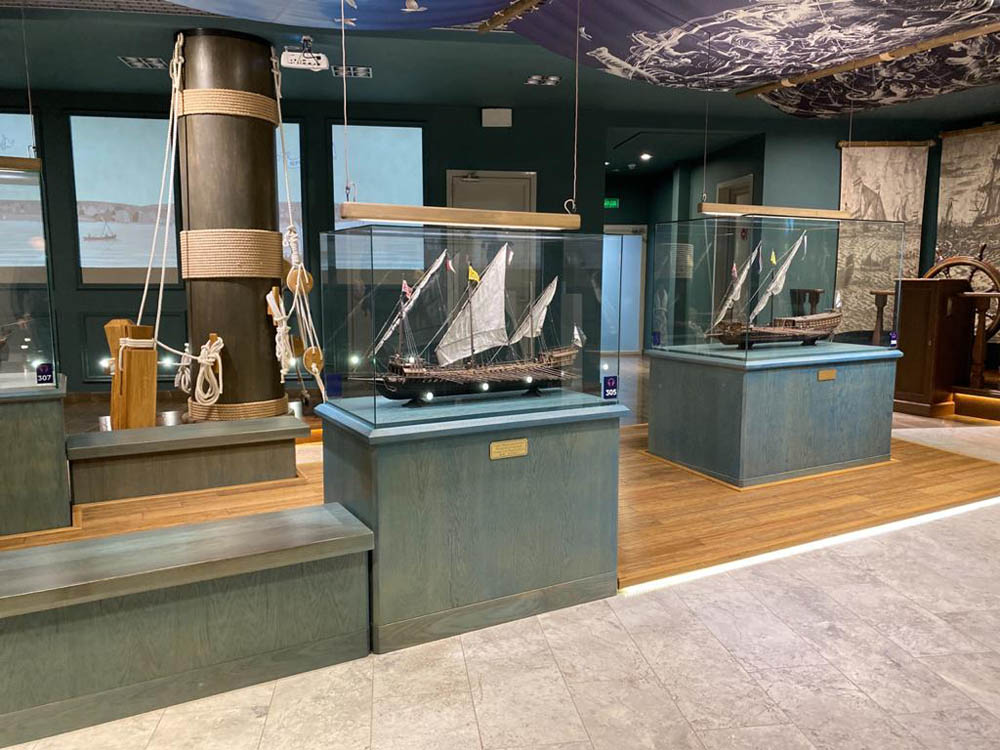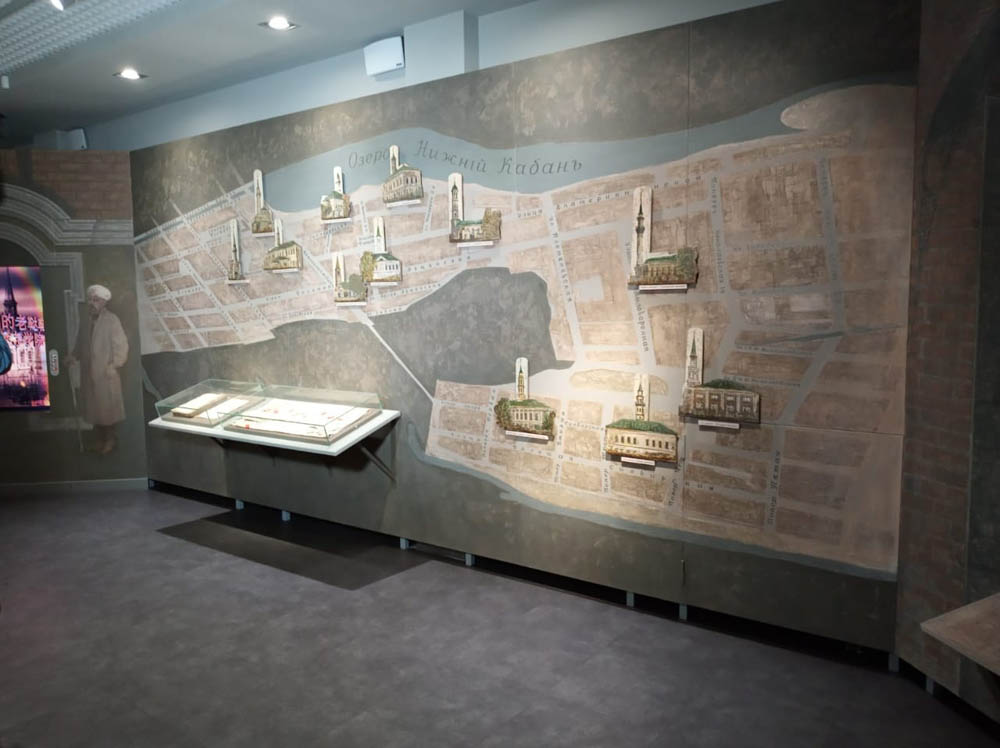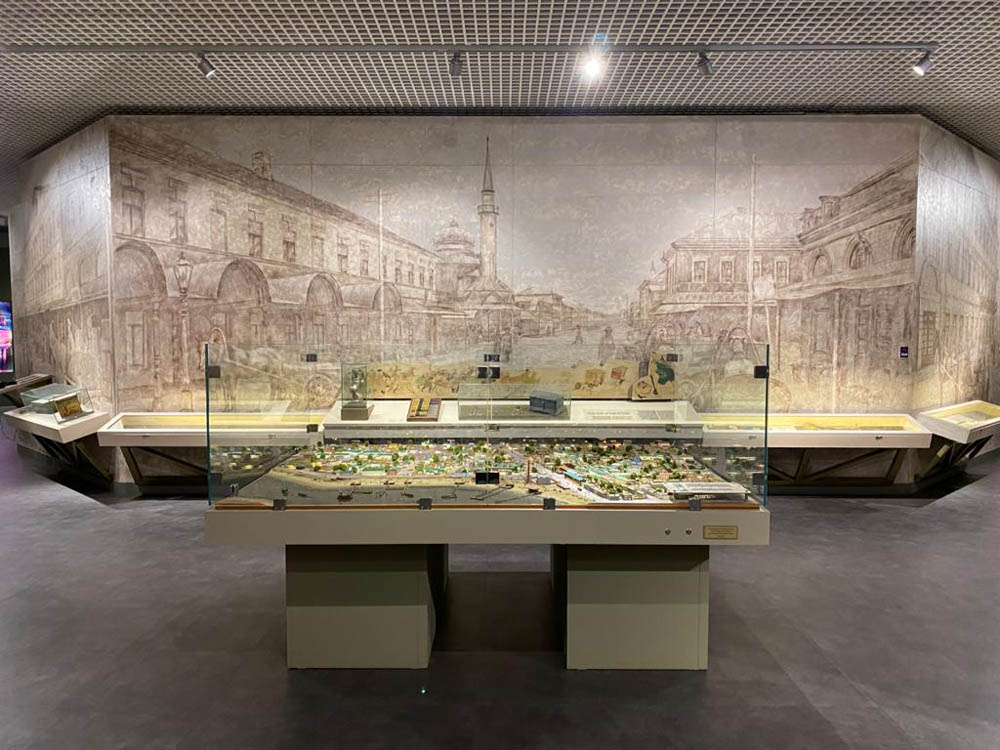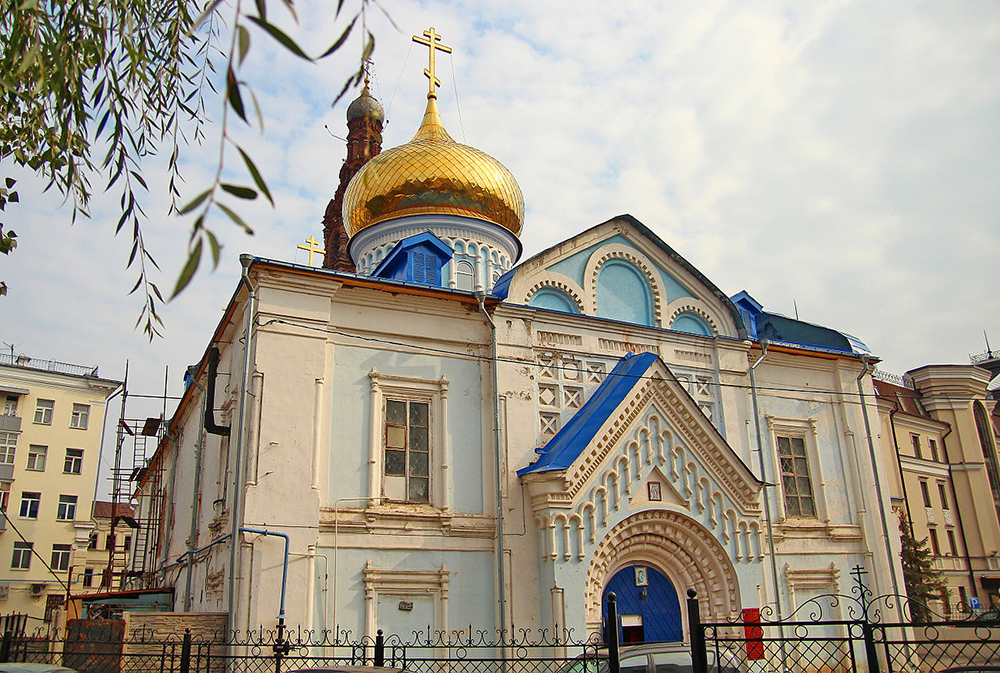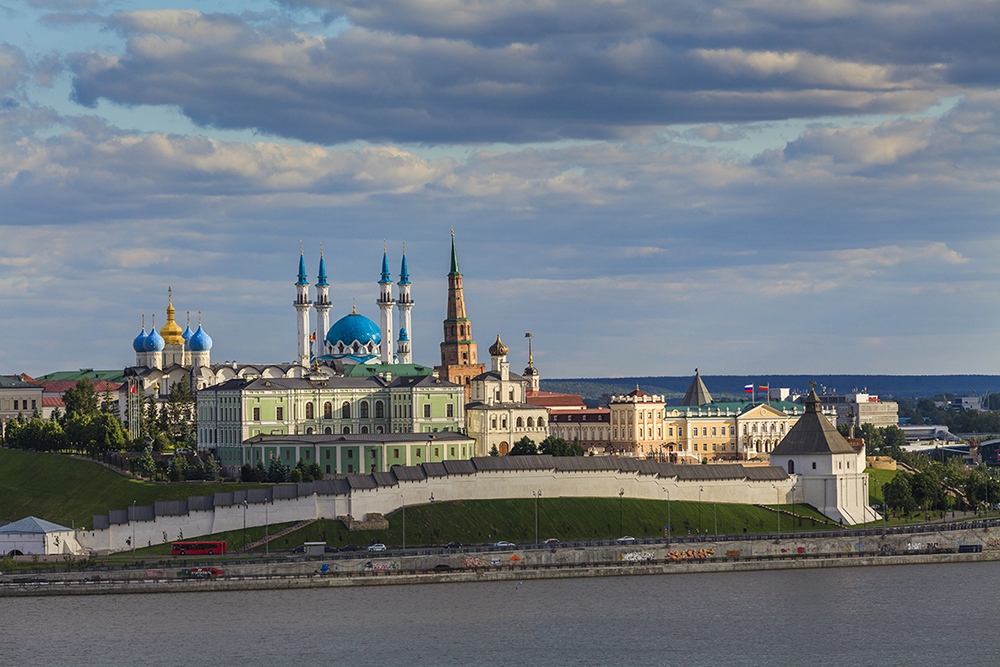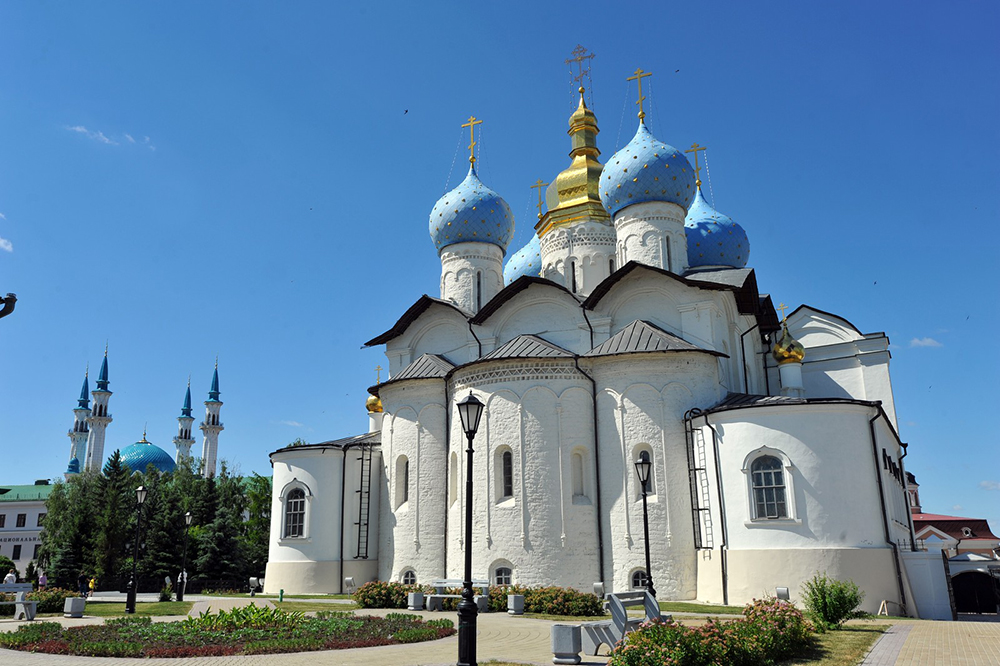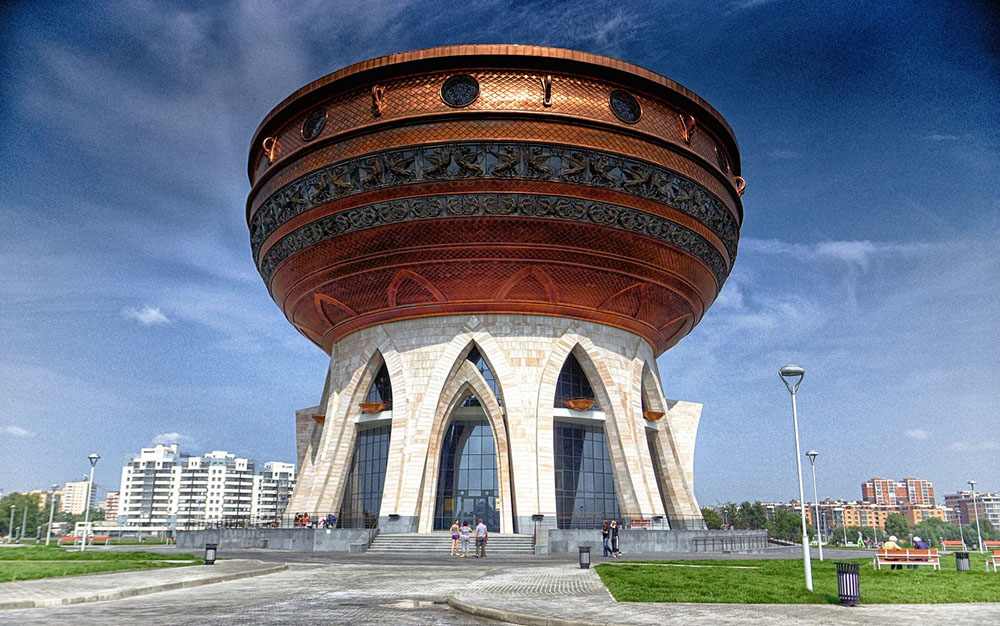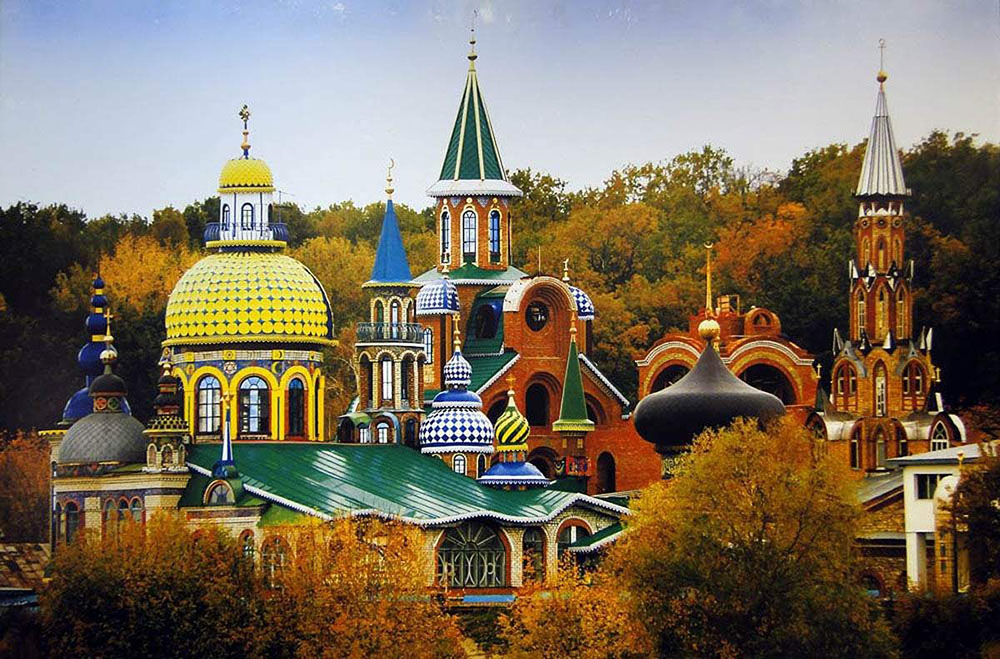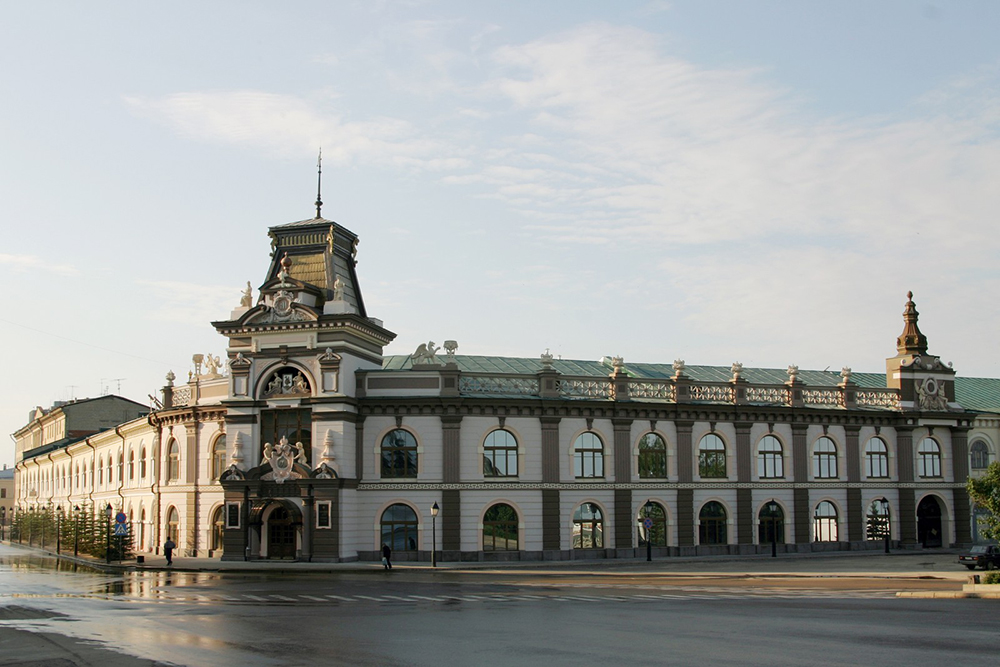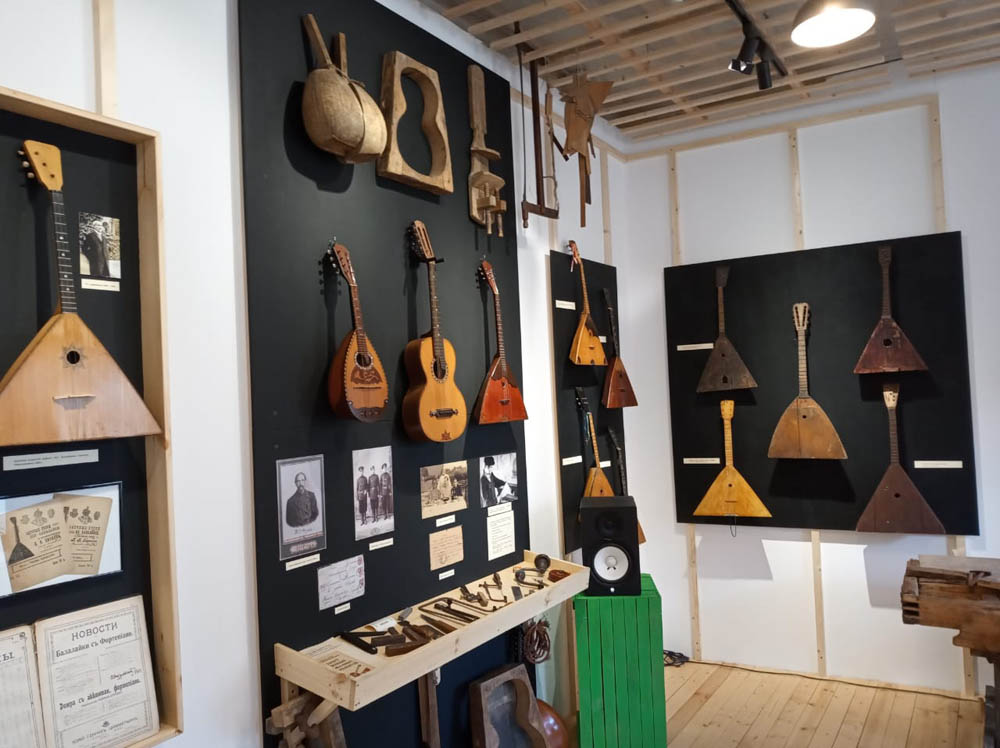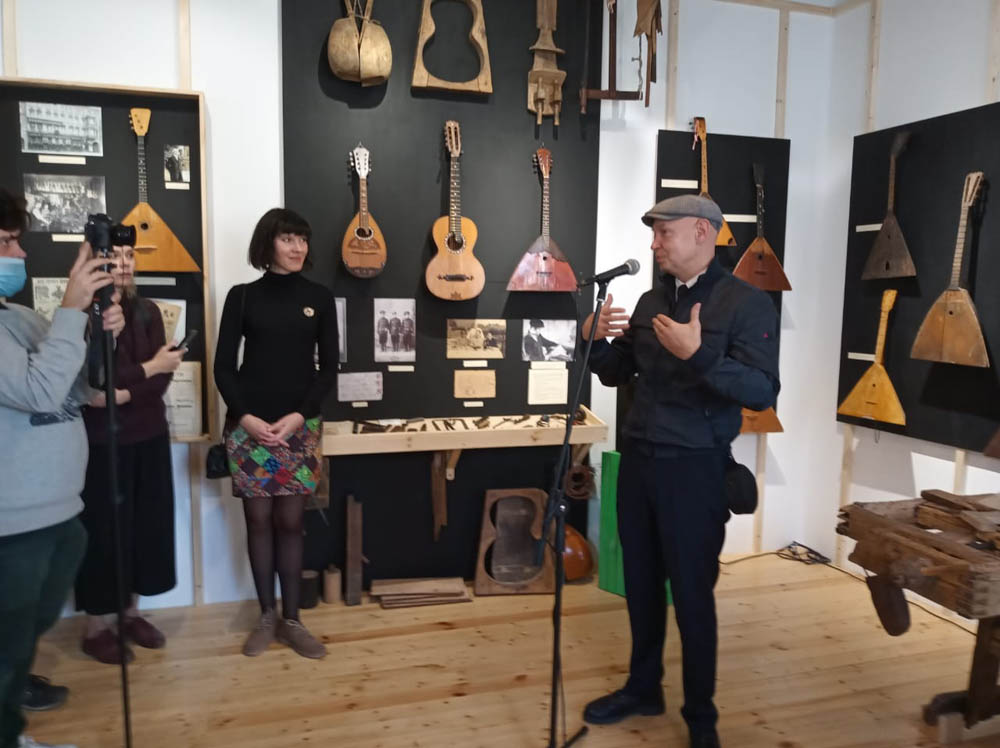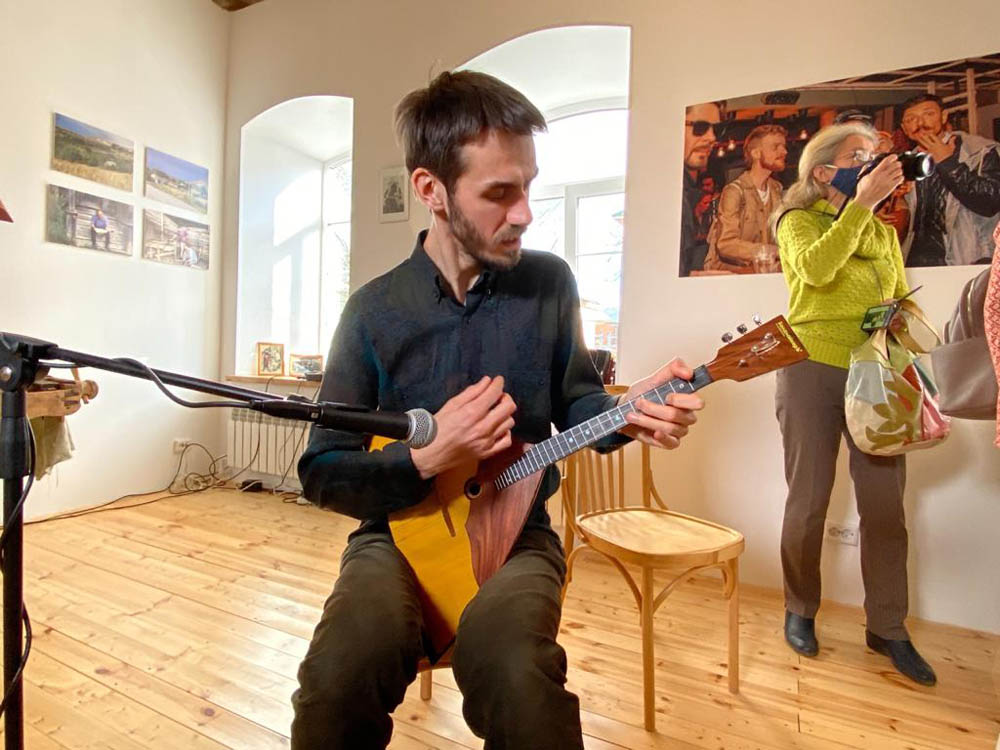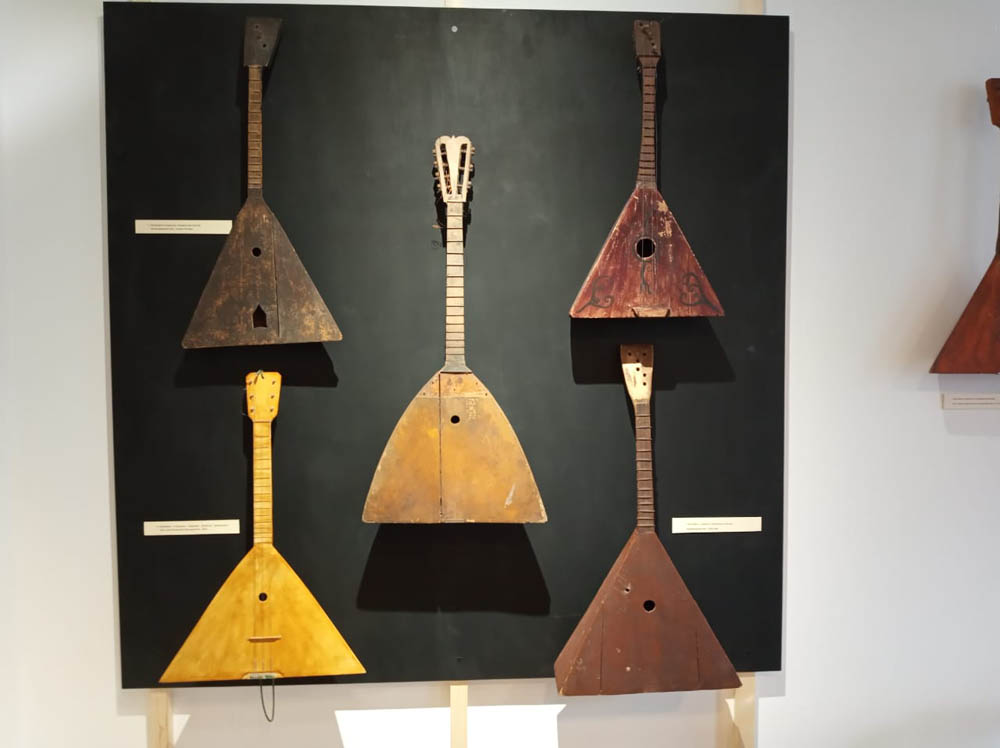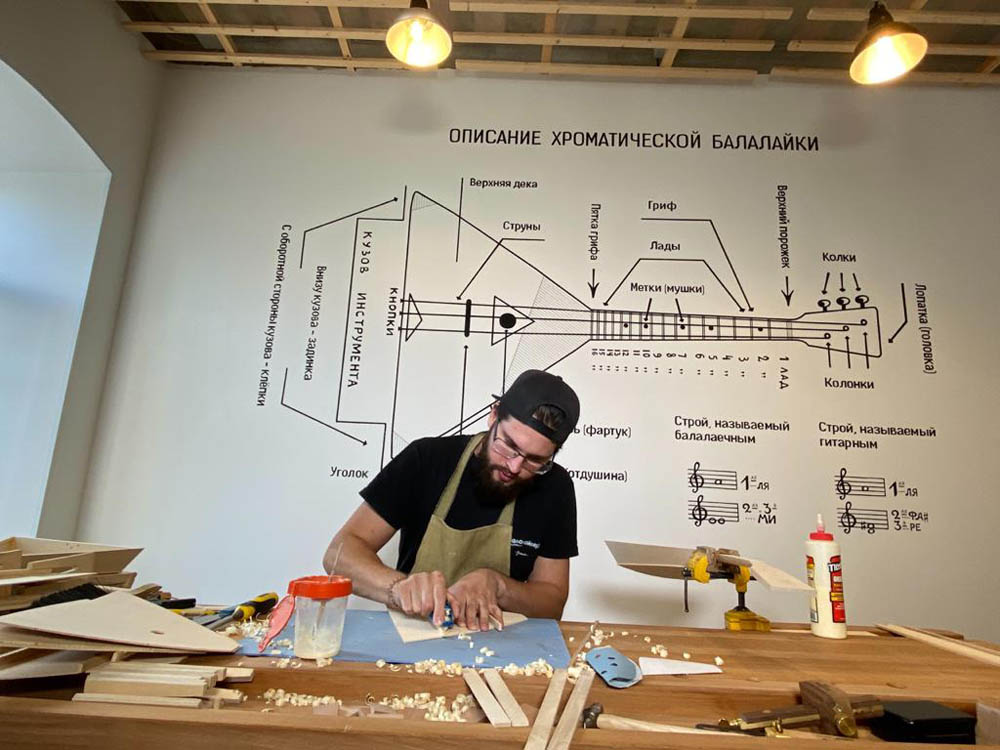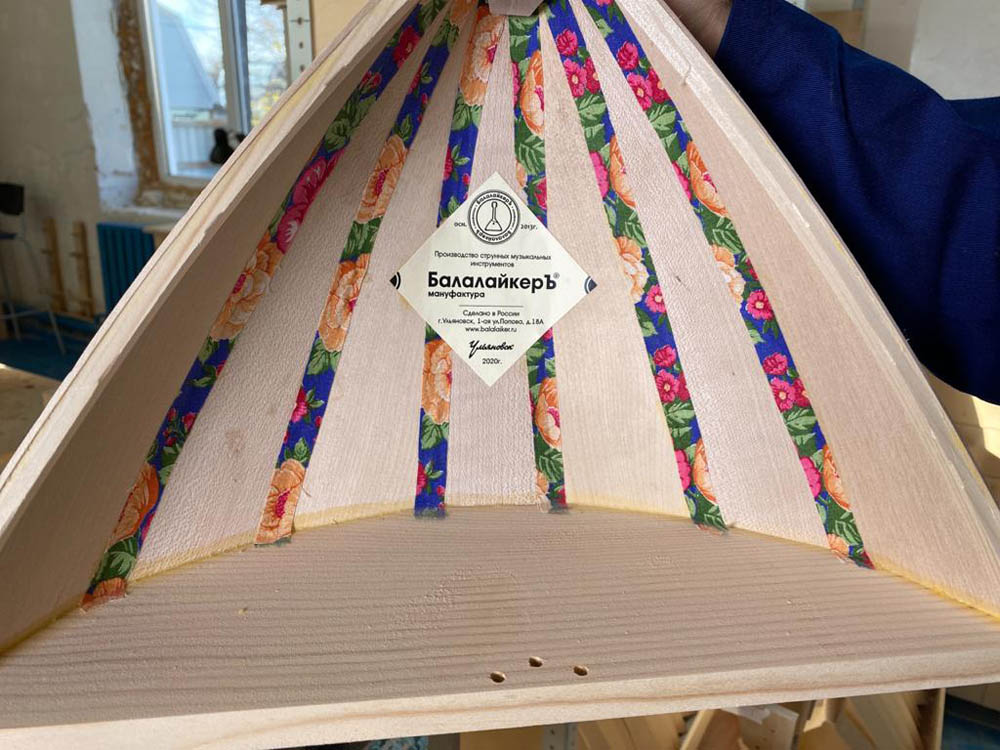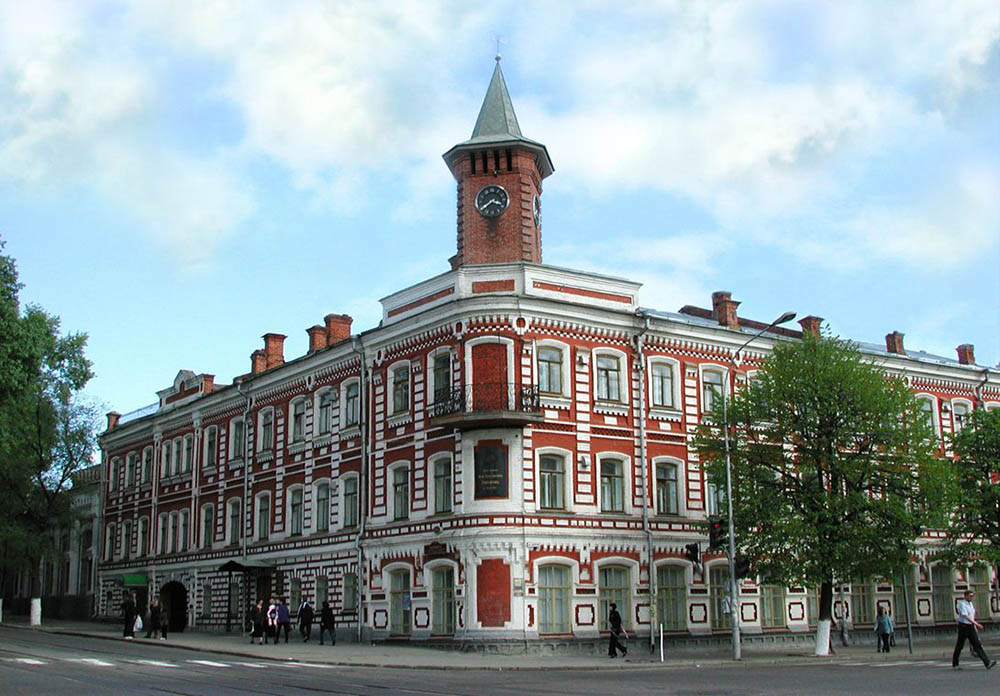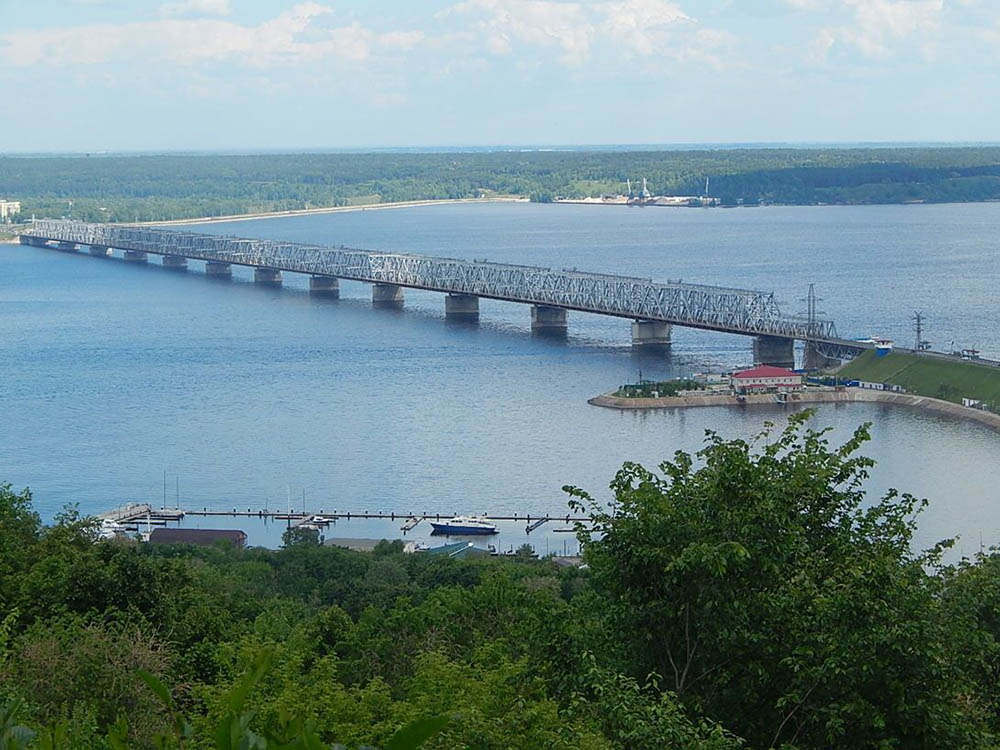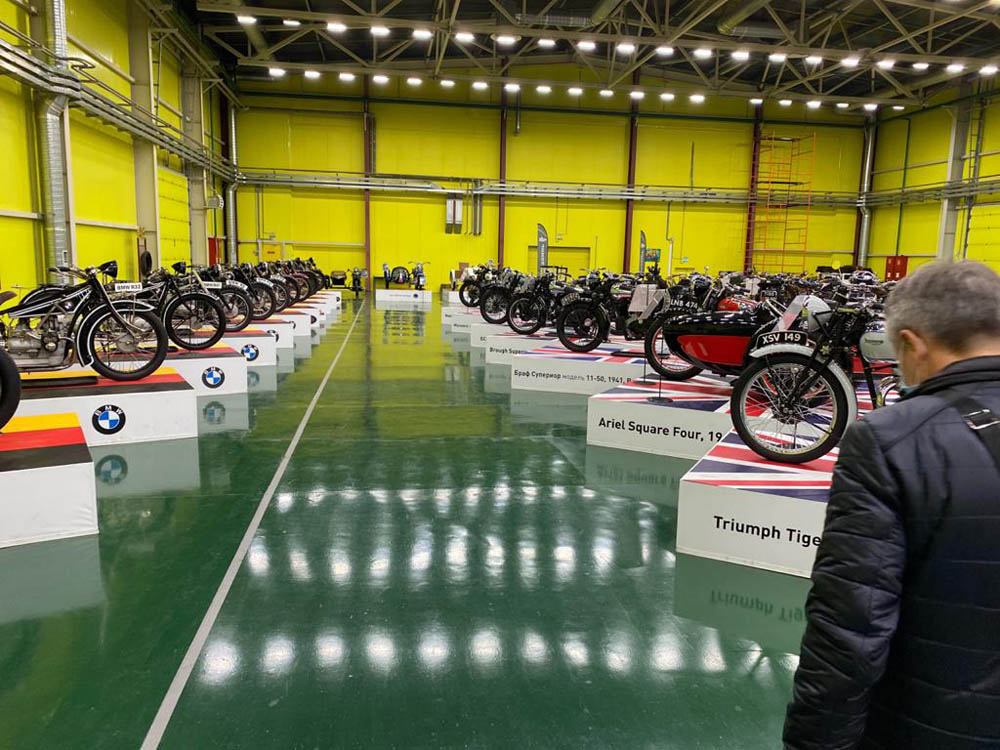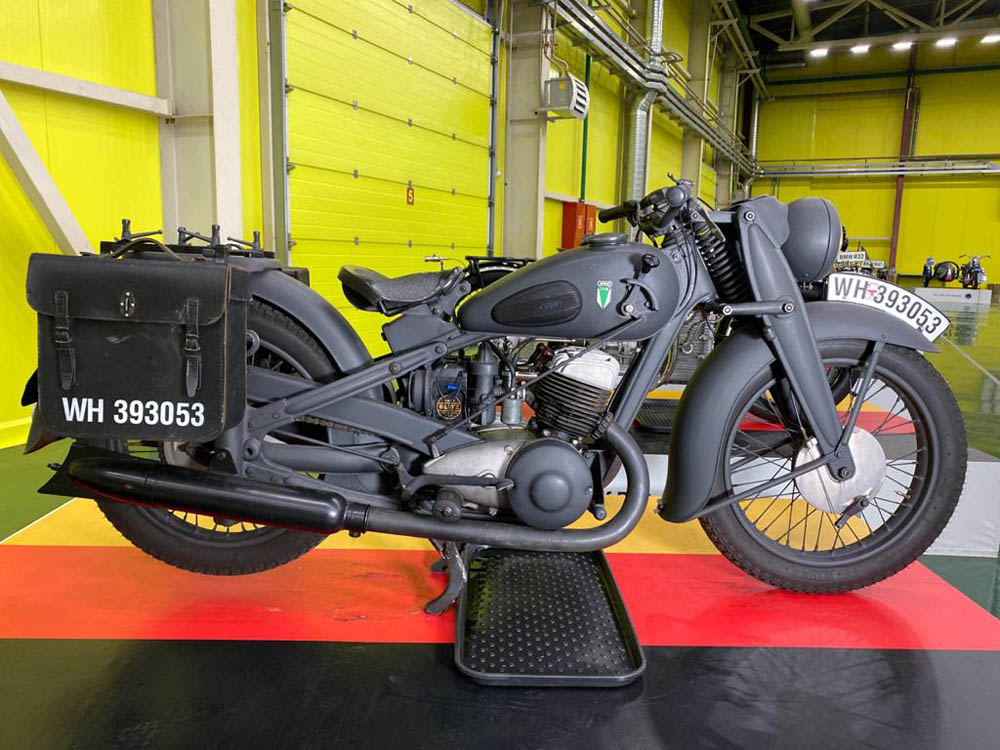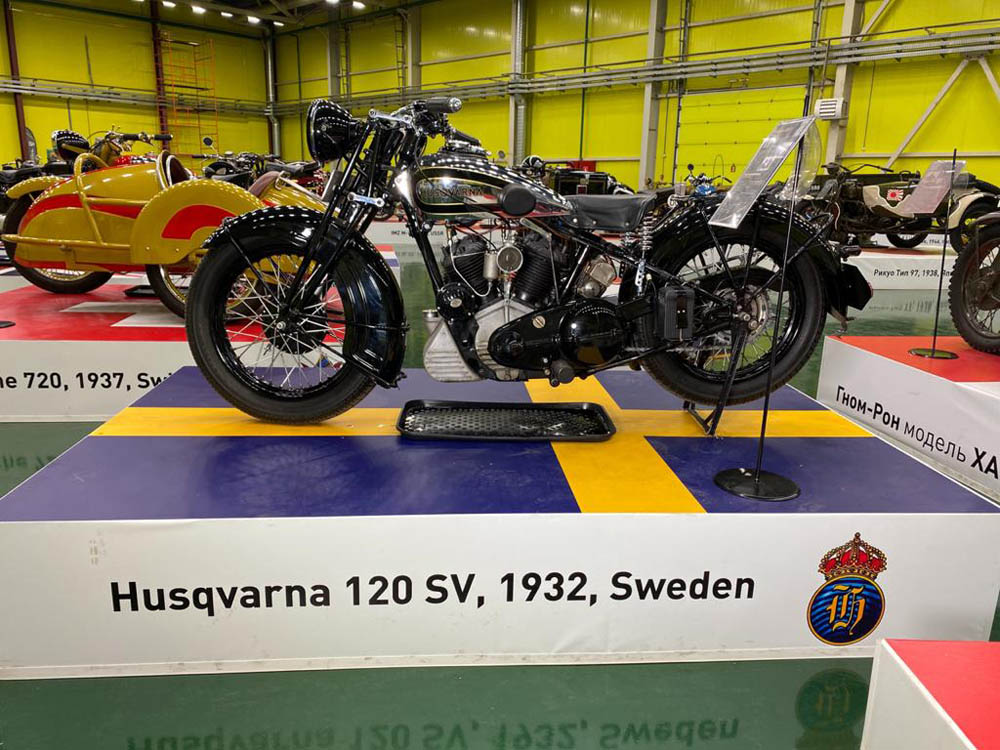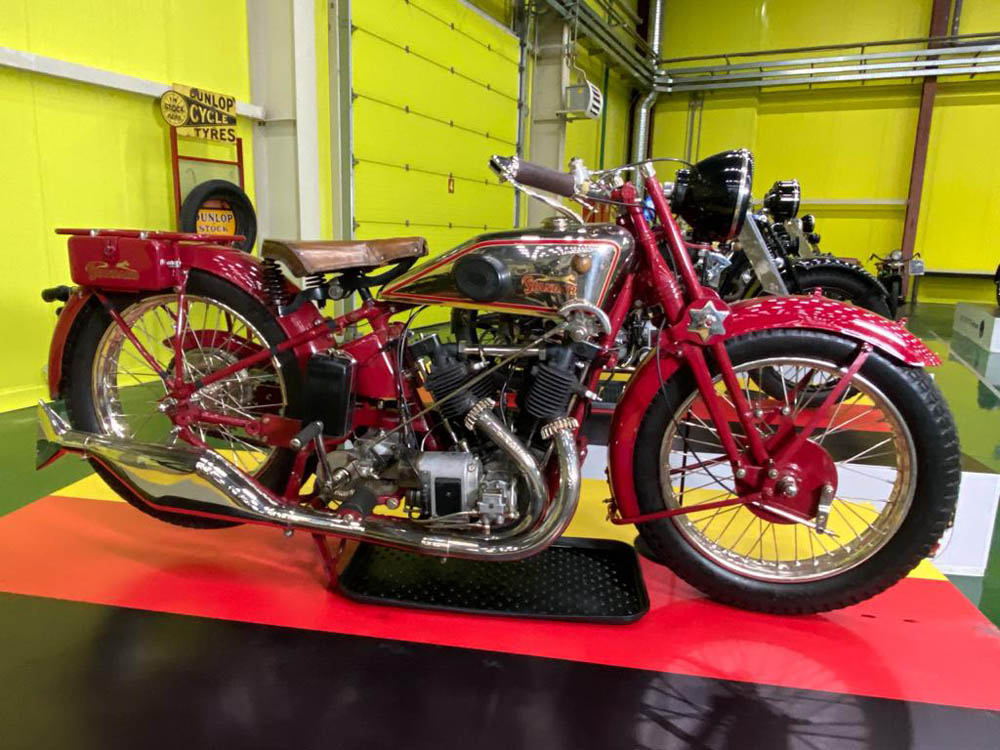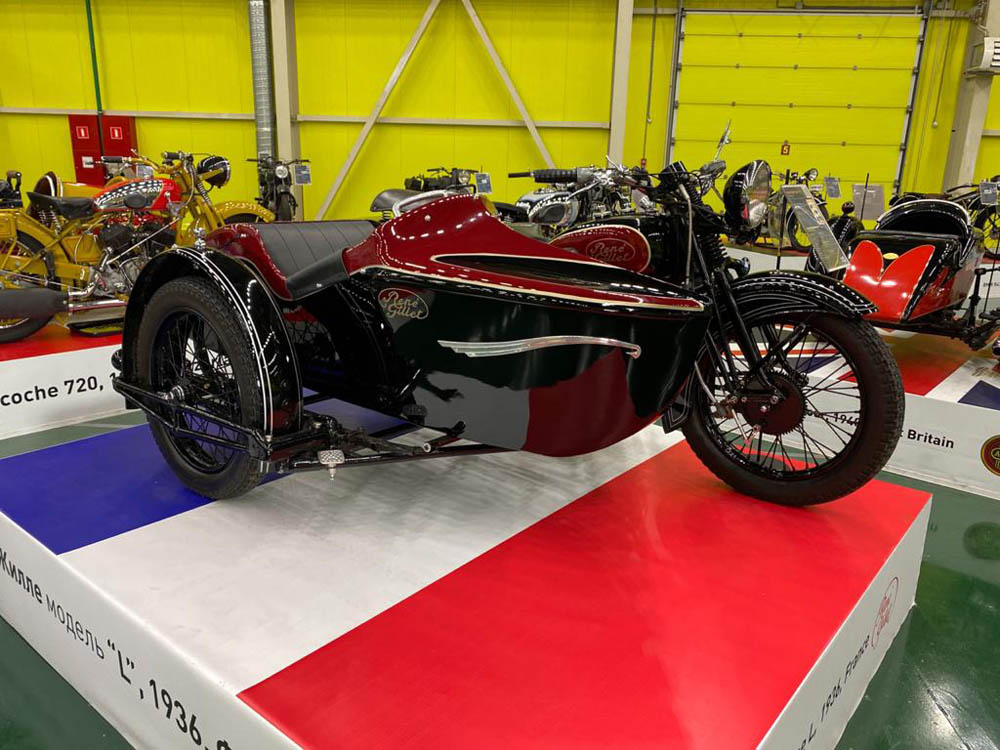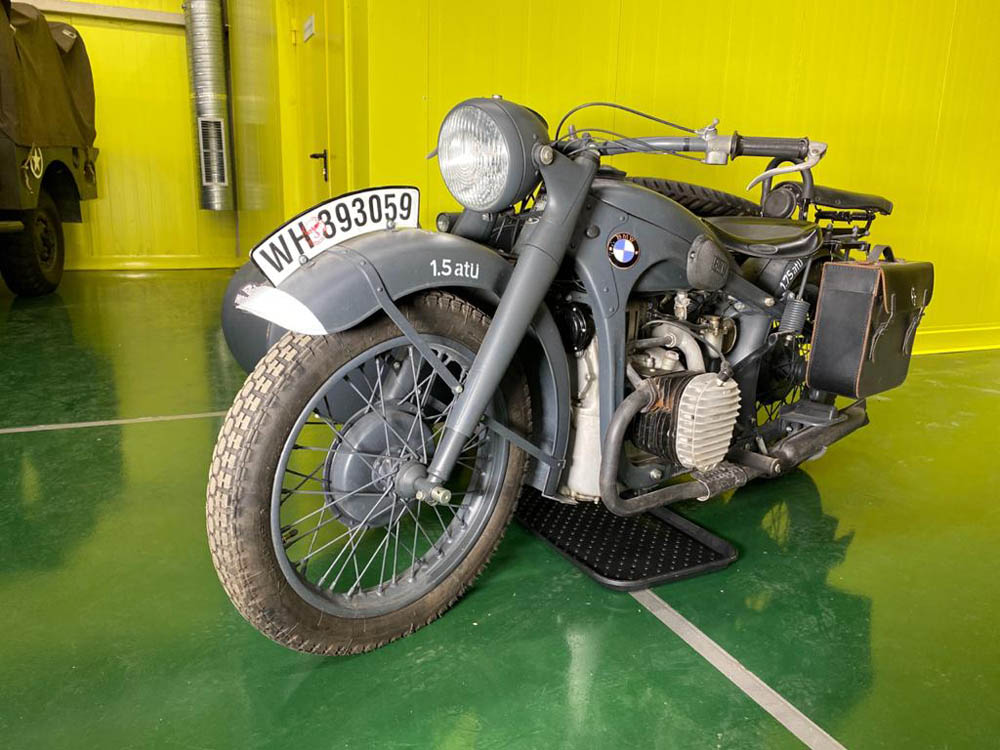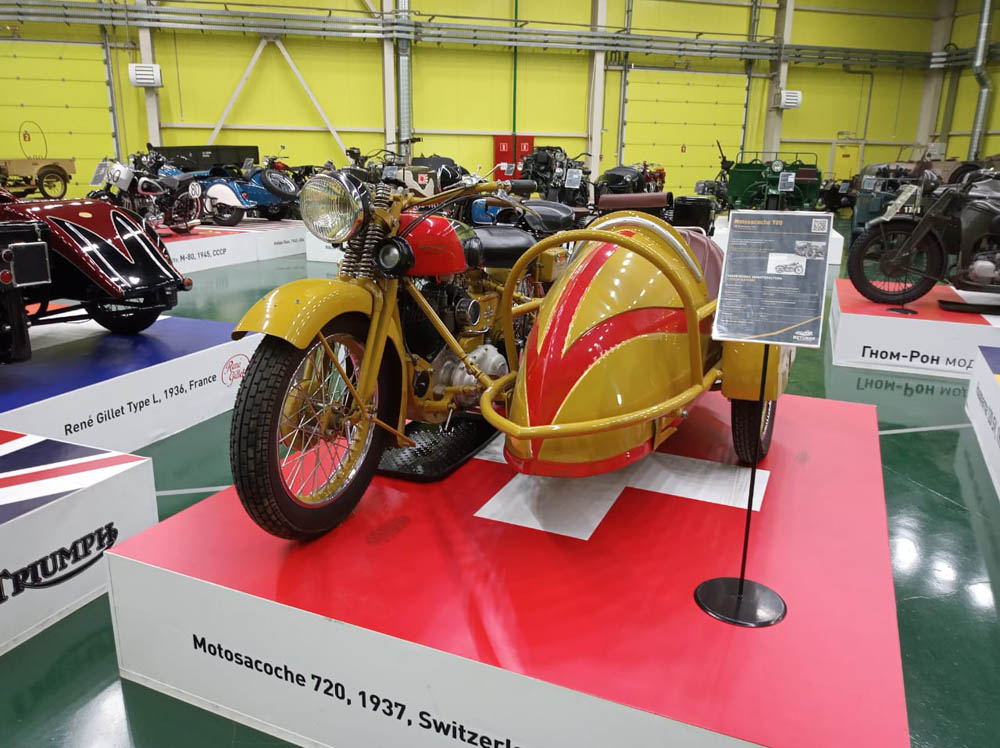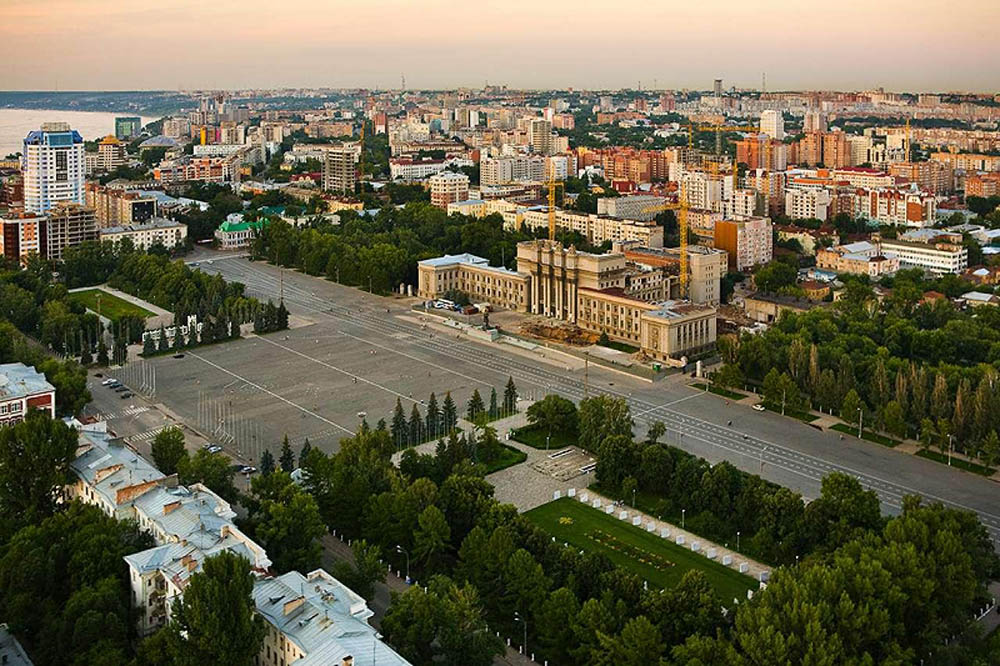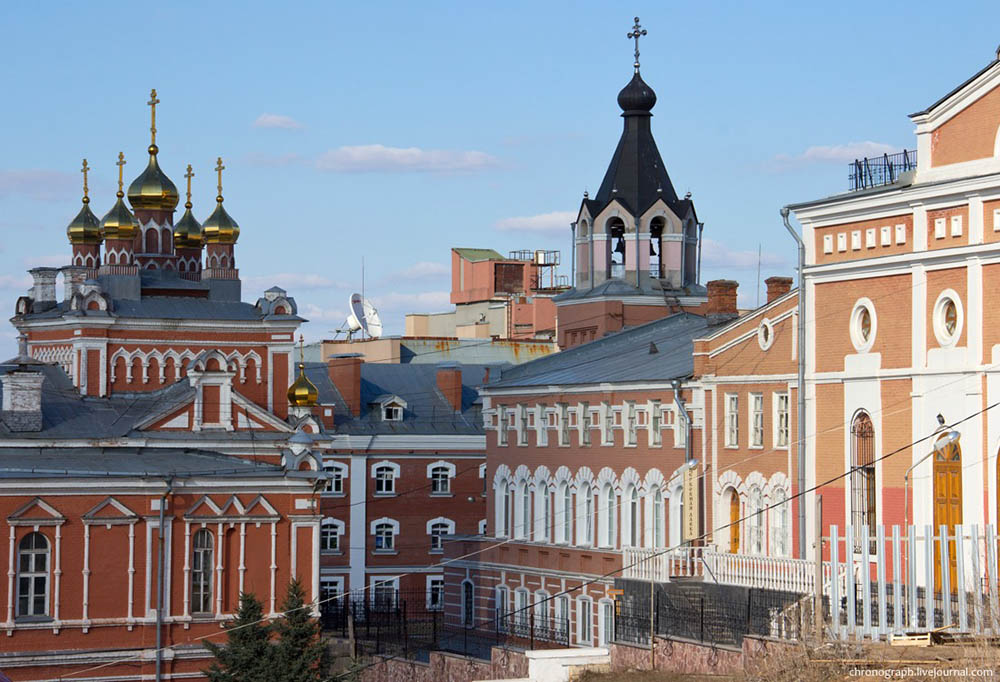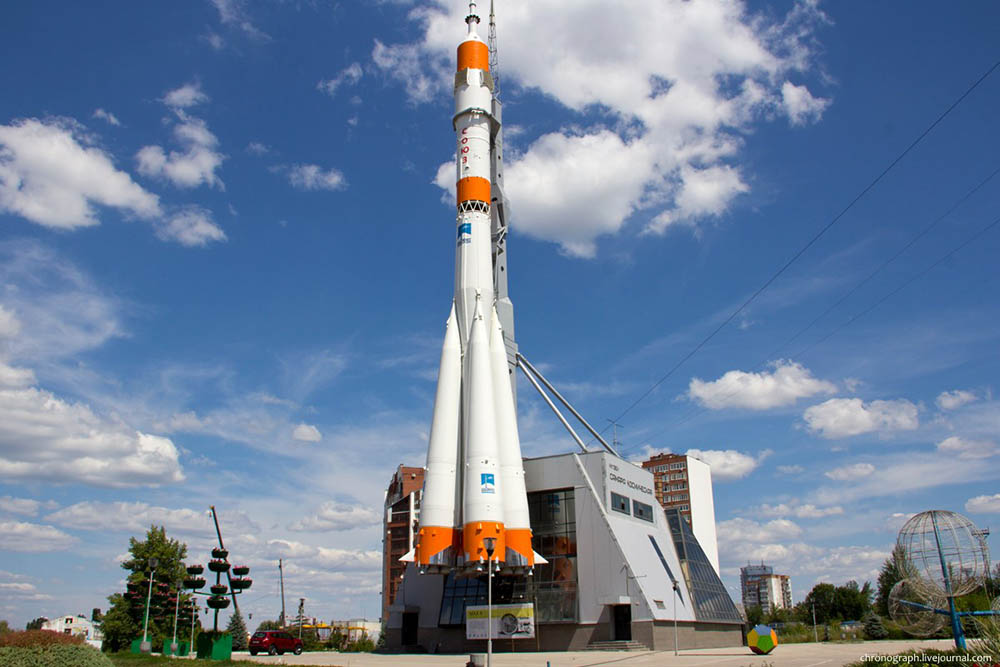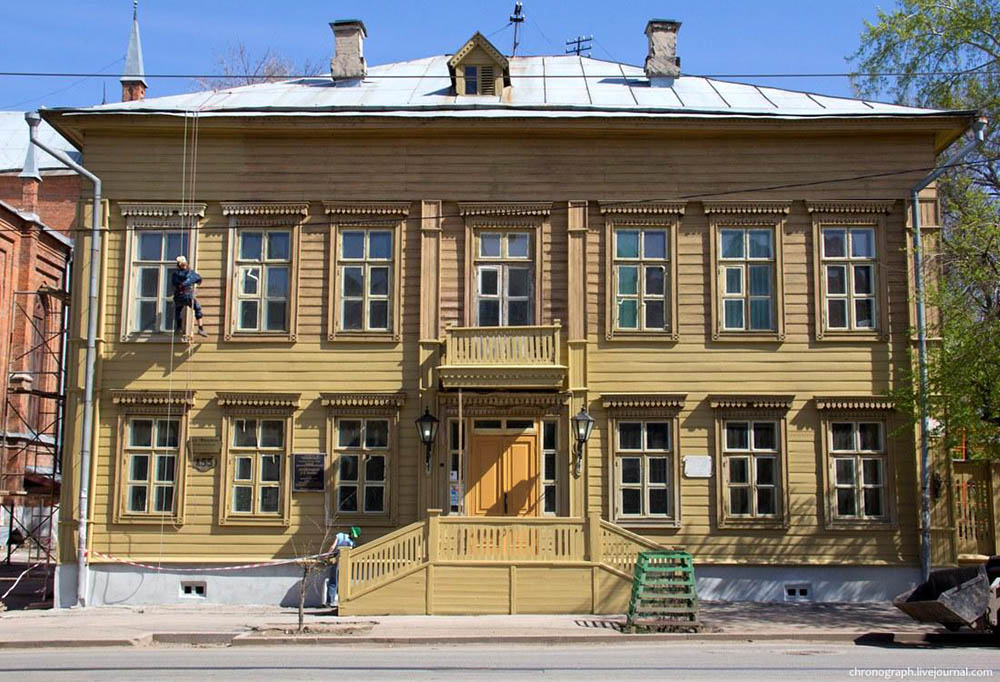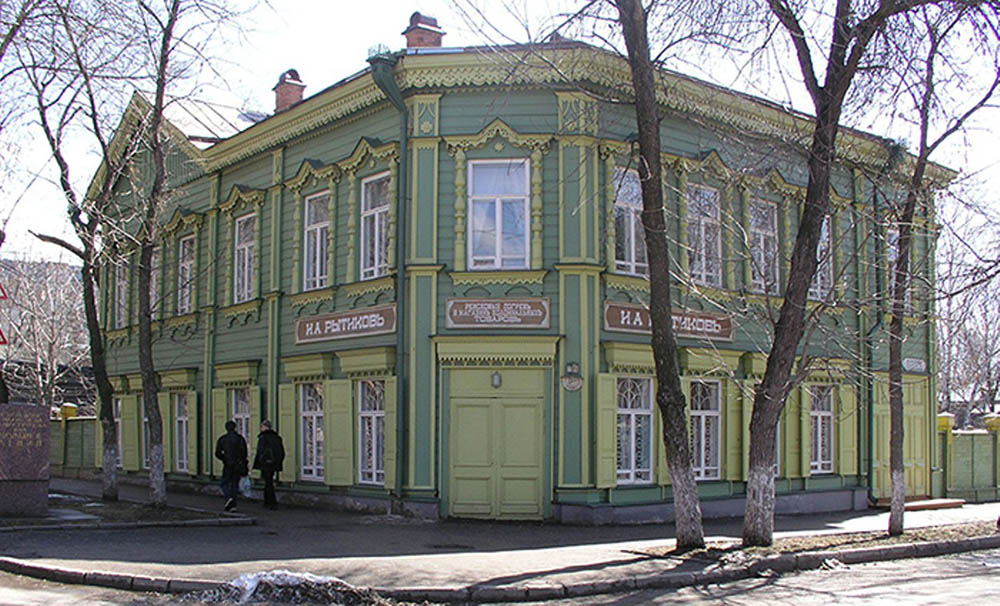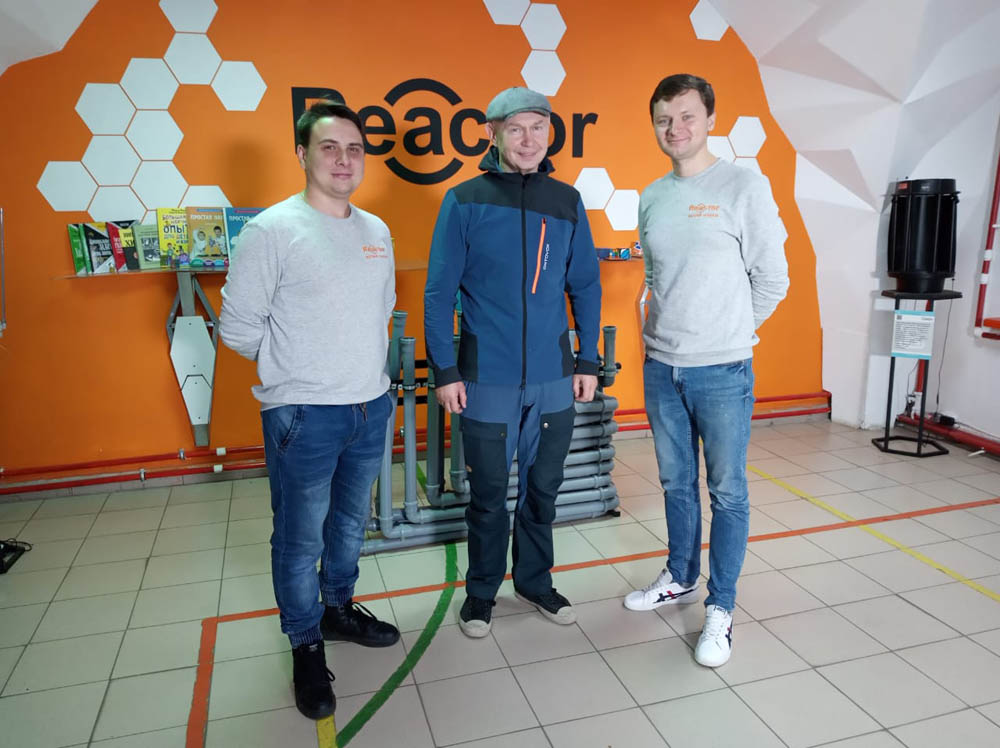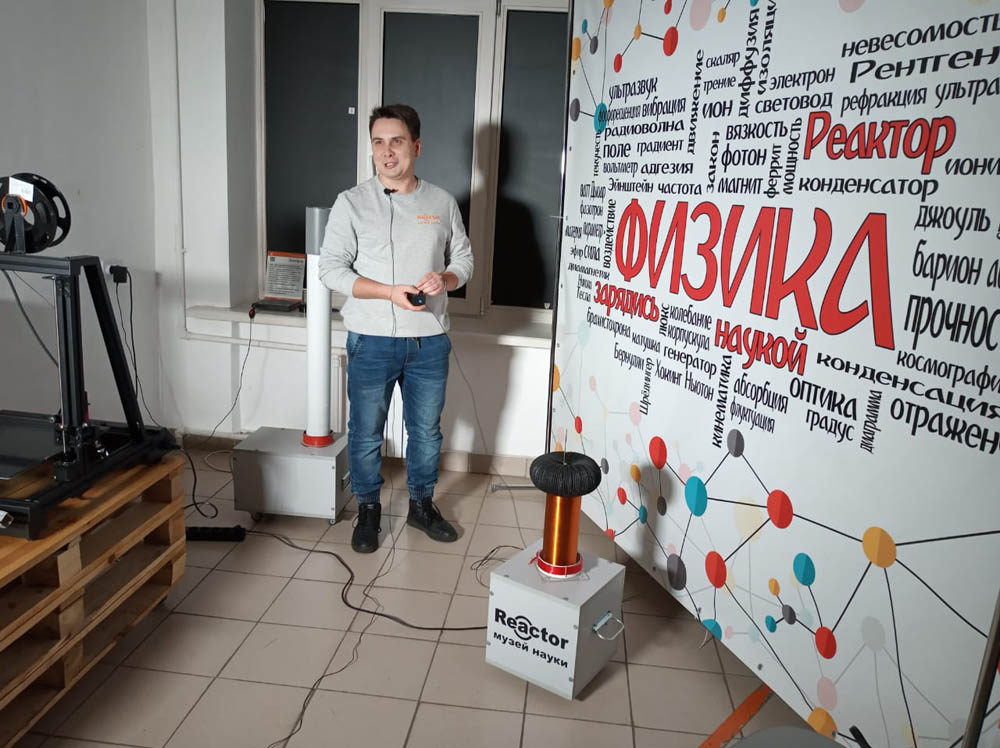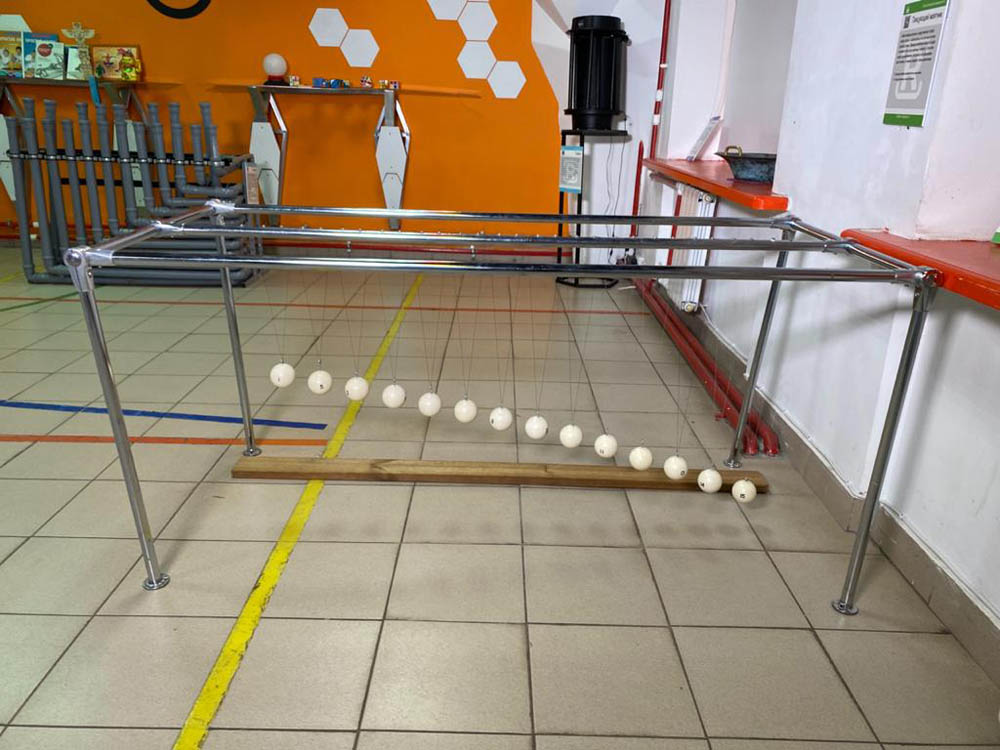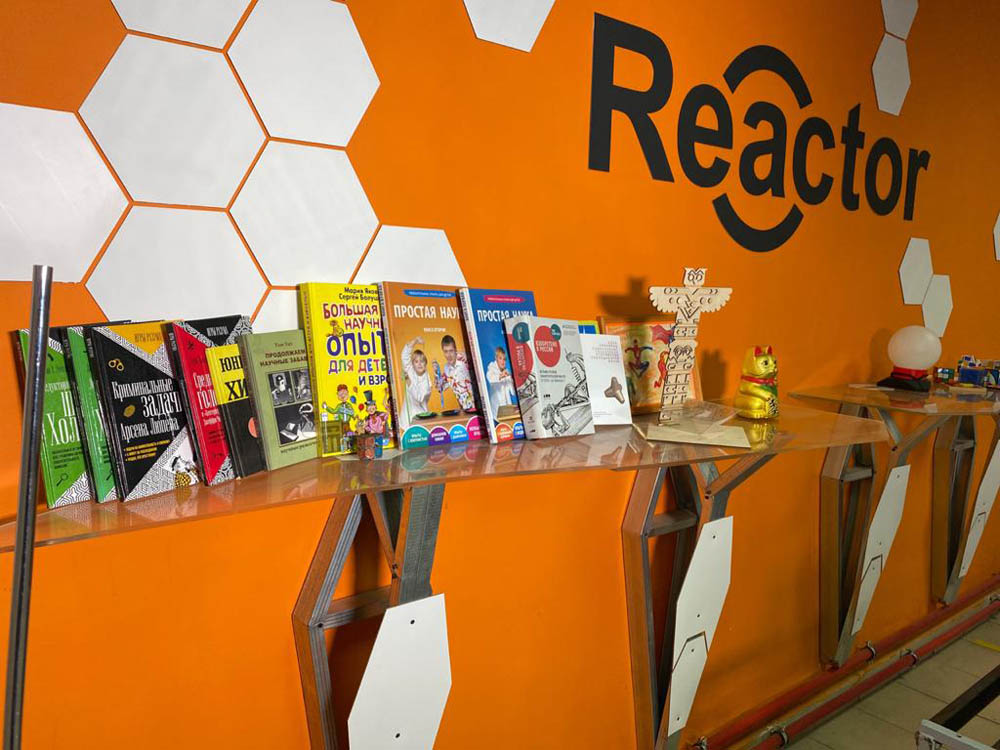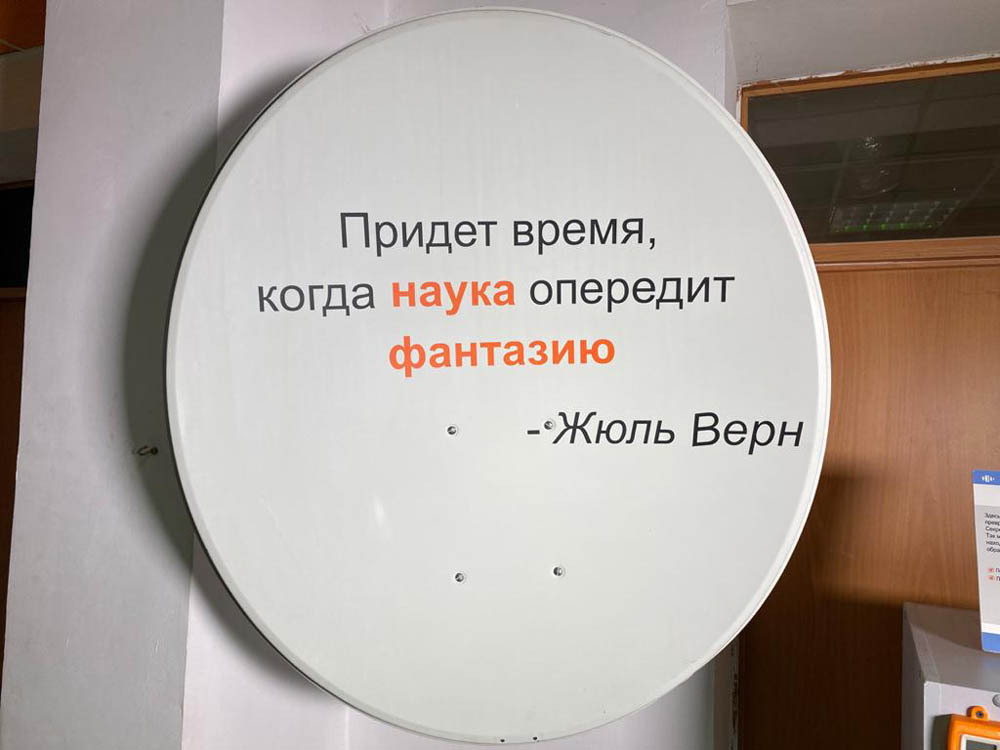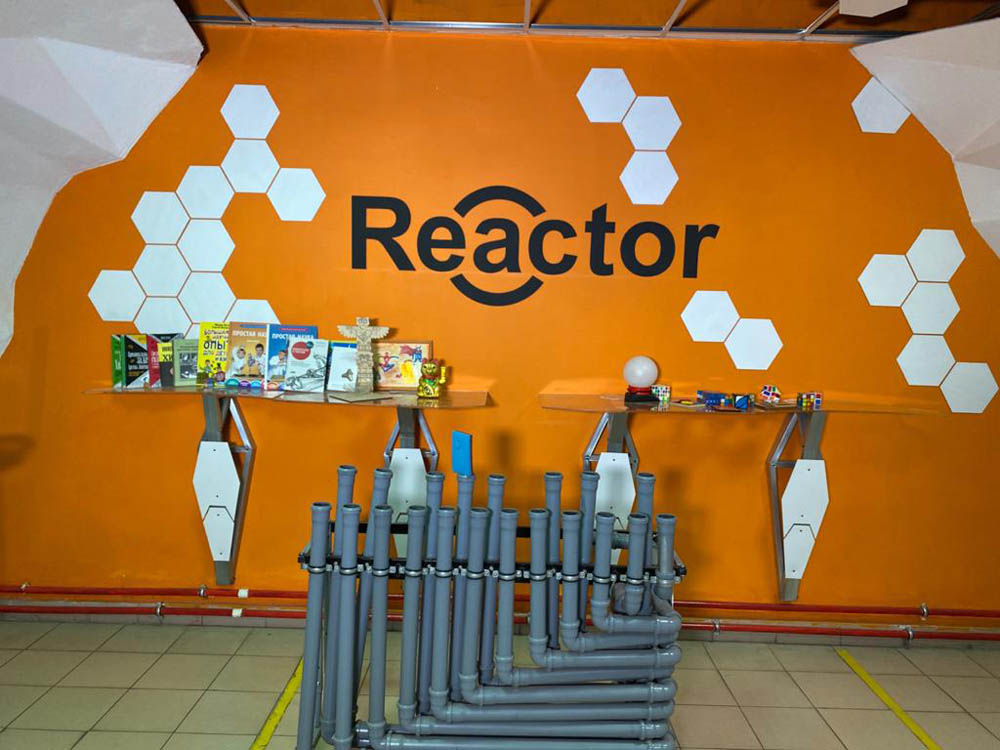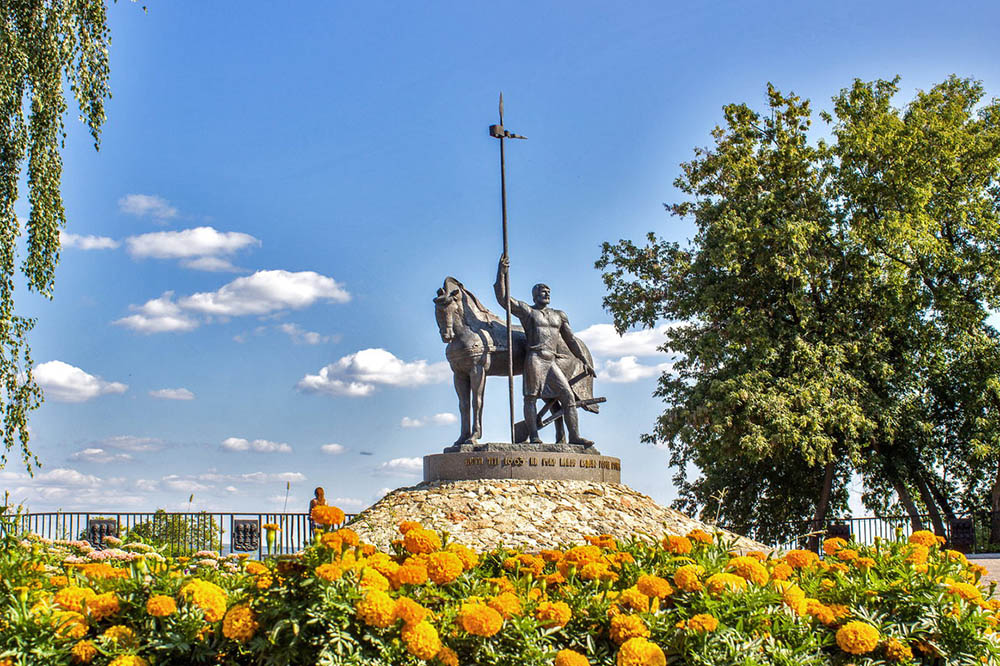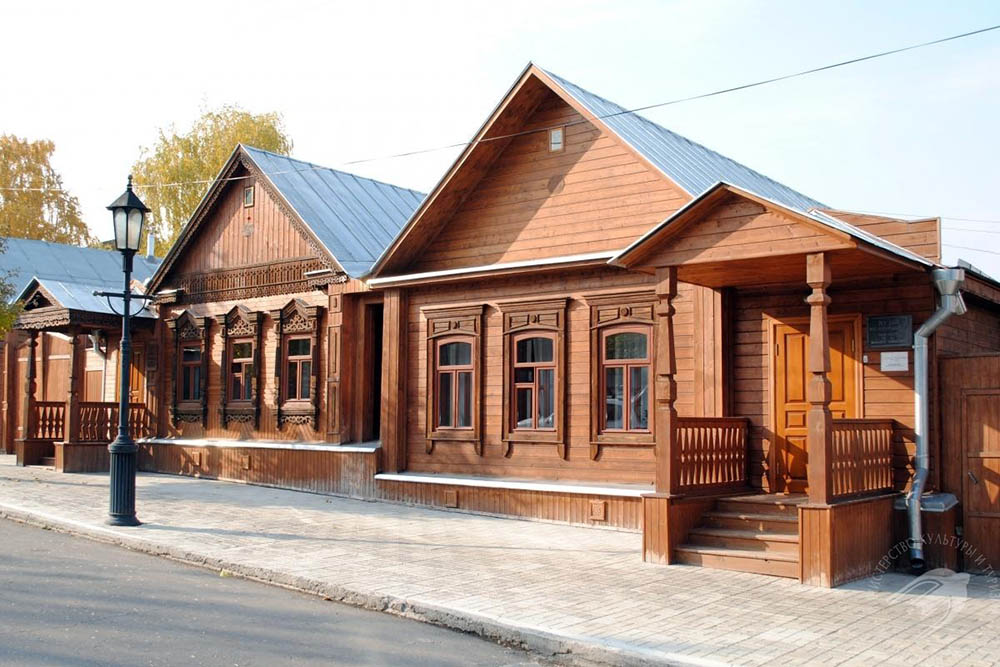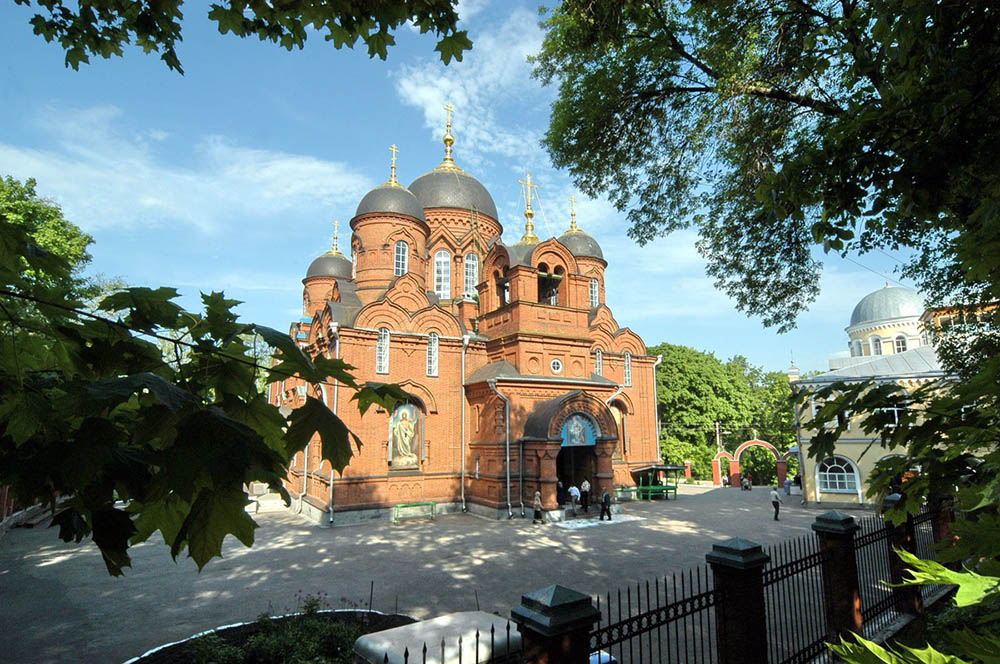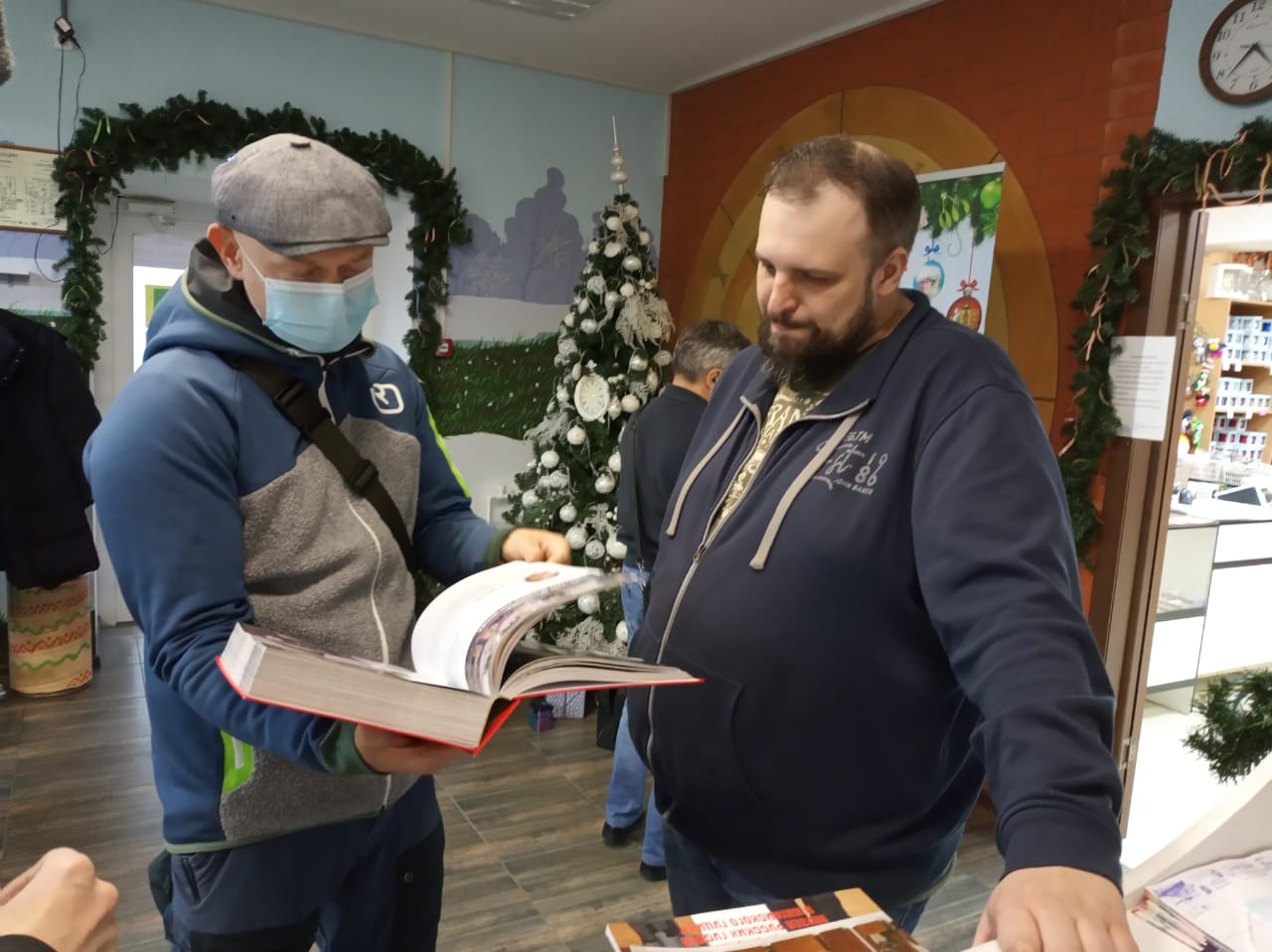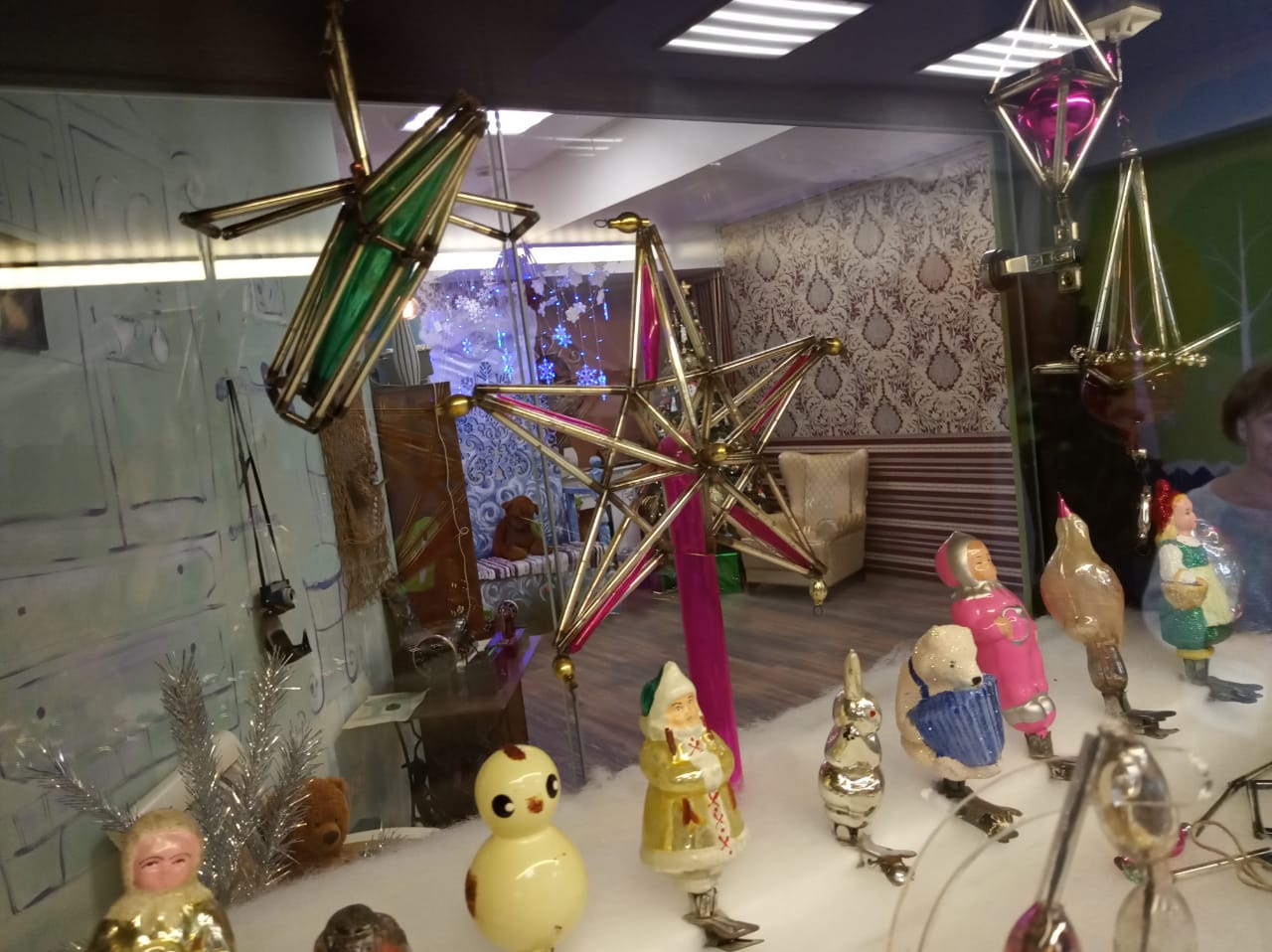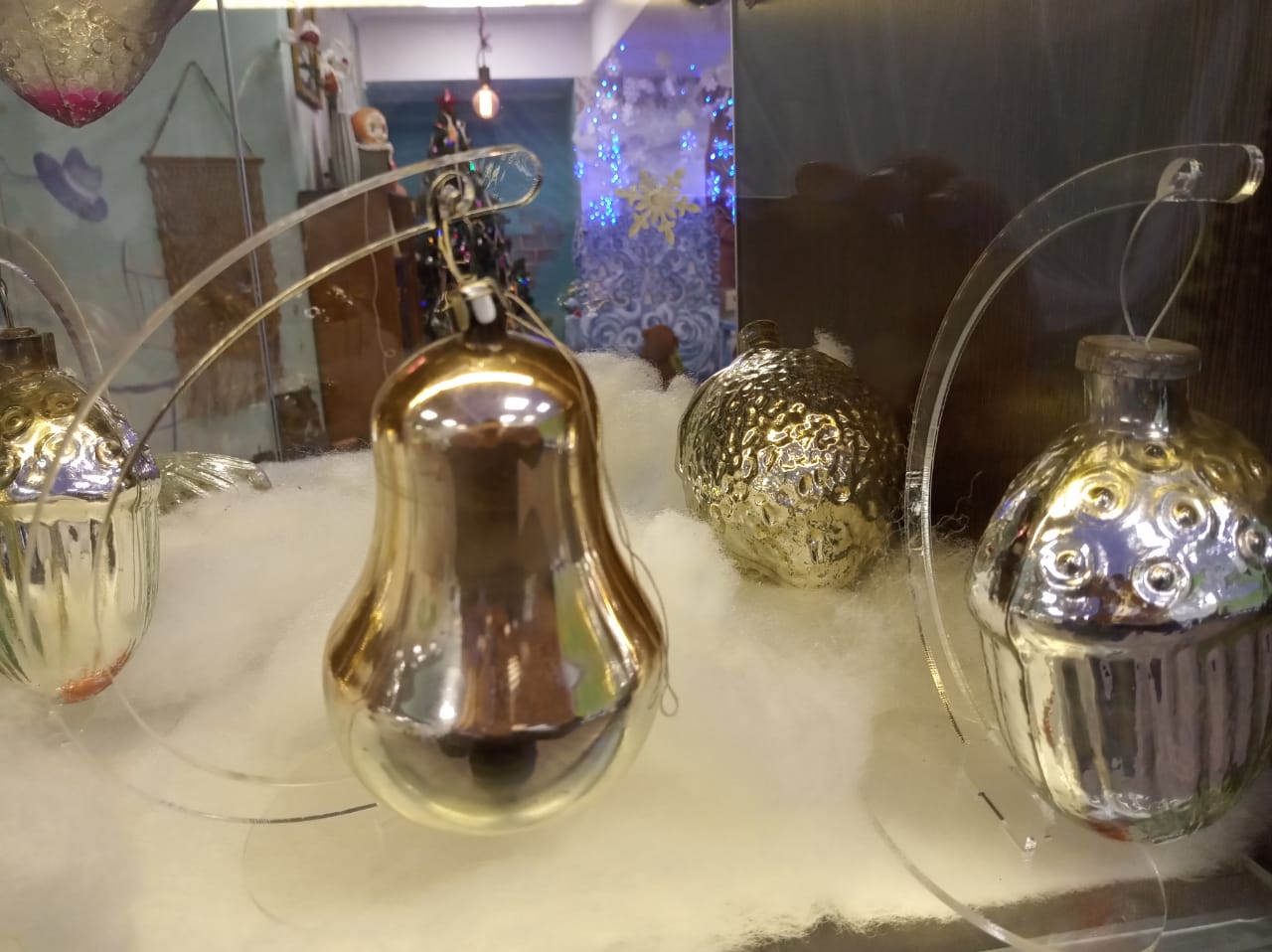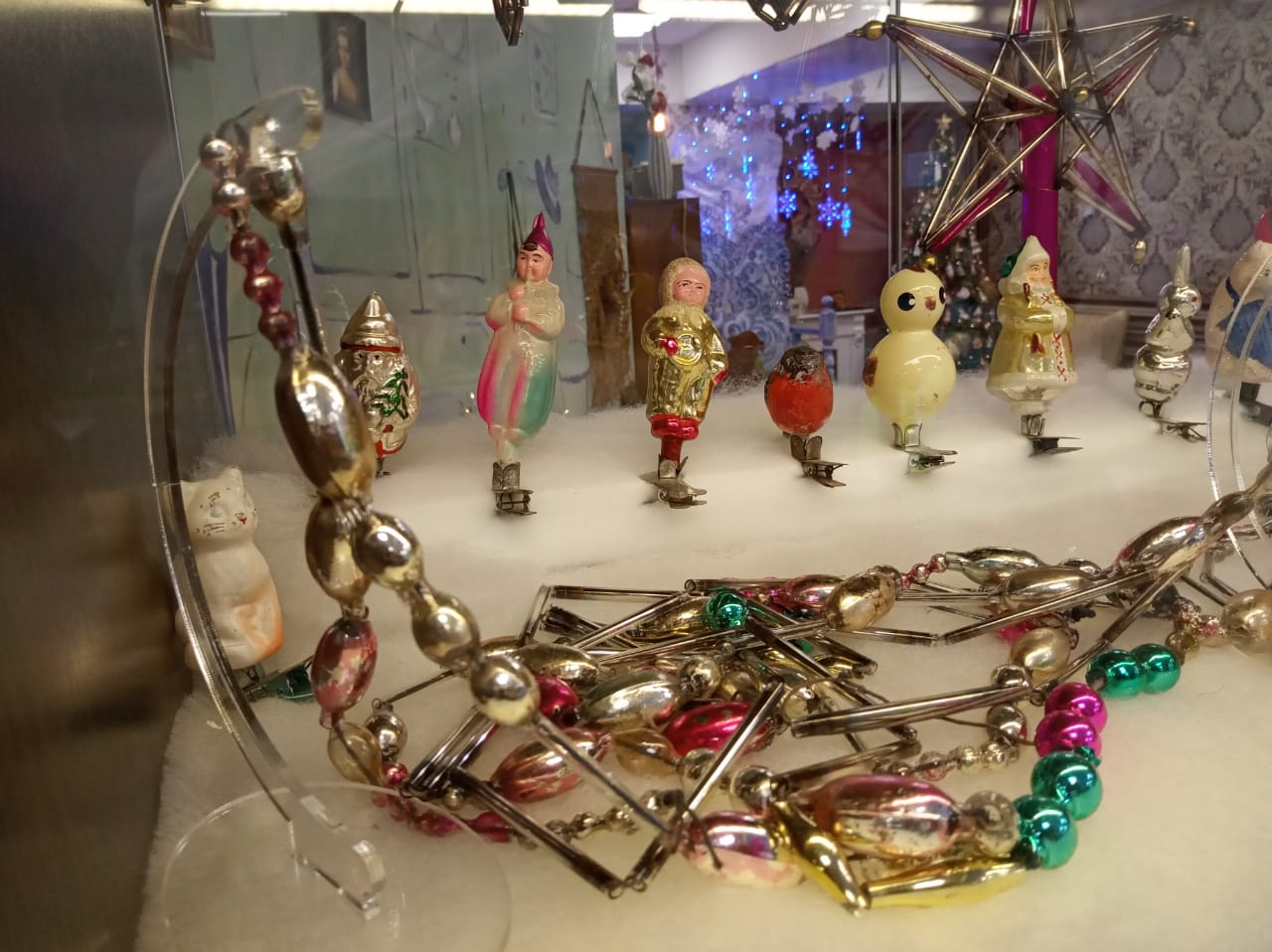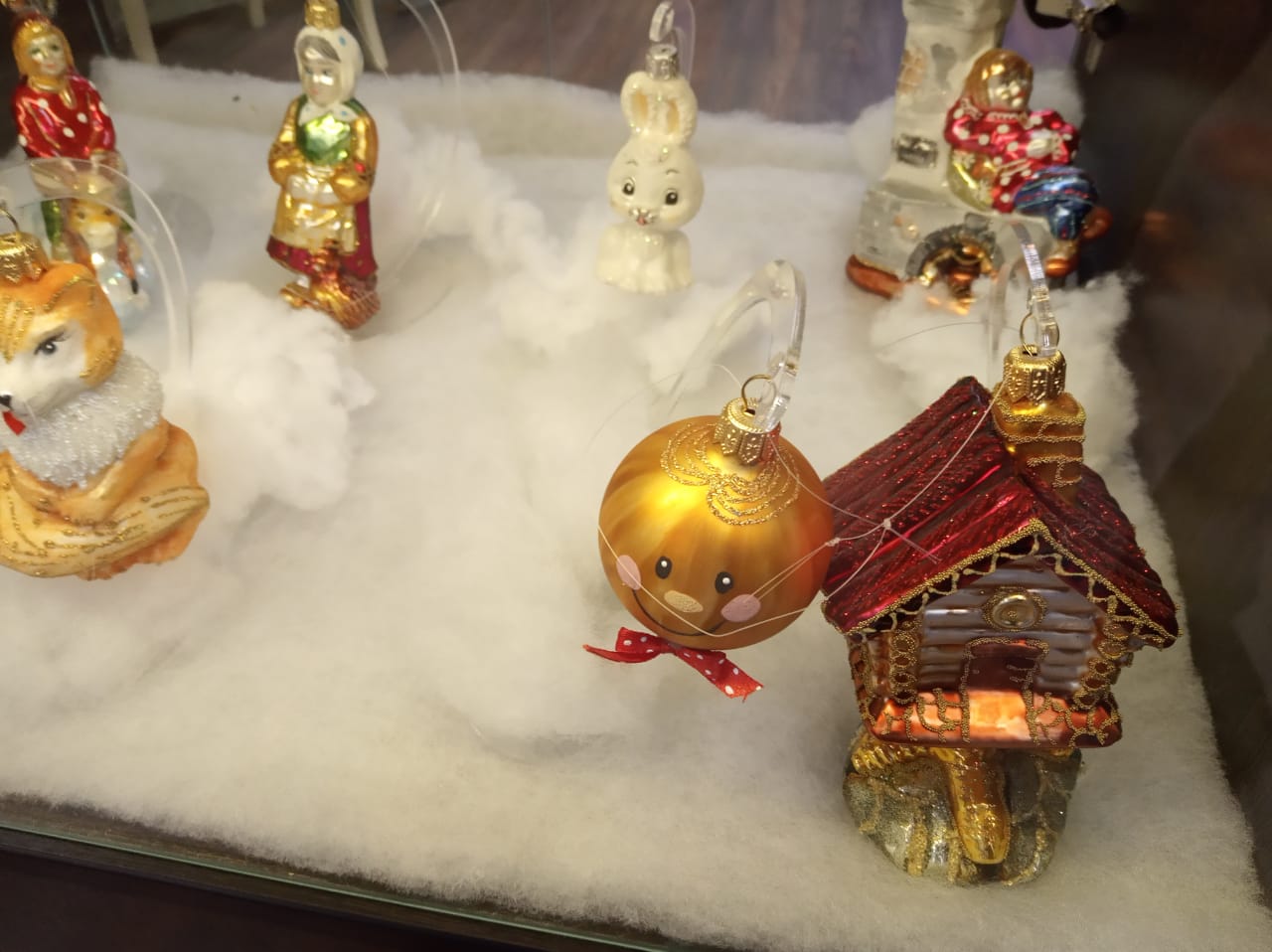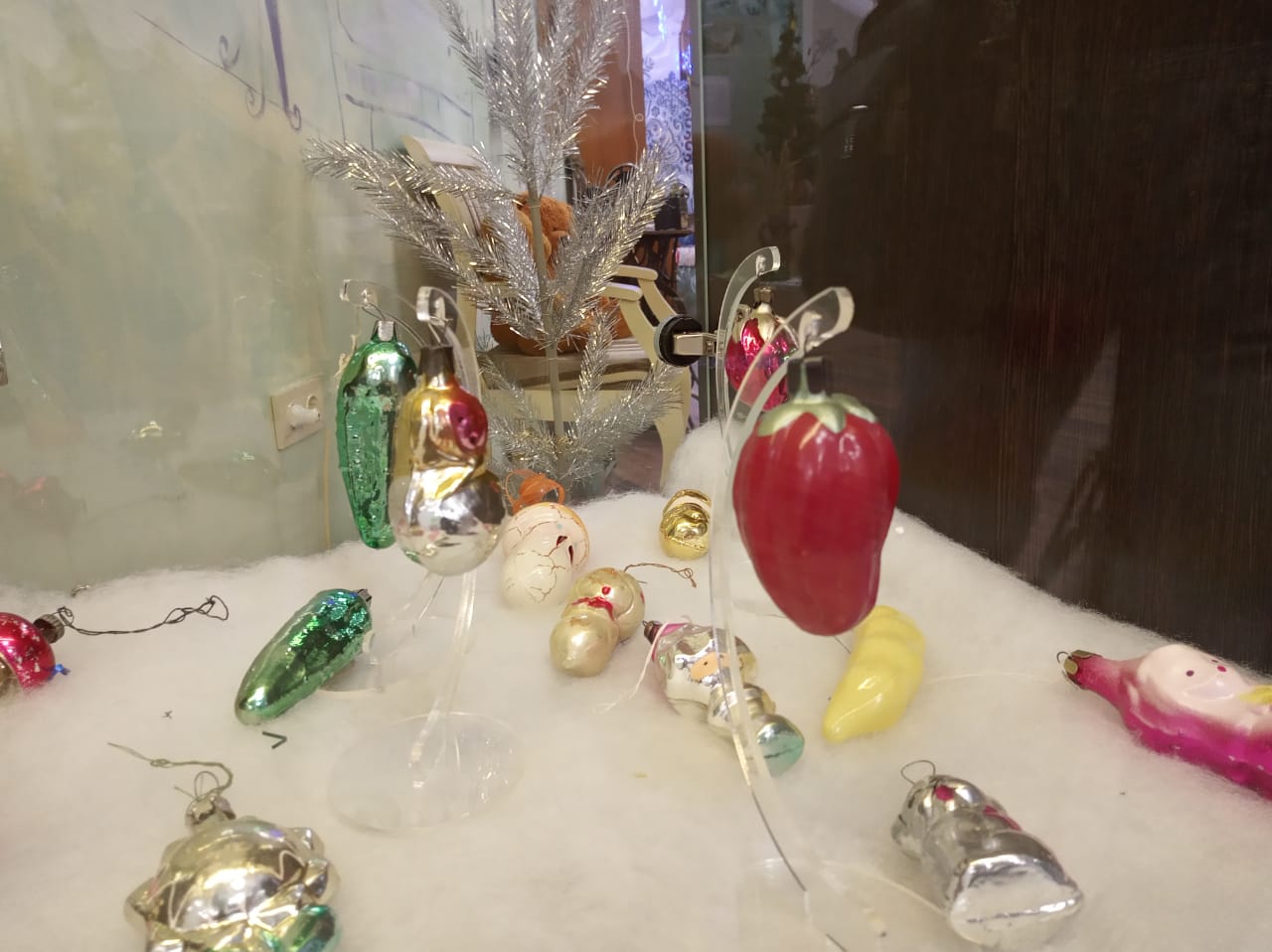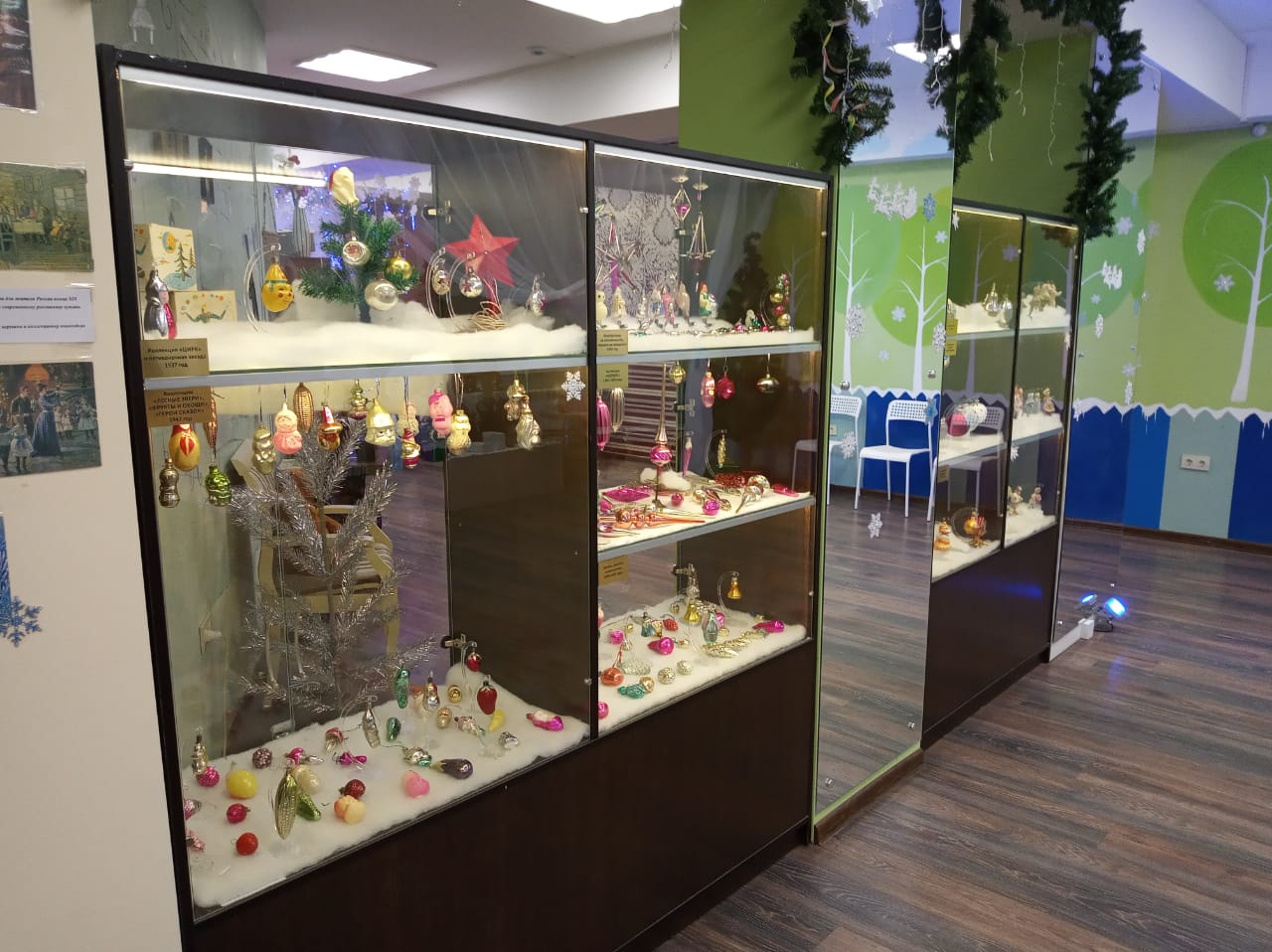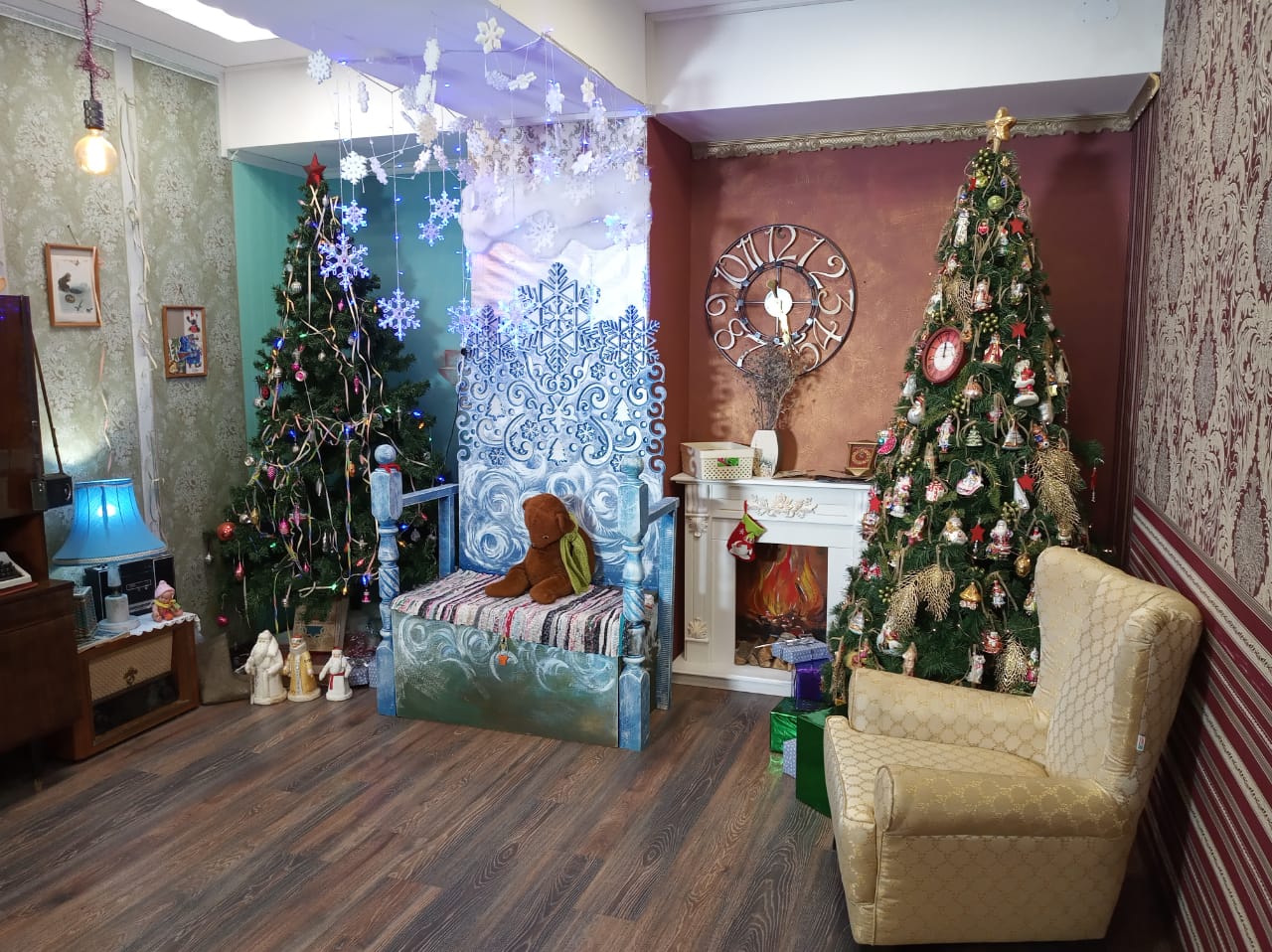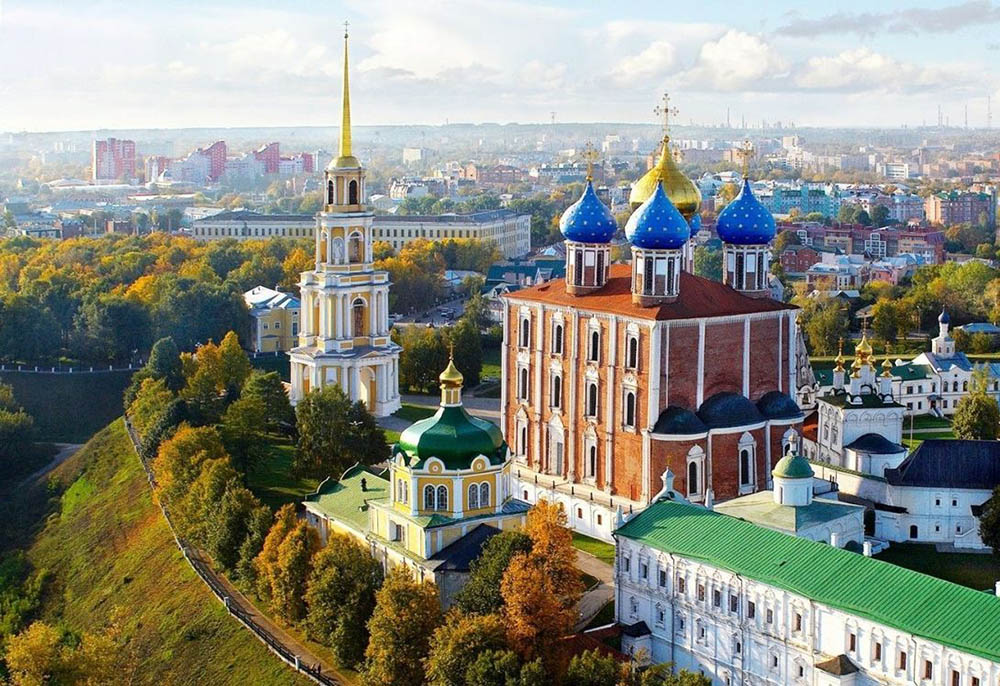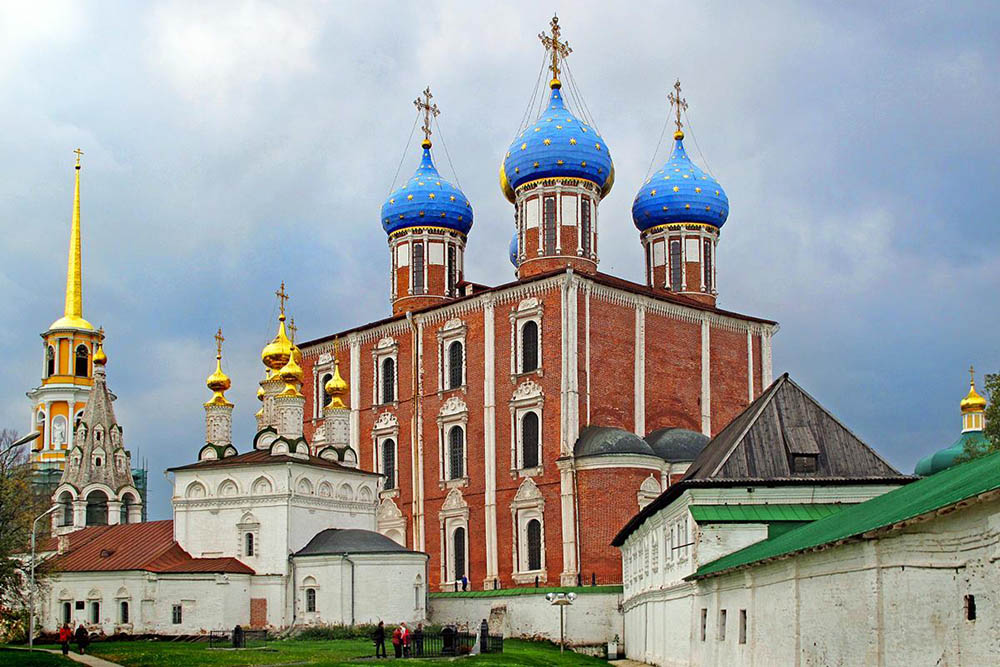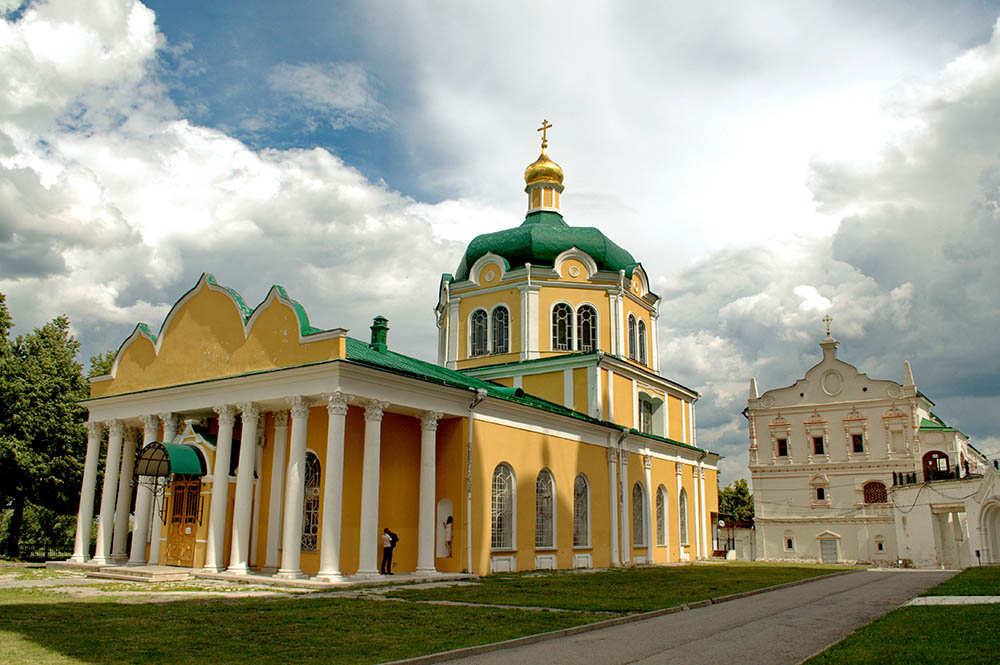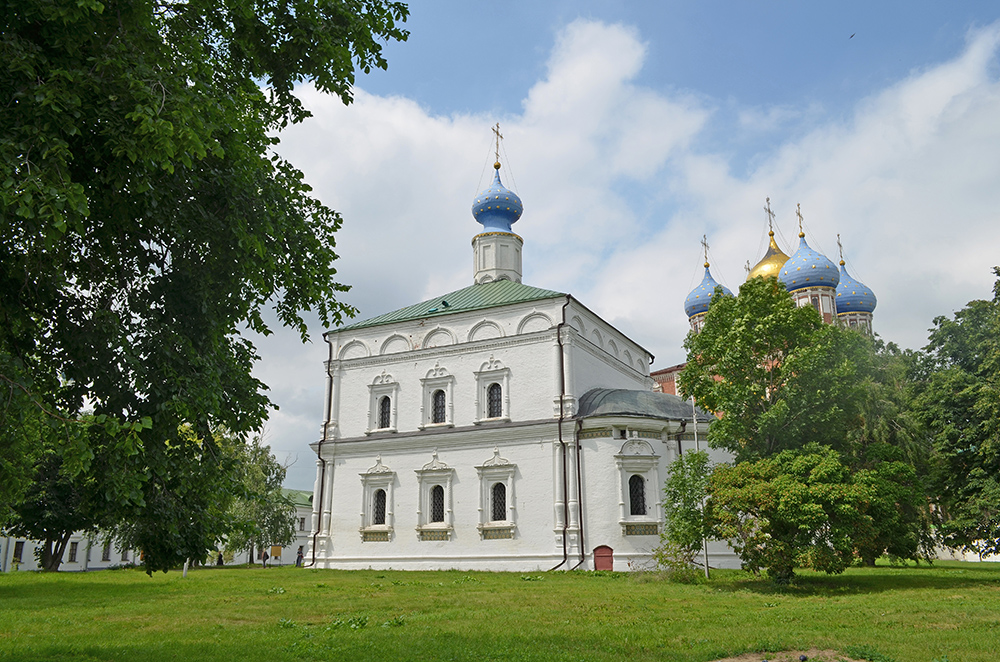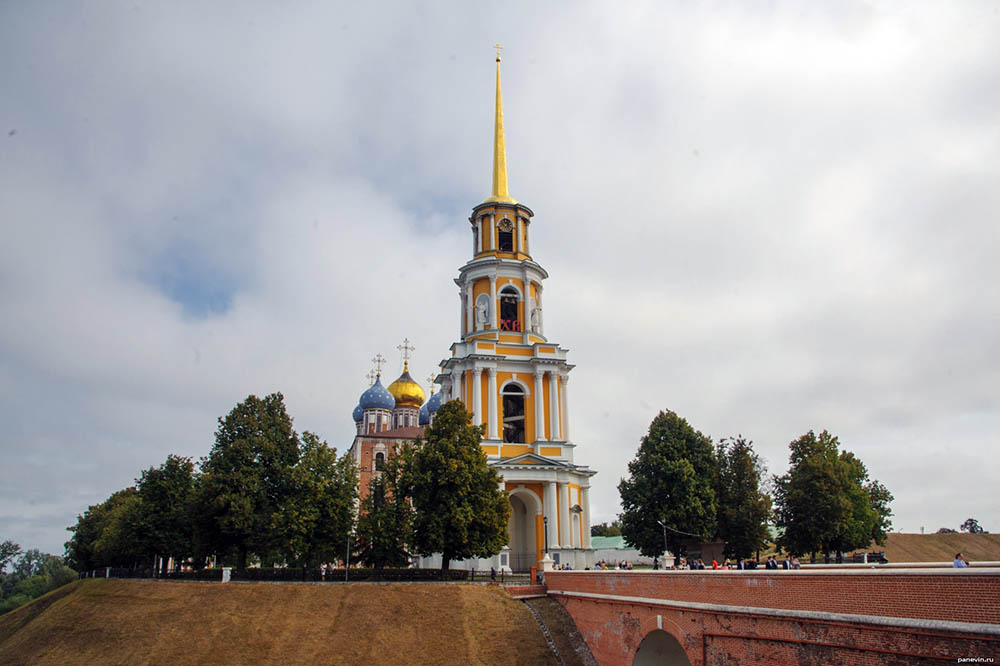Over the duration of the cross-regional expedition, from October 11 to October 22, the team of the Association of Private Museums of Russia traveled 3100 km visiting 19 private museums in nine Russian regions.
Moscow – Vladimir – Suzdal – Ivanovo – Ples – Kostroma – Nizhny Novgorod – Kazan – Ulyanovsk – Samara – Penza – Ryazan – Moscow
Vladimir
Vladimir. Brief introduction
Local historians believe that the city was founded in 990 by Kievan Prince Vladimir Svyatoslavich.
Visited places
Eureka Science and Technology Museum
Vladimir, Bolshaya Moskovskaya st., Building 11The true value of the exhibits in this museum lies in their historical role in the development of world science. Through games visitors, mostly children, learn the laws of physics and the phenomena of the world around them.
Vladimir Lights Museum
Vladimir, Bolshaya Moskovskaya st., Building 11The museum presents the history of the city lamps – from rushlights and kerosene lamps to modern led lights. On your tour to the Vladimir Lights Museum, you can learn how the city was illuminated in the past for different classes of the population.
Museum of Dolls and Teddy Bears
Vladimir, Oktyabrskaya st., Building 2AMany countries have museums celebrating handmade art dolls and Teddy bears. Art dolls are real works of art, created by world-class masters since 1902.
The Borodin Smithy Museum
Vladimir, Georgievskaya, 3gThe Borodin Smithy Museum and Workshop is a working blacksmith shop as well as a museum, aiming to preserve and revive the ancient art of blacksmithing.
The Assumption Cathedral
Vladimir, Bolshaya Moskovskaya street, 56The Assumption Cathedral is the oldest building in Vladimir. It was founded by Grand Prince Andrey Bogolyubsky in 1158. It is located on the steep bank of the Klyazma river.
The Cathedral of Saint Demetrius
Vladimir, Bolshaya Moskovskaya street, 60The Cathedral of Saint Demetrius was founded in 1194 by order of Grand Prince Vsevolod the Big Nest and was consecrated in honor of Saint Demetrius of Thessaloniki, the holy patron of Prince Vsevolod.
The Golden Gate
Vladimir, Dvoryanskaya street, 1AThe Golden Gate was built during the reign of Grand Prince Andrey Bogolyubsky, along with four other gates that controlled access to Vladimir – Copper, Irininy, Silver, and Volga gates.
Cathedral of the Nativity
Vladimir, Bolshaya Moskovskaya street, 68The Nativity Cathedral, which was originally built in the XII century, and then repeatedly destroyed and rebuilt again, and in which Alexander Nevsky was buried in 1263 (after five centuries his relics were transported to St. Petersburg).
House-Museum of Stoletov brothers
Vladimir, st. Stoletov, 3The house-museum of the Stoletov brothers, showing the life of the family from which came the hero of the Russian-Turkish war, General Nikolai Stoletov and the famous scientist physicist Alexander Stoletov.
Nicholas Kremlin Church
Vladimir, Bolshaya Moskovskaya st., 66ANicholas Kremlin Church, named after Nicholas the Wonderworker. Now it houses the Planetarium.
Official places
Vladimir, Bolshaya Moskovskaya st., 58Public places built in the classicism style at the end of the 18th century, on the ground floor of which there is the Children Museum Center, and on the first floor – an art gallery and an exposition dedicated to the history of the provincial nobility.
Yurinsky spring
Yurino VillageThe spring is located in a hollow between the villages of Oderikhino and Yurino (one and a half kilometers from the latter) of the Sobinsky district of the Vladimir region. The source is equipped, trapped, drained through a metal pipe. The water is clean and tasty. The area around the spring is picturesque – fields with rare islets of copses, ecologically clean and deserted.
Holy spring of Alexander Nevsky
Chamerevo Village
ATTRACTIONS AND MEMORABLE PLACES
Springs (Vladimir)
Партнёры
Ivanovo
Ivanovo. Brief introduction
Ivanovo, as any ancient Russian city, has a rich and complex history, that has become intertwined with myths and mysteries over the centuries. Learning the history of the city helped us to dispel the stereotypes of the "city of brides" and to see it in all its diversity. First and foremost, Ivanovo is the jewel of the Golden Ring of Russia.
Visited places
Soviet Car Industry Museum
Ivanovo, Paris Commune st., Building 16Ivanovo entrepreneur and businessman Boris Vlasov has built a collection of cars produced on automotive enterprises of our country.
Transfiguration Cathedral
Ivanovo, st. Kolotilova, 44The cathedral was built in the late 19th century, funded by local industrialist M.N.Garelin, it is one of the most beautiful buildings in the city: the walls of the main cube are completed with kokoshniks, decorative towers with tented roofs are placed in the corners.
Holy Dormition Monastery
Ivanovo, st. Smirnova, 76The monastery is located near the wooden church that has been moved there from the former Pokrovsky Monastery, right next to the former Ivanovo-Uspensky (Dormition) Cemetery on the outskirts of the village.
Museum of the Artist A.I.Morozov
Ivanovo, st. Bagaeva, 57The house was built in 1910 by L.P.Auer, a Russian nobleman of Austrian descent, and in 1923 was passed to Dr.M.S.Vihman, a close friend of Morozov. It was this very house that the artist then chose to create a museum of his art.
Joy of All Who Sorrow Church
Ivanovo, Rabfakovskaya st., 7The full name reads: Church of the Icon of the Mother of God “Joy of All Who Sorrow”. It was built in 1901, designed by the architect P.G.Begen and is rightly considered one of the most beautiful churches in Ivanovo.
Museum of Ivanovo Chintz
Ivanovo, st. Baturina, 11/42The exposition of the museum is devoted to the main specialization of the “textile capital” of Russia and tells about the development of the sewing business in Ivanovo from ancient times to the present day. The museum was opened in 1987 and is located in a mansion built at the beginning of the 20th century in the Art Nouveau style by order of the industrialist D.G. Burylin. The collection is based on a collection of items from his personal collection. A large part of the museum’s exposition is devoted to the work and life of one of the most famous natives of Ivanov – fashion designer Slava Zaitsev.
Temple of the Vladimir Icon of the Mother of God
Ivanovo, Lezhnevskaya st., 118AThe appearance of this red-brick church clearly shows the influence of the Yaroslavl and Moscow churches of the 17th century. The temple was erected at the beginning of the 20th century at the expense of several Ivanovo industrialists. Among other churches of Ivanov, this five-domed church stood out for its four-tiered iconostasis with icons in the ancient Moscow style.
The Holy Spring of St. Mitrophan of Voronezh
Sidorovskoe VillageThe spring is located on the territory of the Church of the Nativity of John the Baptist. The stone temple was consecrated in 1797.
The Holy Spring of St.Tikhon of Lukhovsk
Bagachanovo VillageThe Holy Spring of the Icon of the Mother of God Live-giving Spring
Beklemishchi VillageThe Holy Spring of St. Nicholas the Wonderworker
Sergeevka Village
ATTRACTIONS AND MEMORABLE PLACES
Springs (Ivanovo)
Ples
Ples. Brief introduction
The ancient Russian town of Ples is located on the right bank of the Volga river. It is a fascinating place full of quiet beauty.
Visited places
Decorative Glass and Painting Museum
Ples, Leo Tolstoy st., Building 17In the house-museum of the Honored Artist of Russia Alexander Ivanovich Timofeev, they do not draw curtains, especially when they have guests over. The windows are stained-glass, real artworks made of colored glass.
Wedding Museum
Ples, st. Freedom Mountain Descent, 1The exposition is located in a wooden house that once belonged to a wealthy pharmacist and tells about the peculiarities of the traditional Russian wedding ceremony. Most of the museum exhibits were once a wedding dowry, and from the guide story, you can learn a lot of interesting things about the tricks and tricks that the interested parties went to in order to get married.
Levitan Mountain
Ples, Zarechnaya SlobodaThe original name of this Volga hill is Petropavlovskaya Gora, its current name it received in honor of the famous artist Isaac Levitan, who glorified Ples and stunning Russian landscapes in his works. The artist spent a lot of time on the mountain, having painted some of his most famous canvases here. A monument to Levitan is erected on the mountain – the artist is depicted standing in front of an easel and absorbed in work.
Wooden Resurrection Church
Ples, Levitan Mountain st., 5Earlier on this place there was a small wooden church of the XVI century (according to legend, it was for the sake of this picturesque temple that Levitan decided to stay in Ples). Unfortunately, that church burned down in 1903, and 80 years later, exactly the same church was installed in its place, transported from the village of Biryukovo, Ilyinsky district, Ivanovo region.
Church of St. Barbara
Ples, Varvarinskaya st., 19ADue to its high bell tower and location on a high bank, this church is the first to catch the eye of those who arrive in Ples by water. Today, the landscape of the Volga bank and the church remains exactly the same as it was captured by Levitan in the painting Evening. Golden Ples in 1890.
Landscape Museum
Ples, st. Lunacharsky, 20The museum, founded in 1997, occupies the building of the merchant mansion of the Groshev-Podgornovs, located at the very end of the city embankment – it is depicted in Levitan painting Golden Ples.
House-Museum of Levitan
Ples, st. Lunacharsky, 4/1The museum was founded in 1972 and occupies a spacious estate that once belonged to the local merchant Solodovnikov. The collection is represented by both the works of Levitan himself and his friends A.S. Stepanov and S.P. Kuvshinnikova, who came to Ples together with Levitan in 1888-1889.
Holy spring of the Monk Leonty Mikhailovsky
The village of MikhailovskoeNot far from Ples, in the village of Mikhailovskoye, there is a holy spring of St. Leonty. It appeared in 1972, the year of the death of Saint Father Leonty. This man went the path of suffering, but his faith was so strong and strong that he accepted this suffering with gratitude. In 1972, next to the grave of the elder, a spring came, the water of which turned out to be healing. People went to the Holy Spring to be healed from ailments and diseases. In 1996, a chapel with a bath was built over the Holy Spring.
ATTRACTIONS AND MEMORABLE PLACES
Springs (Ples)
Kostroma
Kostroma. Brief introduction
It is generally believed that the city on the left bank of the Volga river was founded in 1152, and its founder was Prince Yuri Dolgoruky, despite the fact that the Merya people inhabited the region much earlier.
Visited places
The House of the City Mayor G.N.Botnikov Museum
Kostroma, st. Sverdlova, 10The house was turned into a museum in 2014, thanks to the program Private initiative in support of Russian province and the Russian Museum Studies project, developed by Nikolay Viktorovich Kuzovlev.
Cheese Museum
Kostroma, st. Tchaikovsky, 19Kostroma, being one of the favorite cities of Russian tourists is also famous for its master cheesemakers. Every tourist that comes to Kostroma always buys a small brick of the so-called delicious gold of Kostroma.
The «Snow Maiden Tower» Exhibition and Entertainment Center and the Snow Maiden Fashion House
Кострома, Лагерная ул., 38To celebrate Snow Maiden, a character of a Russian fairy-tale businessman Mikhail Popov established two museum centers – Snow Maiden Tower, designed in the style of wooden architecture, and the Snow Maiden Fashion House Museum.
The interactive museum of Snow Maiden’s Fashion is a display of rich imagination and creativity.
Jewelry Art Museum
Kostroma, Sovetskaya st., 7The exhibits at the Museum created by local entrepreneur Andrey Vitalyevich Smirnov, tell the story of the emergence and the development of the Kostroma jewelry industry.
Monument To Ivan Susanin
Kostroma, st. OstrovskyStrangely, there is no monument to the national hero on Susanin square. Actually, there was one, a monument depicting the majestic figure of Tsar Mikhail Romanov and the modest peasant Ivan Susanin, but in 1917 the former no longer matched the abruptly changed socio-political situation, so the monument was demolished.
Fire Tower
st. Simanovsky, 1The Kostroma Fire Tower is a symbol of the city as well as its «point zero».
Borshchov House
Kostroma, st. Shagova, 1The Borshchov House is a stately mansion located on the central square of Kostroma. Being built on a truly metropolitan scale, in modest Kostroma it looks like a real palace. However, despite its size, the house fits perfectly into the general panorama of Susaninskaya Square and is in perfect harmony with the buildings of the fire tower and guardhouse.
Romanov Museum
Kostroma, prospect Mira, 5The opening of the museum took place on May 19, 1913 in the presence of the imperial family, during the celebrations marking the 300th anniversary of the Romanov dynasty. Almost all of the museum exhibits are in one way or another connected with the Russian tsarist dynasty – they are located in the church, historical, ethnographic, numismatic and other departments. Currently, the building, built in the form of an old Russian tower, is part of the Kostroma Historical and Architectural Museum-Reserve.
Drama Theater named after A.N. Ostrovsky
Kostroma, prospect Mira, 5The Kostroma Drama Theater, founded in 1808, is one of the oldest in Russia. The modern theater building was built in the middle of the 19th century and quickly became one of the main attractions of Kostroma and its main theater venue.
Trading Rows
Kostroma, st. SovietBefore the revolution, Kostroma was a relatively wealthy city, one of the main trade and craft centers of the Volga region. The current Market Rows appeared at the end of the 18th century, after a fire destroyed old wooden merchant houses and shops. The complex of Kostroma Trading Rows is one of the largest preserved shopping centers in Russia from the late 18th – early 19th centuries. The complex, numbering more than 20 buildings, was built over a hundred years – this explains the slight differences between the buildings with a stylistic commonality.
The Holy Spring of the Feodorov Icon of the Mother Of God
Kazhirovo VillageThe Holy Spring of the Venerable Barnabas, Abbot of Vetluga
Rozhdestvenskoe Village
ATTRACTIONS AND MEMORABLE PLACES
Springs (Kostroma)
Nizhny Novgorod
Nizhny Novgorod. Brief introduction
Nizhny Novgorod is the capital of the Volga region and the fifth largest metropolis in Russia, leading its history from the 13th century. The magnificent old Russian city is located at the meeting point of the Oka and Volga rivers in the central part of the East European Plain. Nizhny, as the townspeople call it, has preserved the spirit of antiquity today.
Visited places
Museum of entertaining sciences Kvarki
Nizhny Novgorod, st. Rodionova, 165, bldg. 13This is a museum, the true value of which lies not in the exhibits themselves, but in the understanding and disclosure of their purpose and role in the history of the development of engineering thought in the field of physics and all mankind in general.
Nizhny Novgorod Kremlin
Nizhny Novgorod, Kremlin, 1The Nizhny Novgorod Kremlin is the semantic center and birthplace of Nizhny Novgorod. It was here at the beginning of the 19th century that a powerful fortress arose to protect the eastern borders of Russia from Tatar raids
Nizhny Novgorod Drama Theater named after Gorky
Nizhny Novgorod, Bolshaya Pokrovskaya st., 13The first theater in Nizhny Novgorod emerged at the end of the 18th century, when Prince Shekhovskoy, who had moved here from the capital, brought his own serf theater with him. The modern theater building was built in 1896 specifically for the opening of the All-Russian Industrial and Art Exhibition – at this moment in its history, Nizhny Novgorod looks like Paris, where the famous Eiffel Tower was also built for the opening of the exhibition
State Bank building
Nizhny Novgorod, Bolshaya Pokrovskaya st., 26The building, which outwardly resembles a mixture of a medieval castle and boyar chambers, was erected in 1913 to commemorate the 300th anniversary of the victory over the Polish-Lithuanian invaders and the three-century reign of the Romanov royal house – the opening ceremony of the bank was honored by the presence of Emperor Nicholas II himself.
Monument to Valery Chkalov
Nizhny Novgorod, Minin and Pozharsky squareThe monument to the legend of Soviet aviation was erected on the high Volzhsky Slope in 1940, two years after the death of the famous pilot and native of Nizhny Novgorod. Valery Chkalov is depicted staring at the sky, and at his feet on a pedestal you can see a map of the Northern Hemisphere with the routes of his two most famous flights: from Moscow to Udd Island and from Moscow without landing through the North Pole to Vancouver.
Maryevsky spring
Nizhny Novgorod region, Arzamas district, rural settlement Abramovsky village councilSpring at the Oran Monastery
Nizhny Novgorod region, Oranki village, Pochtovaya st., 2It is located on the territory of the Oran Bogoroditsky Monastery. The entrance to the source is free. There is an equipped indoor swimming pool.
Holy springs of the 12 apostles
Nizhny Novgorod region, Vadsky district
ATTRACTIONS AND MEMORABLE PLACES
Springs (Nizhny Novgorod)
Kazan
Kazan. Brief introduction
Kazan is the capital of the Republic of Tatarstan, a large and developed city. Kazan was founded over a thousand years ago - in 1005. The city arose on the Volga, at the intersection of trade routes between East and West. In the XV-XVI centuries Kazan was the capital of the Kazan Khanate, the heir to the Golden Horde. In 1552, Ivan the Terrible conquered Kazan, and the Khanate became part of Russia. In memory of this event, the Cathedral of St. Basil the Blessed was built on Red Square in Moscow
Visited places
Chak-chak museum
Kazan, st. Paris Commune, 18AThe museum keeps the history of the life of the Tatar urban merchants of the XIX-XX centuries, the spirit of the time is conveyed through the eastern sweetness of chak-chak, which was traditionally prepared by the Tatar population from flour, eggs, butter and honey
Museum of the Kazan Icon
Kazan, Bolshaya Krasnaya st., 10The private museum, founded by the collector and philanthropist Valery Sorokin, is located in a merchant house, next to the Kazan Kremlin, near the Kazan Mother of God Monastery
City Panorama Museum
Kazan, st. Dzerzhinsky, 7This museum reflects the deep culture of the city of Kazan, reveals both history and its present. With the help of the latest technologies used in the creation of a museum of a new format, visitors can see the capital of Tatarstan in the past and, of course, compare it with Kazan in the present.
Epiphany Cathedral
Kazan, st. Bauman, 78, bldg. 1The most important religious monument in Kazan. The small church impresses with its beauty – blue masonry and golden domes resemble the sky on a sunny day. Initially, the cathedral was a small stone church, gradually surrounded by other church buildings
Kazan Kremlin
Kazan, Kremlin territoryThe main attraction of Kazan. Cultural and historical ensemble, where 1.5 thousand square meters. meters collected important monuments of the XII-XX centuries. Here Russian and Tatar cultures are harmoniously intertwined, and the variety of styles creates a special zest. After numerous destruction during the war and Soviet times, restoration work was carried out, restoring important monuments.
Annunciation Cathedral of the Kazan Kremlin
Kazan, Kremlin territoryThe oldest building on the territory of the Kremlin. The church is considered an example of Pskov architecture, although its original appearance, unfortunately, has not been preserved to this day. The shrine was repeatedly burned, and it had to be restored, while making some adjustments
Kazan Family center
Kazan, st. Sibgata Hakim, 4Built not so long ago, namely in 2013, the center, which is the Wedding Palace, quickly won universal love and fame. And all thanks to its unusual shape
Temple of all religions
Kazan, Staro-Arakchinskaya st., 4Еще одна современная достопримечательность. Была построена Ильдаром Хановым на его личные средства и средства единомышленников. Храм не является религиозным учреждением. Он был создан как центр духовного единения и культурного просвещения. В архитектуре можно увидеть православные купола, пагоды, мечети, синагоги и прочие божественные жилища других религий, а том числе и исчезнувших цивилизаций.
National Museum of the Republic of Tatarstan
Kazan, Kremlin street, 2The largest museum of Tatarstan, whose history began more than 100 years ago, and the building in which it is located is considered an architectural monument. Its halls contain more than 780 thousand exhibits, starting with the life and life of ancient people
Spring Stone ravine
Republic of Tatarstan, Aksubaevsky districtAltai Spring
The village of ErsubaykinoSpring, holy source of the great martyr Paraskeva Friday
Laishevsky district, Bima village
ATTRACTIONS AND MEMORABLE PLACES
Springs (Kazan)
Ulyanovsk
Ulyanovsk. Brief introduction
Ulyanovsk is a Russian city with an interesting history, located in the center of the Middle Volga region. It is built in a picturesque area on the banks of the Volga River. For almost 100 years, the name of the city has invariably been accompanied by the definition Lenin homeland, and today many memorable places in Ulyanovsk are inextricably linked with the name of the leader of the world proletariat. However, it is to Ilyich that local ethnographers and tourists are obliged to have preserved fine examples of pre-revolutionary provincial architecture. At one time, many parts of the city associated with the Ulyanov family were declared protected. Thus, perfectly restored old quarters have survived to our time, which are a bait for curious travelers. Simbirsk, as Ulyanovsk was called until 1924, has long been called the city of three rivers: the Volga, Sviyaga and Simbirka. These waterways served as its natural boundaries and connected with other centers of the Volga region
Visited places
Balalaika Museum. Balalaiker manufactory
Ulyanovsk, st. Bebel, 19Evgeny Kharlamov and Sergei Klyuchnikov, founders of the private Balalaika Museum in Ulyanovsk, have collected a collection of ancient Russian musical instruments of the late 19th – early 20th centuries, which are almost never found in living
House of Goncharov
Ulyanovsk, st. Goncharova, 20The magnificent mansion is both a historical and an architectural landmark of Ulyanovsk. The famous Russian writer Ivan Goncharov was born in one of his rooms in 1812. The facade of the building looks elegant. It is decorated with rustic wood, arkature belts, attics, an elegant balcony with an elegant fence. The mansion acquired the third floor under the new owner – the successful merchant Karl Jürgens, and the elegant clock tower in the corner of the house appeared in 1975.
Memorial on Victory Square
Ulyanovsk, square of the 30th anniversary of VictoryThe memory of the heroes who gave their lives for the liberation of the Motherland from the Nazis is sacredly honored in the city. In the year of the celebration of the 30th anniversary of the great Victory, a memorial was solemnly opened in Ulyanovsk. The composition consists of several elements. Its dominant feature is a pentahedral 47-meter white stele topped with a laurel wreath and a five-pointed star. Not far from the obelisk, towering over the massive stylobate, there is a sculptural composition depicting a group of soldiers who rose to the last attack and a bowl of eternal flame. The ensemble of the memorial includes marble memorial plates with the names of townspeople who died during the armed conflicts in Afghanistan and the Chechen Republic.
Monument to V.I. Lenin
Ulyanovsk, Cathedral SquareMonument to V.I. Lenin, who was born in Simbirsk, who spent his childhood and youth here, remains an iconic landmark of the city, renamed in honor of the leader of the world proletariat, despite any changes in the historical situation. The monument looks really majestic. To create a 6.5-meter sculptural embodiment of the image of Ilyich, it took more than 13 tons of bronze. The statue is placed on a massive pedestal of gray-pink granite, 7.8 meters high. The author of the monument is one of the outstanding sculptors of the Soviet era – M. Manizer.
Imperial bridge
Ulyanovsk, Imperial bridgeThe grand opening of the railway bridge across the Volga, which had been under construction for almost 3 years, took place in 1916. At that time, the engineering structure with a length of more than 3 km, consisting of 20 girder spans, had no analogues in Europe. After reconstruction, carried out in the middle of the last century, the bridge acquired two lanes for road traffic. A tragic story is connected with this iconic landmark of Ulyanovsk. In 1983, a motor ship plying along the Volga crashed into the structure with a superstructure. Several carriages of the train passing over the bridge then capsized, and part of the ship’s premises, where the passengers were, was actually crushed. A monument to 170 victims of the tragedy is erected on a small island under the aisles of the structure.
White spring
White spring villageUndorov springs
Undory villageThe holy source of the Archangel Michael
Komarovka villageKsenyushkin spring
Arskoe village
ATTRACTIONS AND MEMORABLE PLACES
Springs (Ulyanovsk)
Samara
Samara. Brief introduction
Samara is a city in the Russian Federation, one of the largest industrial, cultural and scientific centers in Russia. The city is located on the left bank of the Volga River. Samara is a large junction of railway lines and highways, the city has a river port and an airport, since 1987 a subway has been operating. The main branches of urban industry: aerospace engineering (production of space technology, aircraft), aircraft engines, mechanical engineering and metalworking, ferrous and non-ferrous metallurgy, oil refining, electrical engineering, light industry, food industry
Visited places
Motorworld of Vyacheslav Sheyanov Museum
Samara region, Petra Dubrava, st. Klimova, 2BThe Motorworld of Vyacheslav Sheyanov Museum contains a collection of the best, unique and rare motorcycles produced in 14 countries. All over the world, some motorcycles from this collection have survived only in two or three copies. The museum introduces the world history of the development of motor vehicles, scientific engineering, transfers to the golden age of motor-building, which peaked in the 30s-40s of the last century
Kuibyshev Square in Samara
Samara, Kuibyshev squareLocals love to tell tourists that their Kuibyshev square is the largest in Europe. However, this is not quite true. Even in our country, Moscow Square in St. Petersburg is ahead of it. But the main urban space of Samara is still impressive in its size. In the center of the square, there is a monument to the revolutionary Valerian Kuibyshev, whose name the city bore until 1991. And behind the figure is the building of the Samara Opera and Ballet Theater.
Stalin bunker
Samara, st. Frunze, 167The secret bunker was built in 1942 when the Moscow government was evacuated to Samara. The official name of the structure is the bomb shelter of the headquarters of the Supreme Commander-in-Chief. Its depth is 37 meters, which is practically equal to the height of an 11-12-storey building. This is one of the largest bunkers in the world. And there is something to see in it: a meeting room, the office of the leader, as well as an exposition telling about the city during the war years.
Iversky Convent
Samara, Volzhsky prospect, 1The Orthodox Iversky Convent dates back to 1860. By the beginning of the 20th century, at least 400 nuns and novices lived within its walls. During the Soviet years, the monastery was closed and partially destroyed – the authorities needed a place for the construction of residential buildings. Even the Assumption Church, considered the second largest temple in the city, was not spared. The revival of the monastery began in 1992.
Space Samara Museum
Samara, ave. Lenin, 21The main exhibit of the museum opened in 2007 is the 68-meter Soyuz launch vehicle. It was created at the local Progress plant in 1984. The R-7 has never flown into space, but it still looks very exciting. In the museum and exhibition center itself, you can look at space devices, models of spaceships, learn about the everyday life of astronauts, their way of life and nutrition in orbit.
Museum-Estate of Alexei Tolstoy
Samara, st. Frunze, 155The Alexei Tolstoy Museum (also known as the Literary Museum) is located in a real estate where the famous writer lived in his youth. The exposition of the museum is interesting, but even more interesting is the small garden with gazebos, preserved in perfect condition. Here tea parties are periodically organized, concerts, literary readings, performances and fairs are held. And also a monument to Buratino, the most famous of the heroes of Alexei Tolstoy, has recently appeared next to the museum.
House-Museum of Lenin in Samara
Samara, Leninskaya st., 131The Museum of the Leader of the Revolution is located on the territory of the estate of the merchant Rytikov. Here the Ulyanov family rented an apartment in 1890-1893. On the first floor of the house-museum there is an exposition dedicated to Lenin life in Samara, his formation as a person. And on the second floor, the furnishings of the Ulyanovs apartment were recreated.
Bor spring
Village NemchankaSpring in the Krasnoyarsk district
Volzhsky village
ATTRACTIONS AND MEMORABLE PLACES
Springs (Samara)
Penza
Penza. Brief introduction
Penza is a city in the Russian Federation, located on the Sura River. Penza is a large industrial and cultural center of Central Russia, a railway and road junction, there is an airport in the city. The leading branch of the urban industry is mechanical engineering. The Penza factory Beacon of revolution produces the highest grades of paper. There are woodworking, food and pharmaceutical industries in the city. The city has a botanical garden, near Penza - the climatic resort of Akhuna.
Visited places
The Reactor Museum of Entertaining Sciences
Penza, Okruzhnaya st., 3BThe Reactor Museum of Entertaining Sciences is one of the scientific and technical museums in which the true value of the exhibits on display lies in their historical role in the development of world science
First Settler Monument
Penza, st. KirovaThe monument is dedicated to the founders of the city, it was installed in 1980. It is a sculptural group on a pedestal, consisting of figures of a horse and a man standing next to him with a spear and plow in his hands, symbolizing a warrior and a plowman (the first settlers had to have a variety of skills in order to survive). There is an observation deck around the monument, from where you can look at the panorama of the city.
Museum of V.O. Klyuchevsky
Penza, st. Klyuchevsky, 66-68The museum was opened in 1991. The exposition was placed on the territory of a wooden house in which the famous historian V.O. Klyuchevsky. The exhibition consists of two sections: the first contains furniture, books, interior items, clothing and archival documents dating back to the 19th century, the second presents Klyuchevsky scientific works, his autographs and photographs.
Assumption Cathedral
Penza, st. Zakharova, 6A picturesque temple of the early XX century, built in an elegant pseudo-Russian style (with elements of the Byzantine) of red brick. The center of the architectural composition is a round tower topped with a dome. In 1934, a military warehouse was located on its territory, but in 1945 services were resumed in the cathedral thanks to the persistence of the parishioners, who constantly applied for the establishment of the institution.
Saint Spring
Lake Soldatskoe, Officer ravineZaseka Spring
Penza, microdistrict. State Farm-Technical School, SNT ZasekaNear Arbekovsky Spring
Arbekovsky forest
ATTRACTIONS AND MEMORABLE PLACES
Springs (Penza)
Ryazan
Ryazan. Brief introduction
Ryazan is an ancient city located in central Russia and one of the thirty largest cities in the country. Ryazan stands on the right bank of the Oka River. A lot of Russian and foreign tourists come to this city, who want to get acquainted with one of the most ancient Russian territories, as well as learn more about folk traditions and original crafts - Skopino ceramics, Mikhailovsky lace, Kadomsky veniza and vine products, which are made in the Shilovsky district of the Ryazan region. ... The old Russian city attracts travelers with picturesque historical buildings and ancient monasteries.
Visited places
Museum of Christmas tree decorations
Ryazan, Munsterskaya st., 3The museum not only preserves the history of Christmas tree decorations, but also in its own workshop, albeit in small quantities, produces new glass Christmas decorations, thus reviving the local ancient craft
The Ryazan Kremlin Museum-Reserve
Ryazan KremlinThe Ryazan Kremlin Museum-Reserve is located on the territory of a former fortress between the rivers Lybedya and Trubezh. It is one of the oldest in Russia, since it was organized in 1884. The construction of stone fortifications in Pereyaslavl Ryazan (modern Ryazan) began in the 15th century. Around the same time, the Assumption and Nativity of Christ Cathedrals appeared. Once upon a time there were three monasteries on the territory of the Kremlin. The main structures were built in the 17th century and have survived to this day.
Assumption Cathedral
Ryazan, st. Kremlin, 13The temple was built at the end of the 17th century according to the project of the famous architect Y.G. Bukhvostov in the Naryshkin Baroque style. Today, experts consider the building to be one of the most significant examples of this style. Inside there is a magnificent 27-meter iconostasis, consisting of seven tiers and decorated with skillful stone carvings – a real masterpiece of decorative art.
Nativity of Christ Cathedral
Ryazan, st. Kremlin, 14Ryazan Cathedral, the first stone building on the territory of the Kremlin. It is believed that it began to be erected in the XIV century under Oleg Ryazansky. The temple was rebuilt several times, since starting from 1522 each bishop strove to add something of his own to its architectural appearance. The building of the 19th century in the classical style has survived to this day. Several princes are buried inside. The cathedral was visited by many Russian emperors.
Spaso-Preobrazhensky monastery
Ryazan, st. Kremlin, 1Male monastery of the XIII (XIV) century, founded under Prince Oleg Ryazansky. Until the middle of the 17th century, all the buildings of the monastery were wooden, only in 1640 the first stone church was built. In 1647, a devastating fire destroyed almost the entire complex. The monastery did not function during the Soviet period. Only in 1996 was it returned to the Russian Orthodox Church. Monastic life was fully resumed here in 2005.
Glebov Bridge and Cathedral Bell Tower
Ryazan, st. Kremlin, 10The 15th century Glebov Bridge connects the Ryazan Kremlin with the Cathedral Park. In the past, it performed defensive functions, and during the siege it rose above the moat so that the enemy could not penetrate the fortress. The cathedral bell tower was erected in several stages in 1797-1840 according to the designs of various architects. The building is over 80 meters high, making it one of the largest in Russia. The tower was built in a strict classical style.
Spring, holy source of the prophet, forerunner and baptist of the Lord John
Iberdus villageHoly spring of the Monk Seraphim of Sarov
Village OtradaHoly spring of Michael the Archangel
Yalino village
ATTRACTIONS AND MEMORABLE PLACES
Springs (Ryazan)
